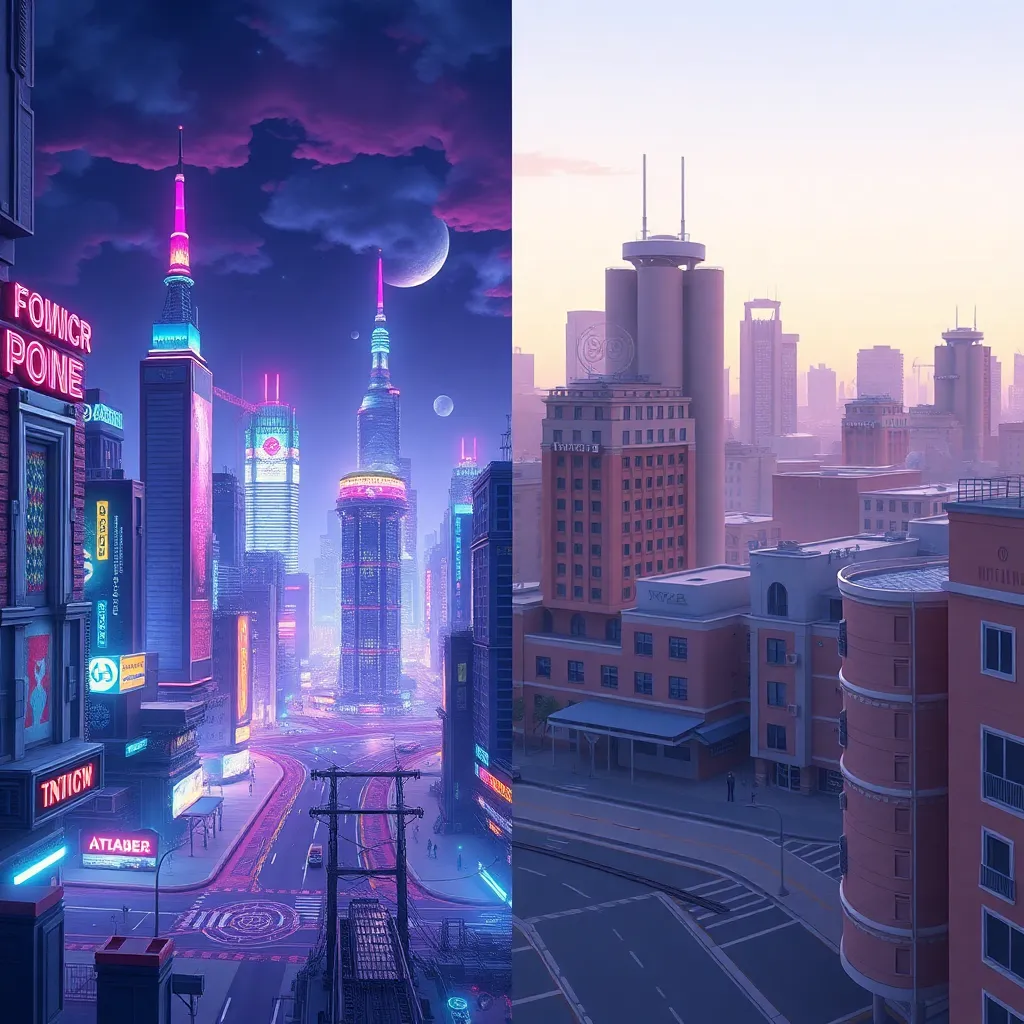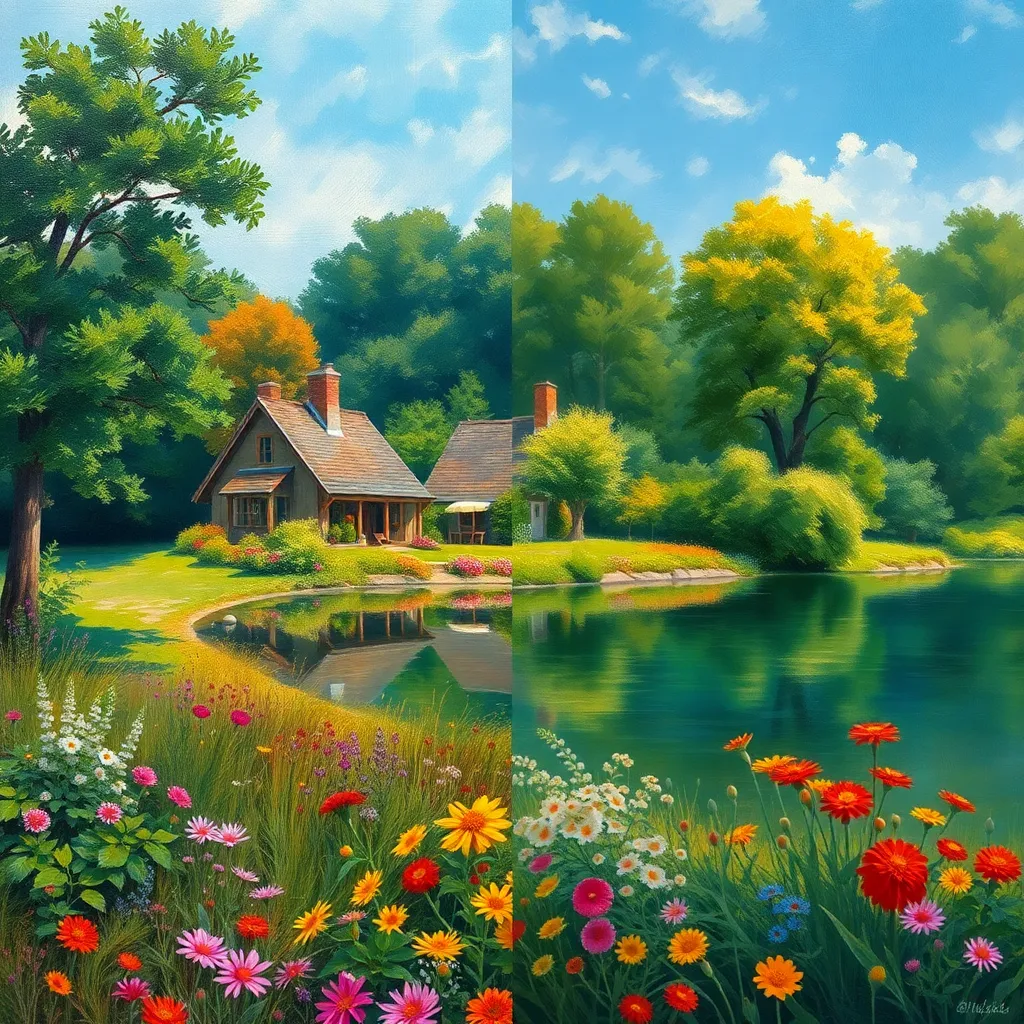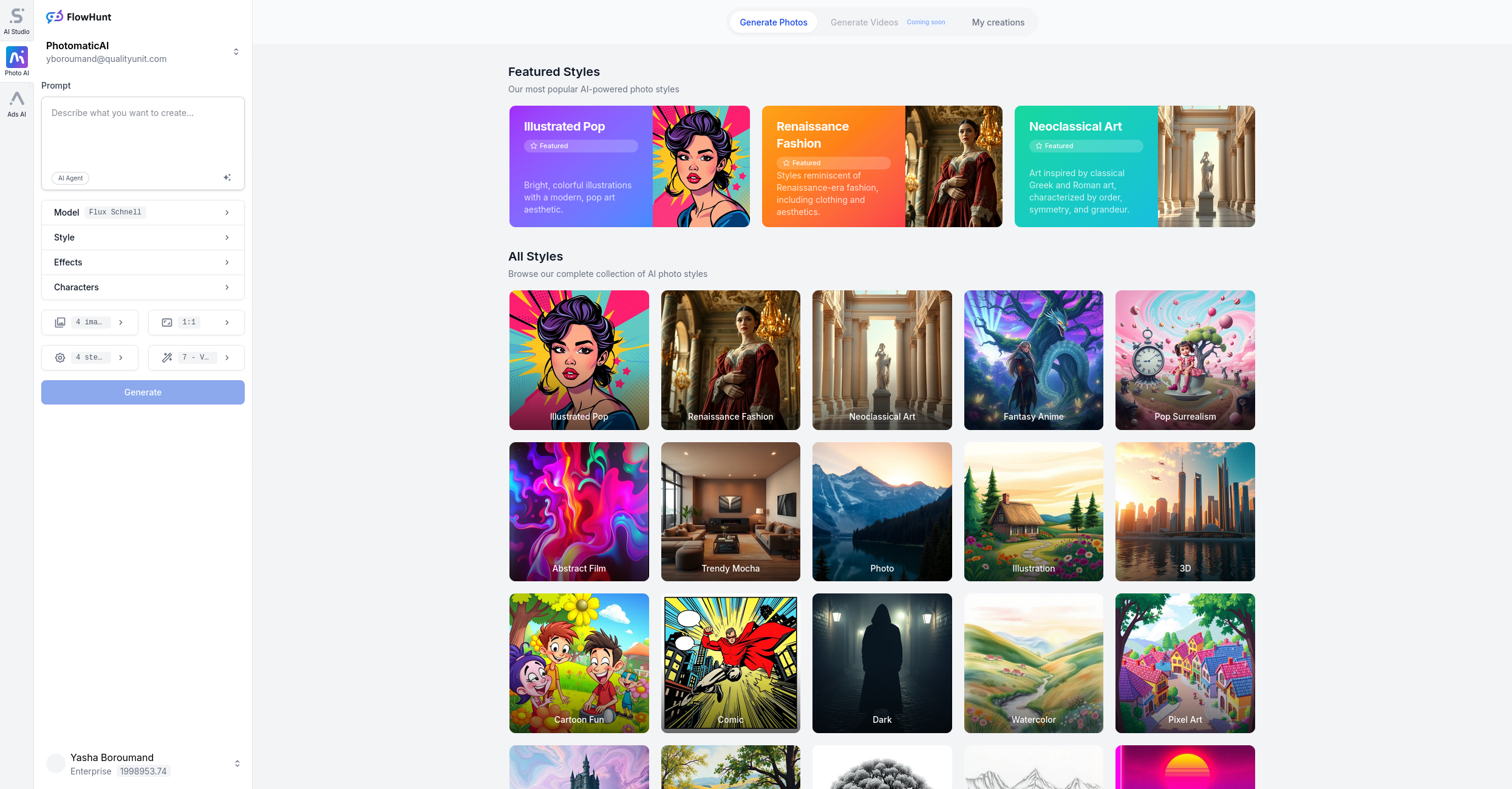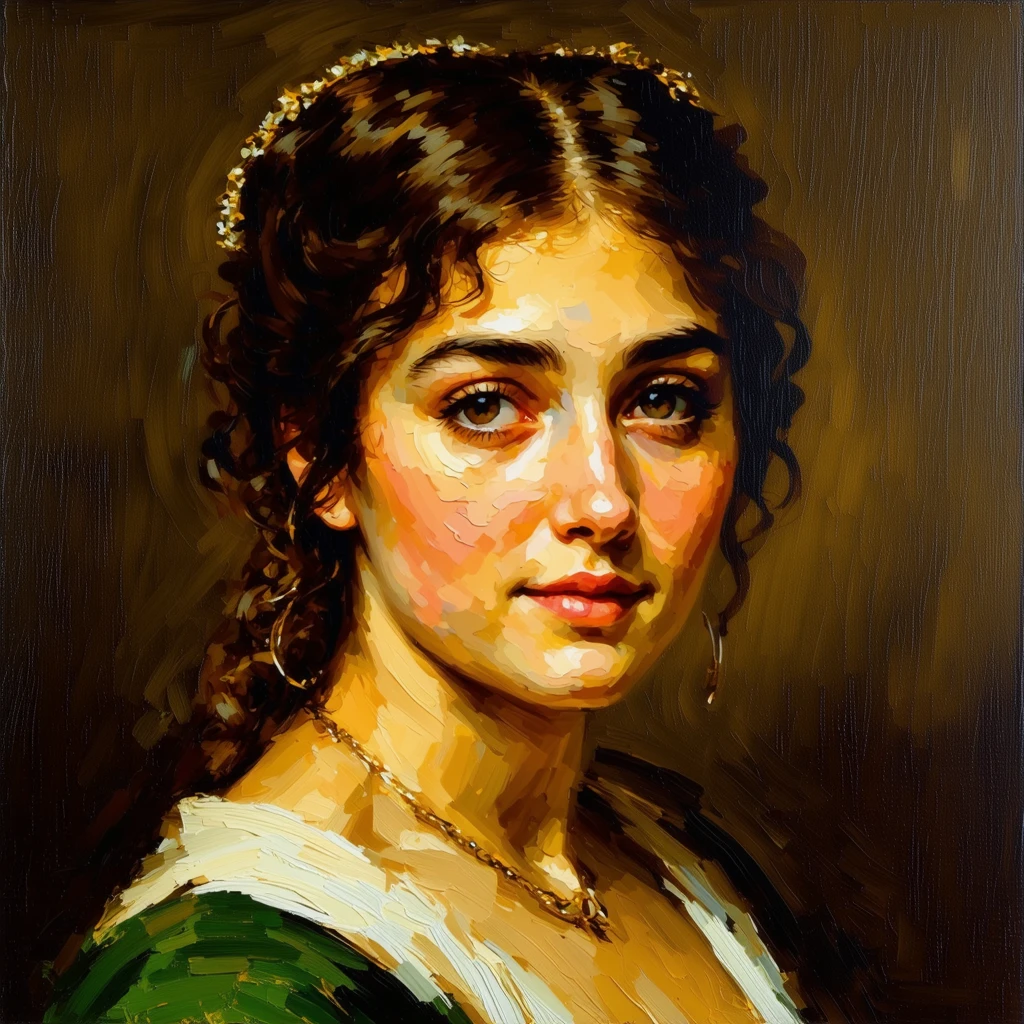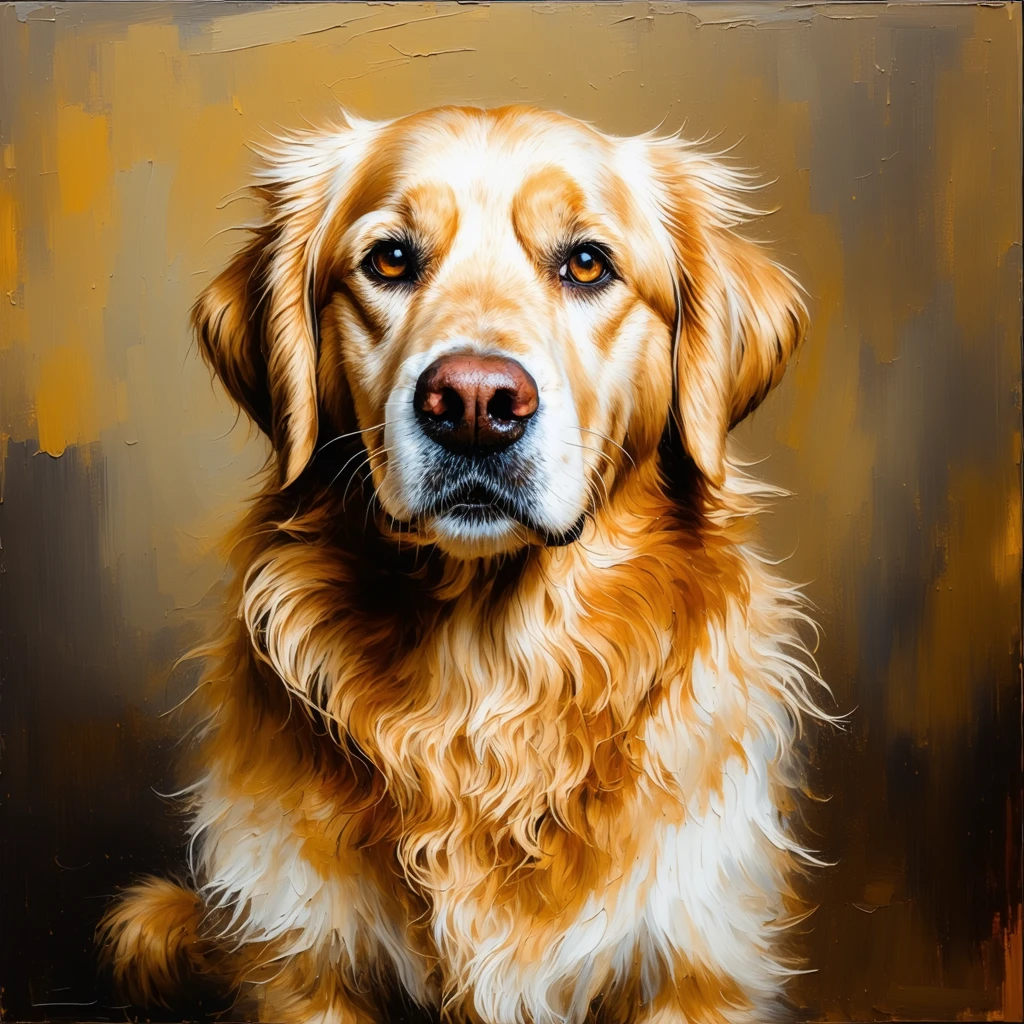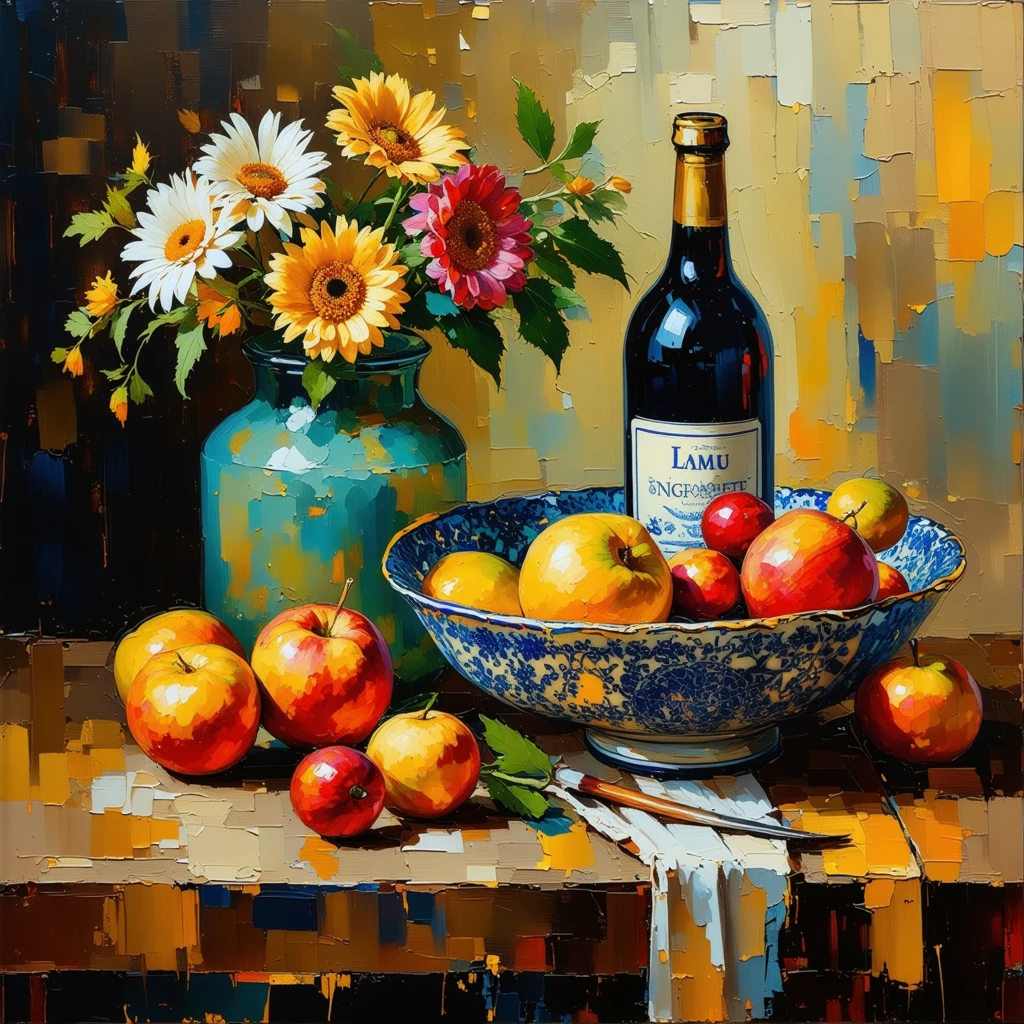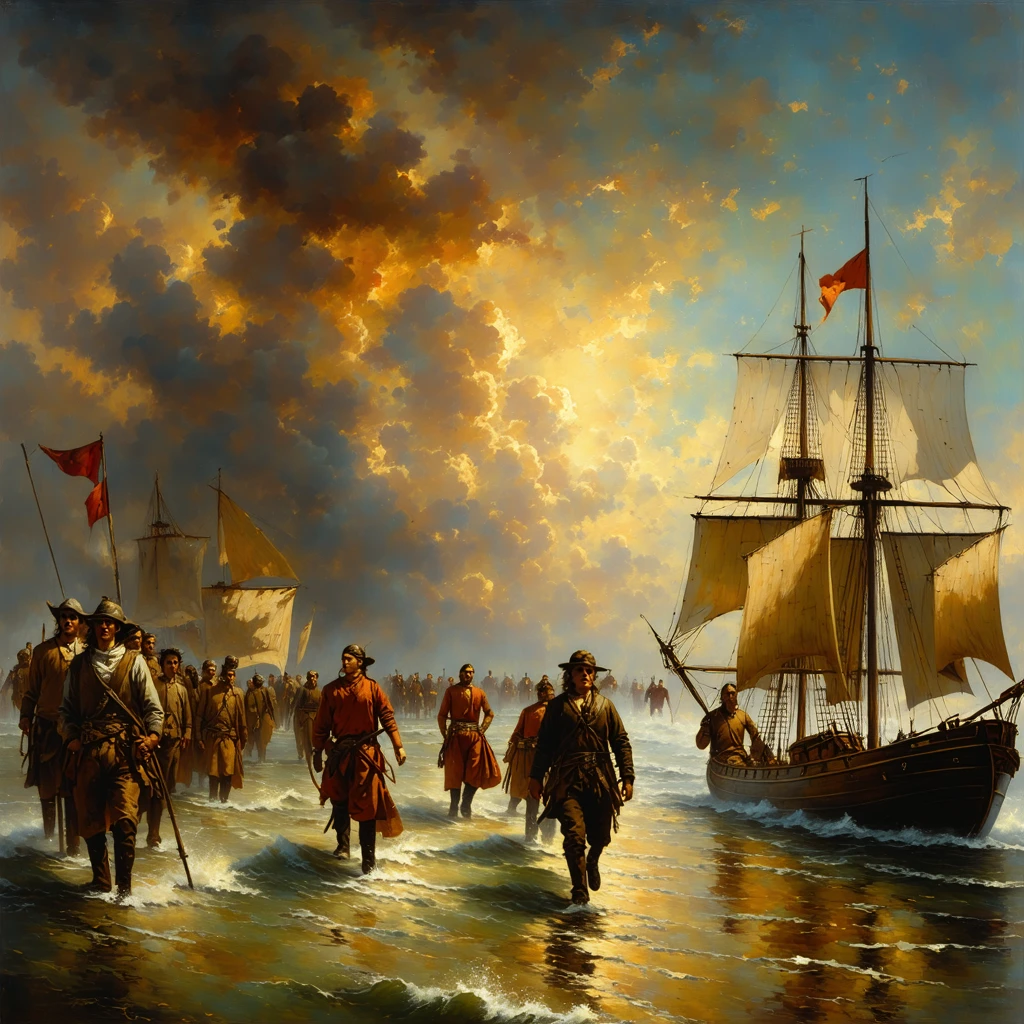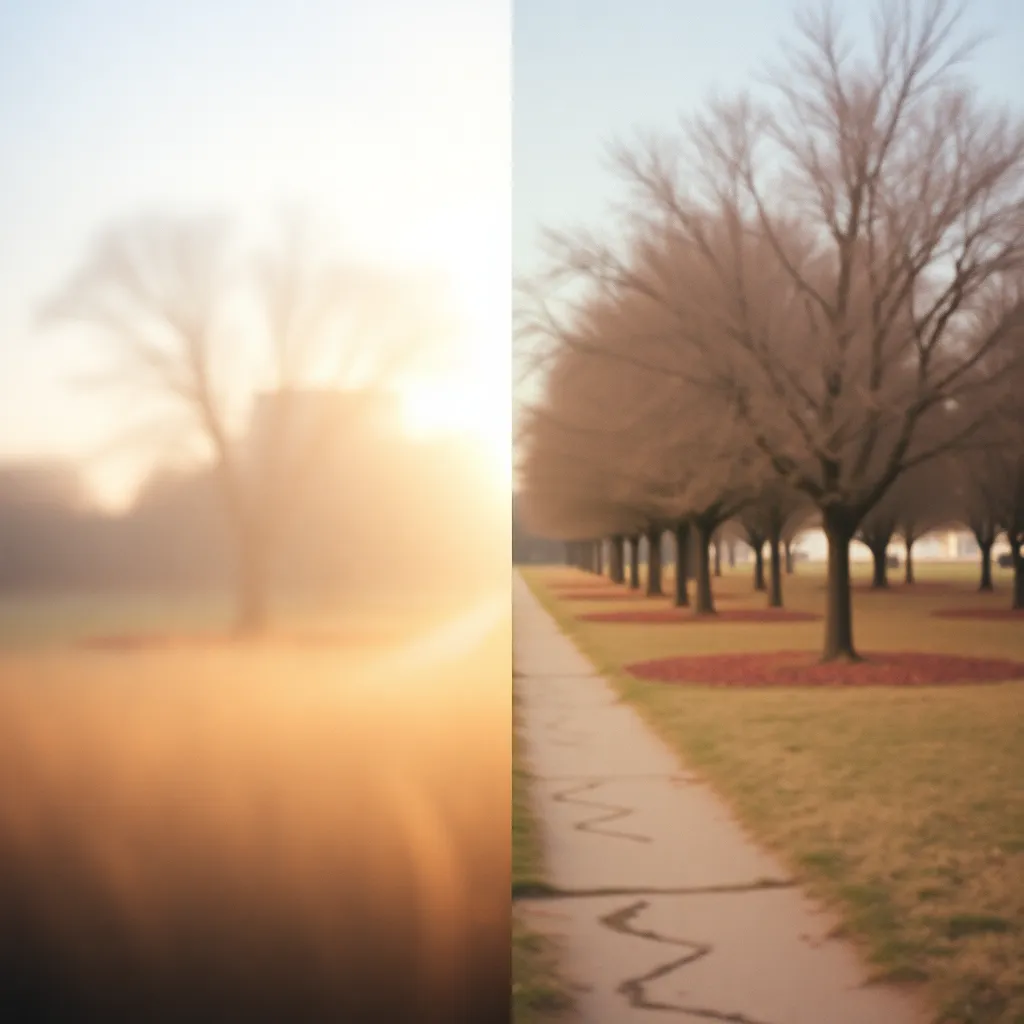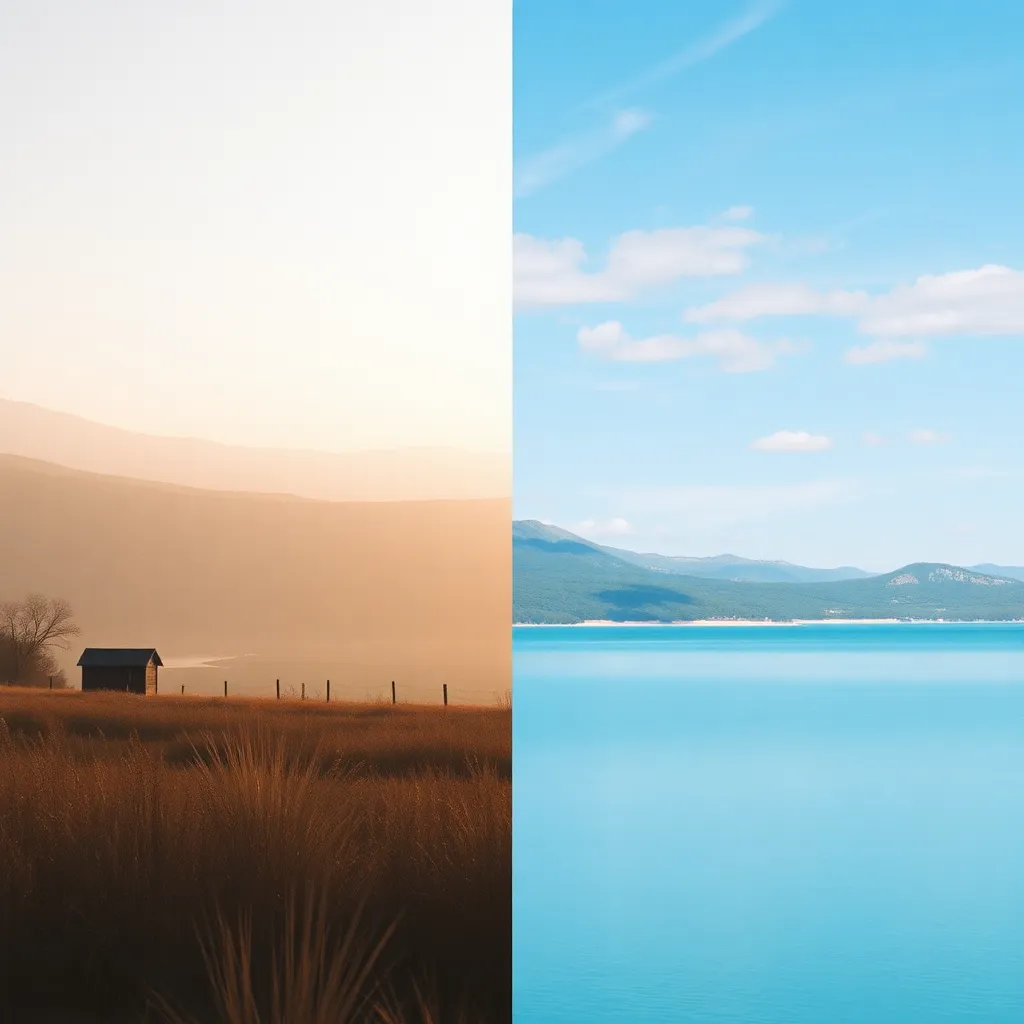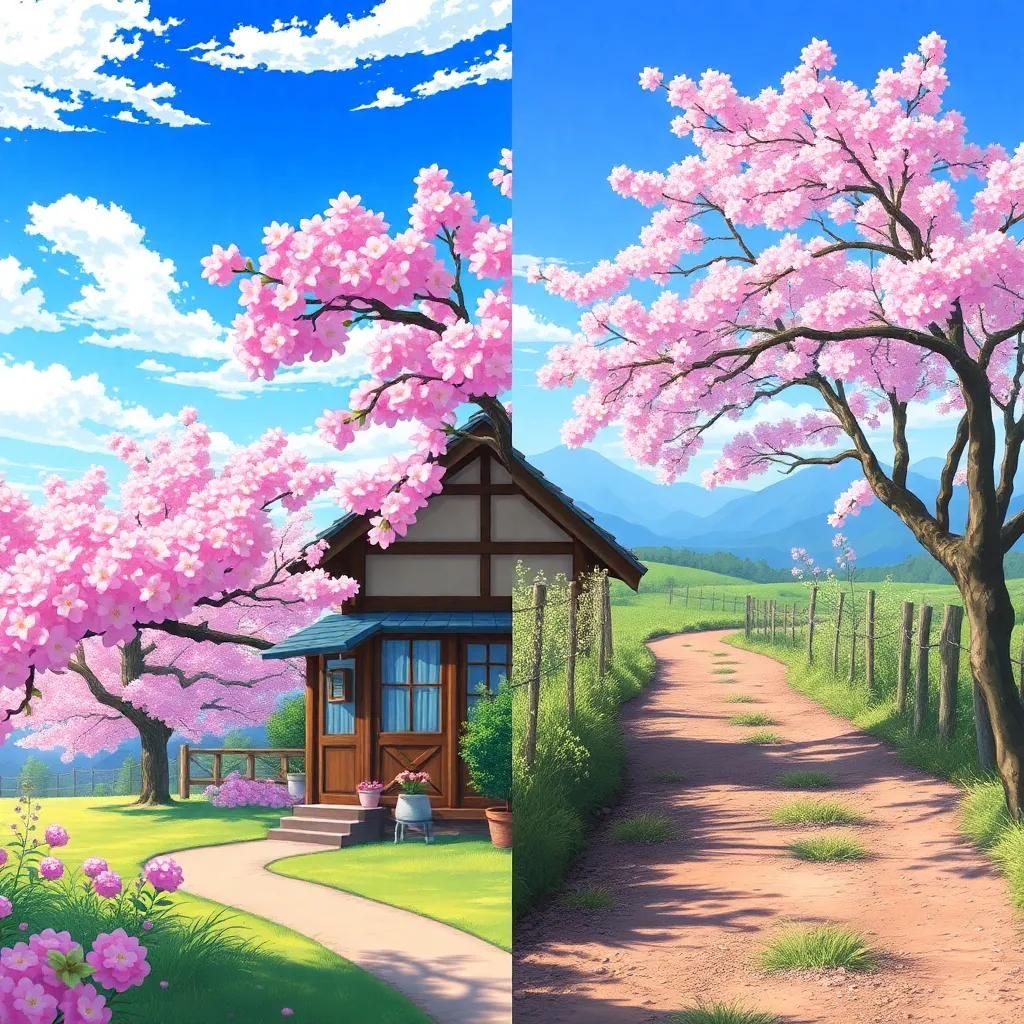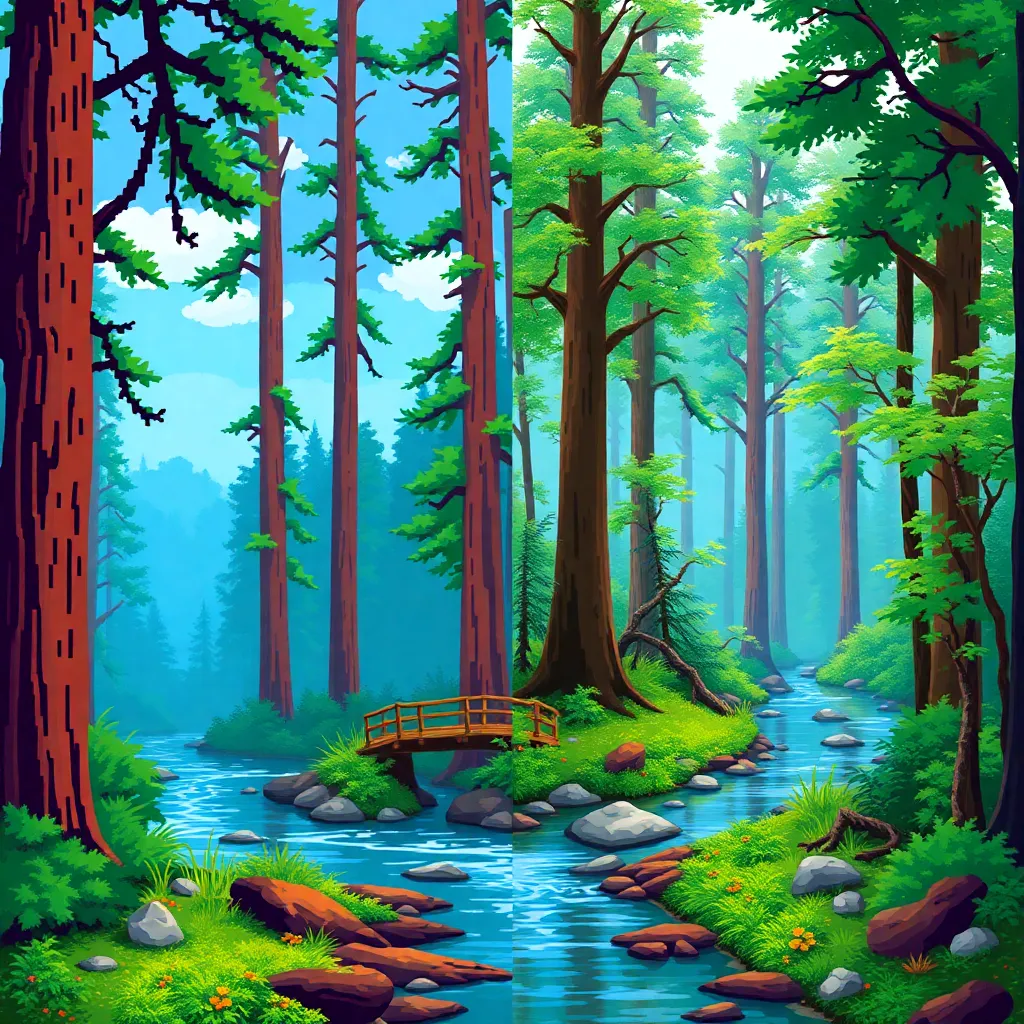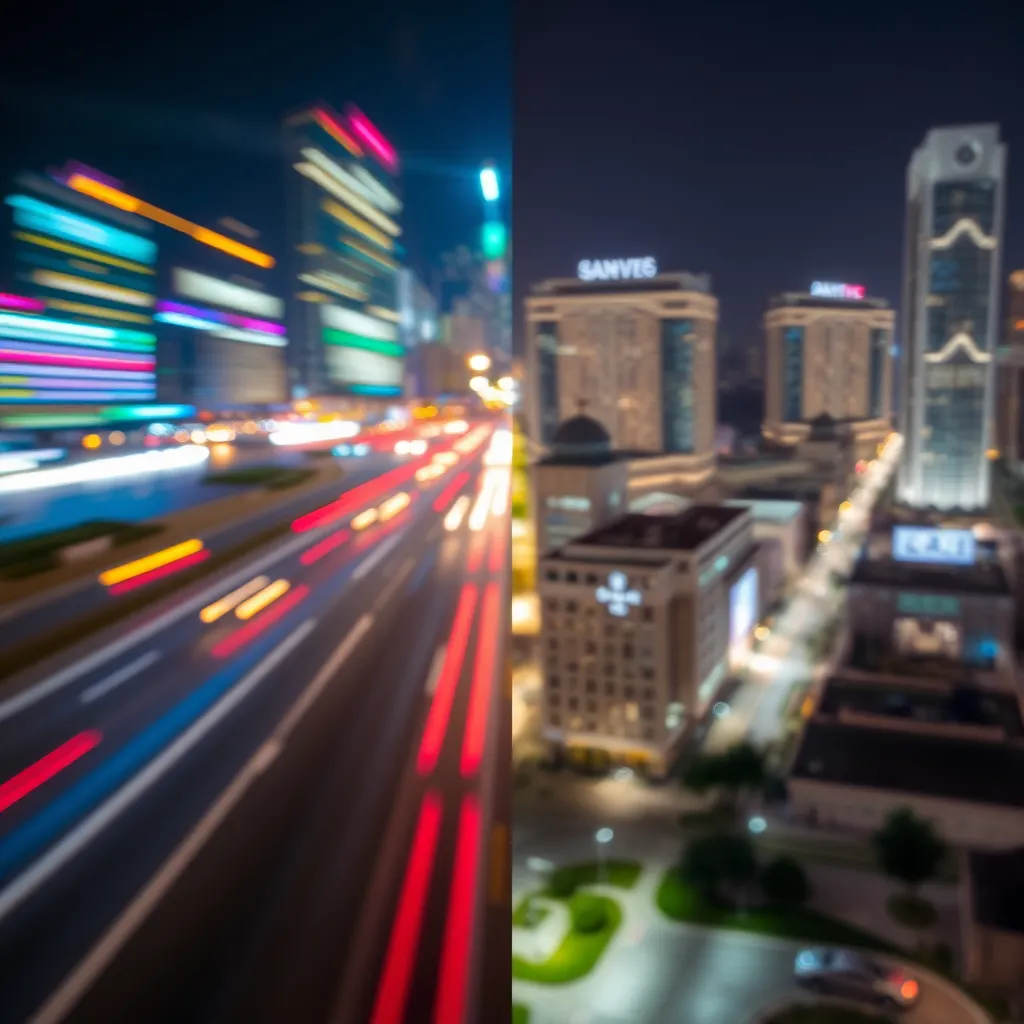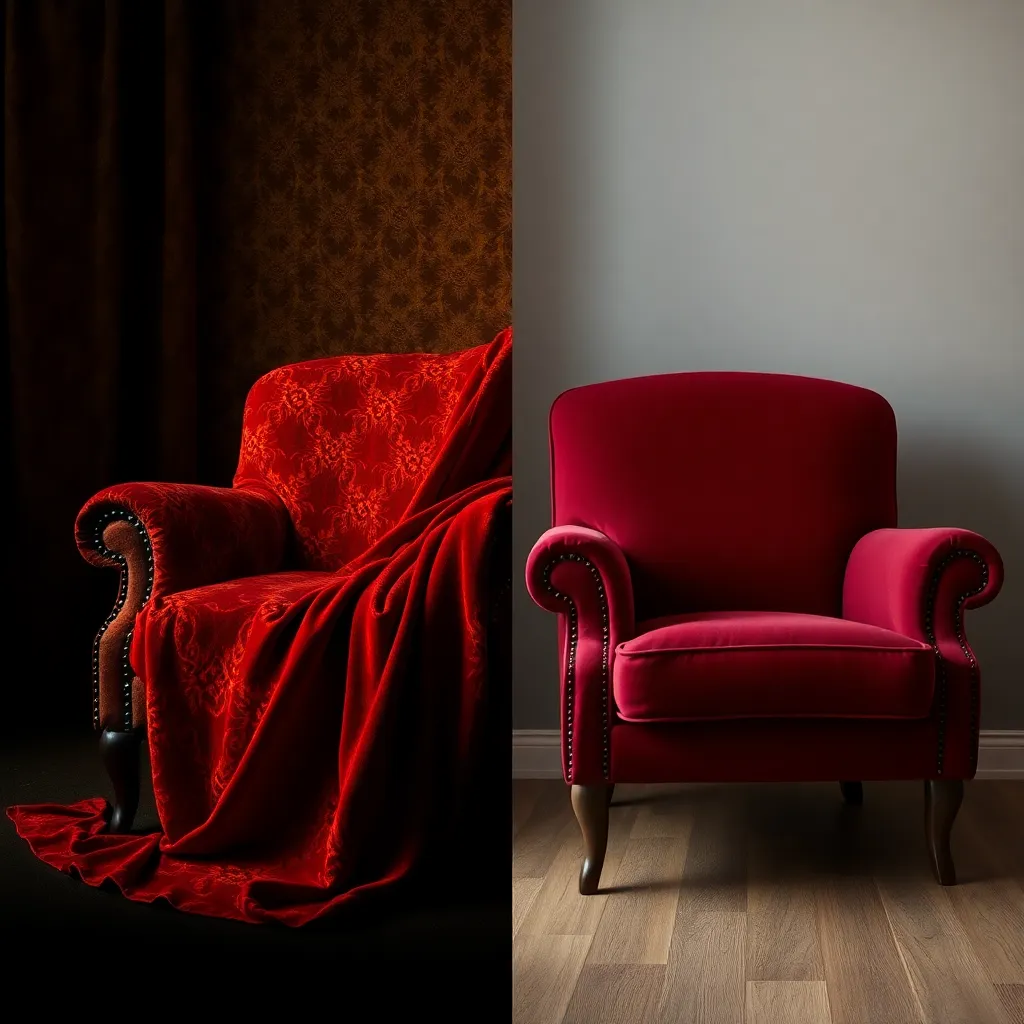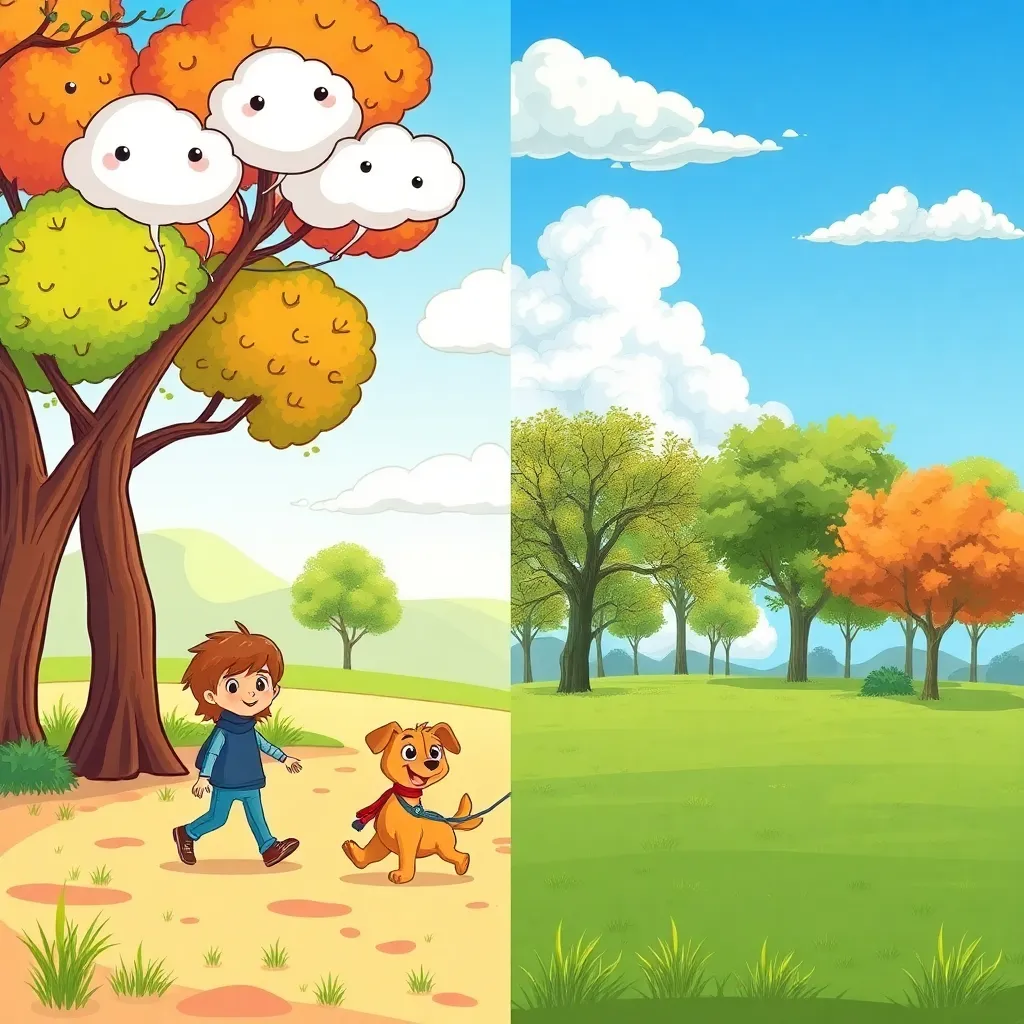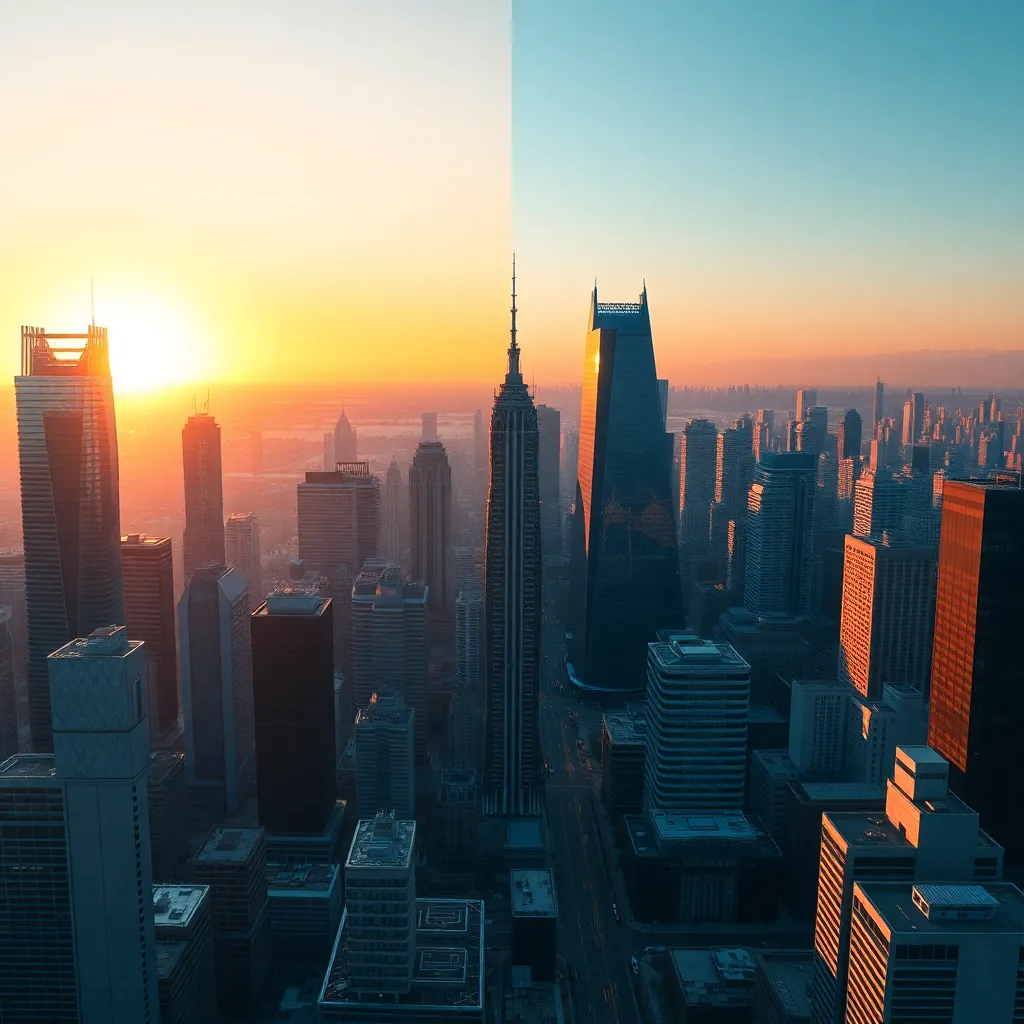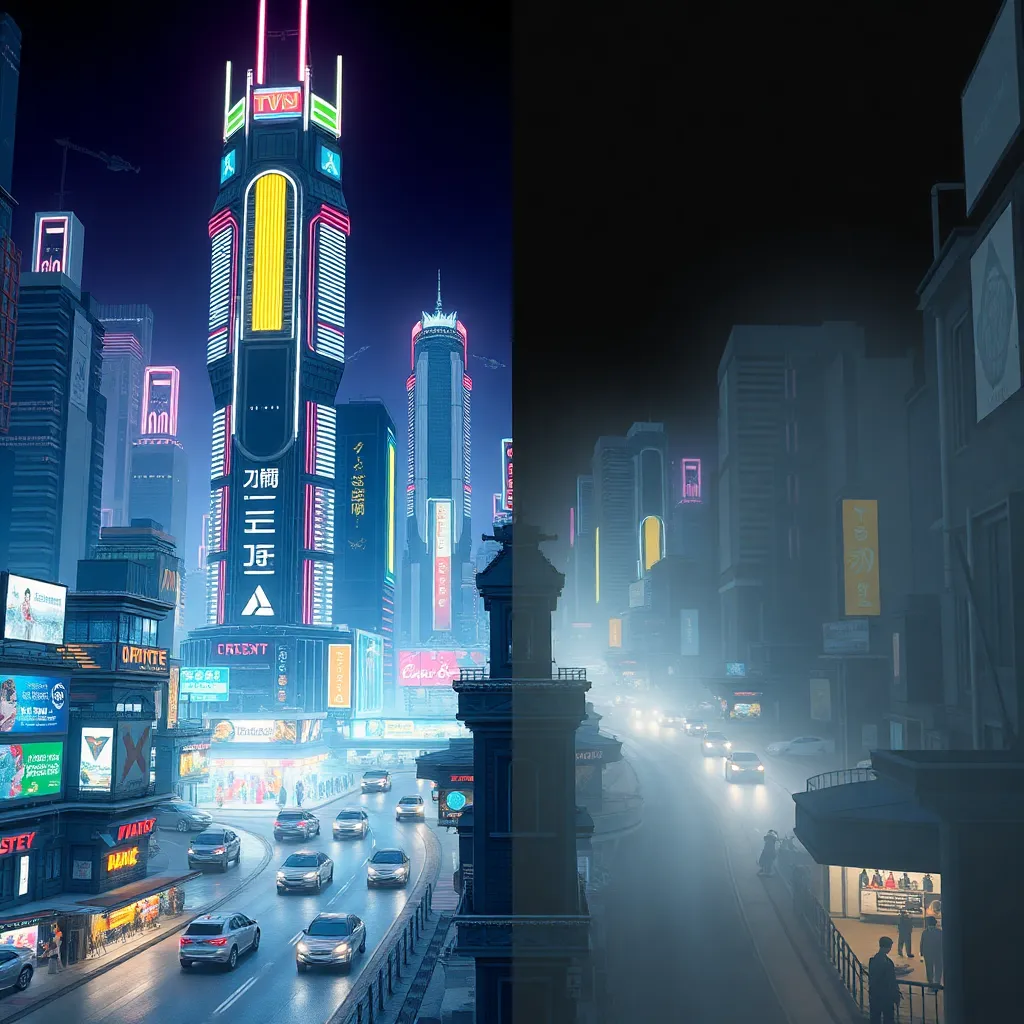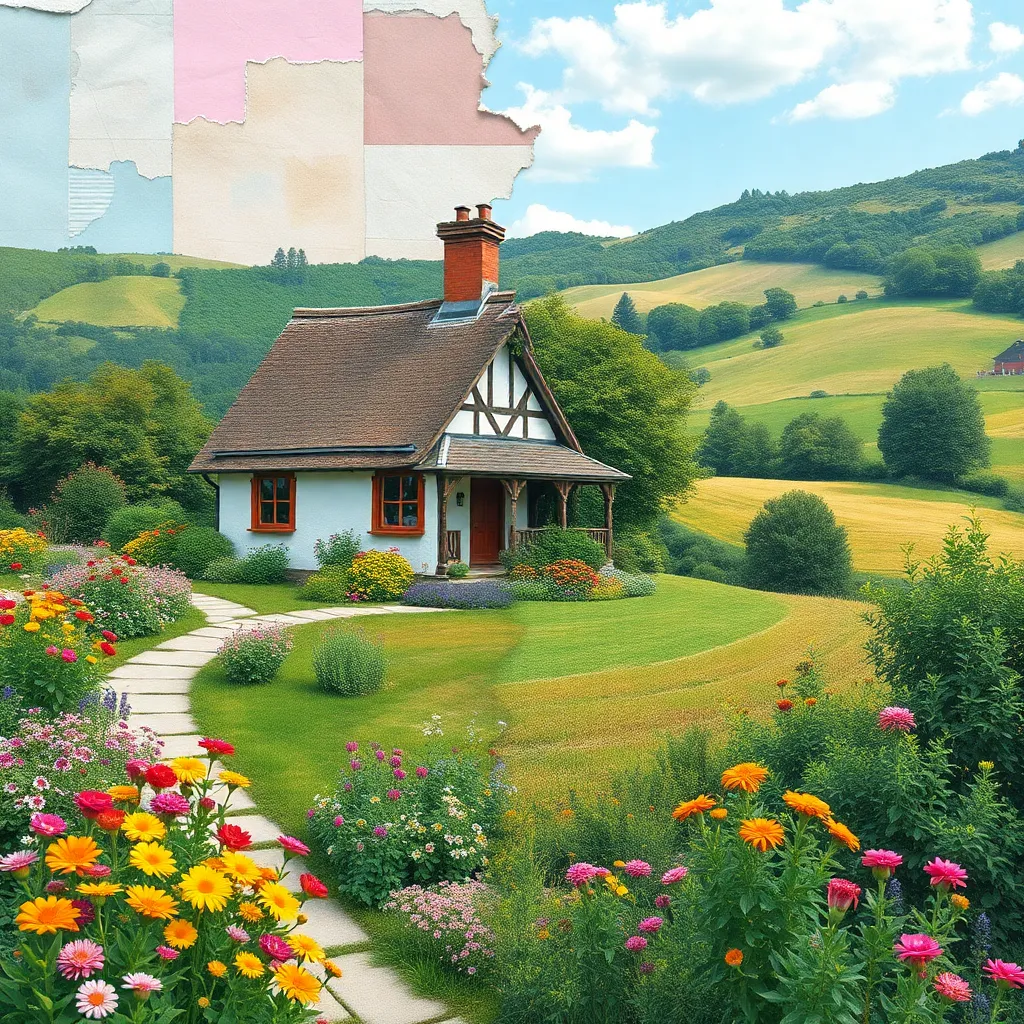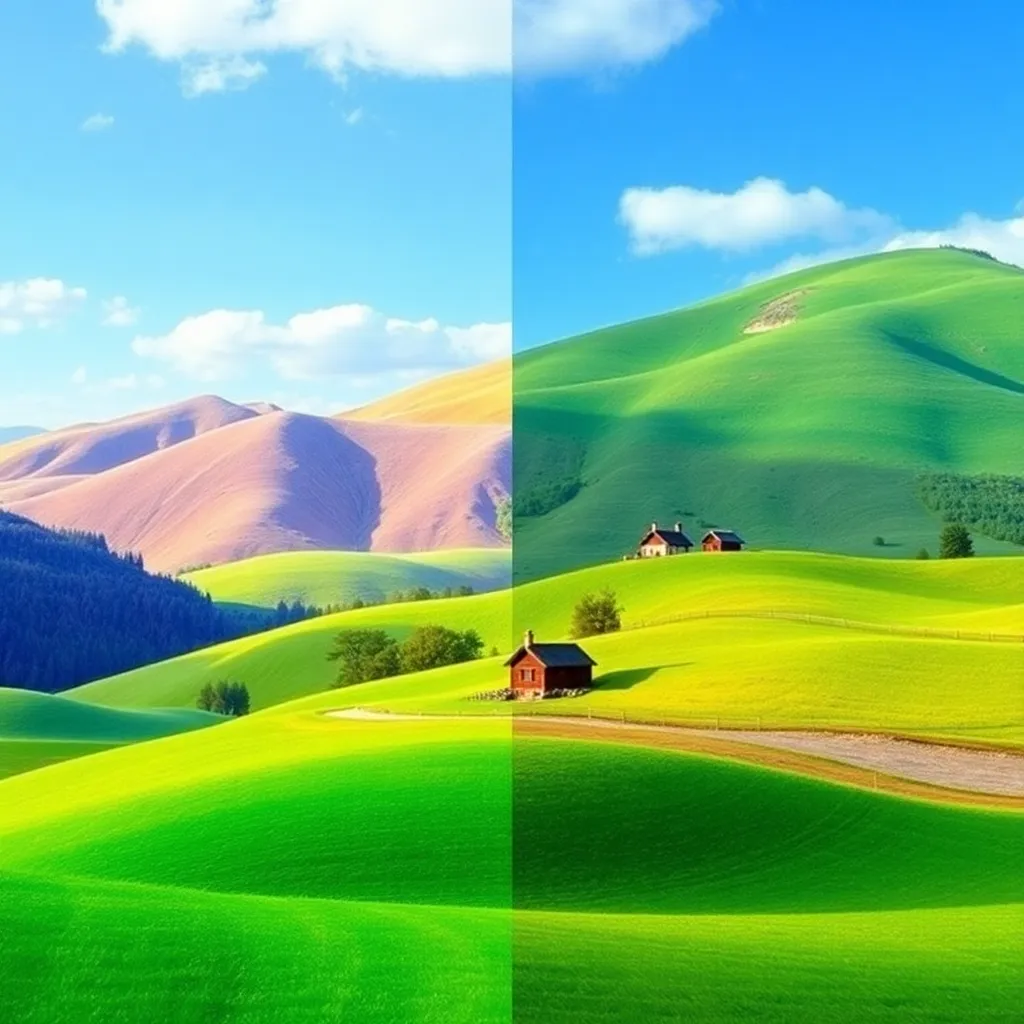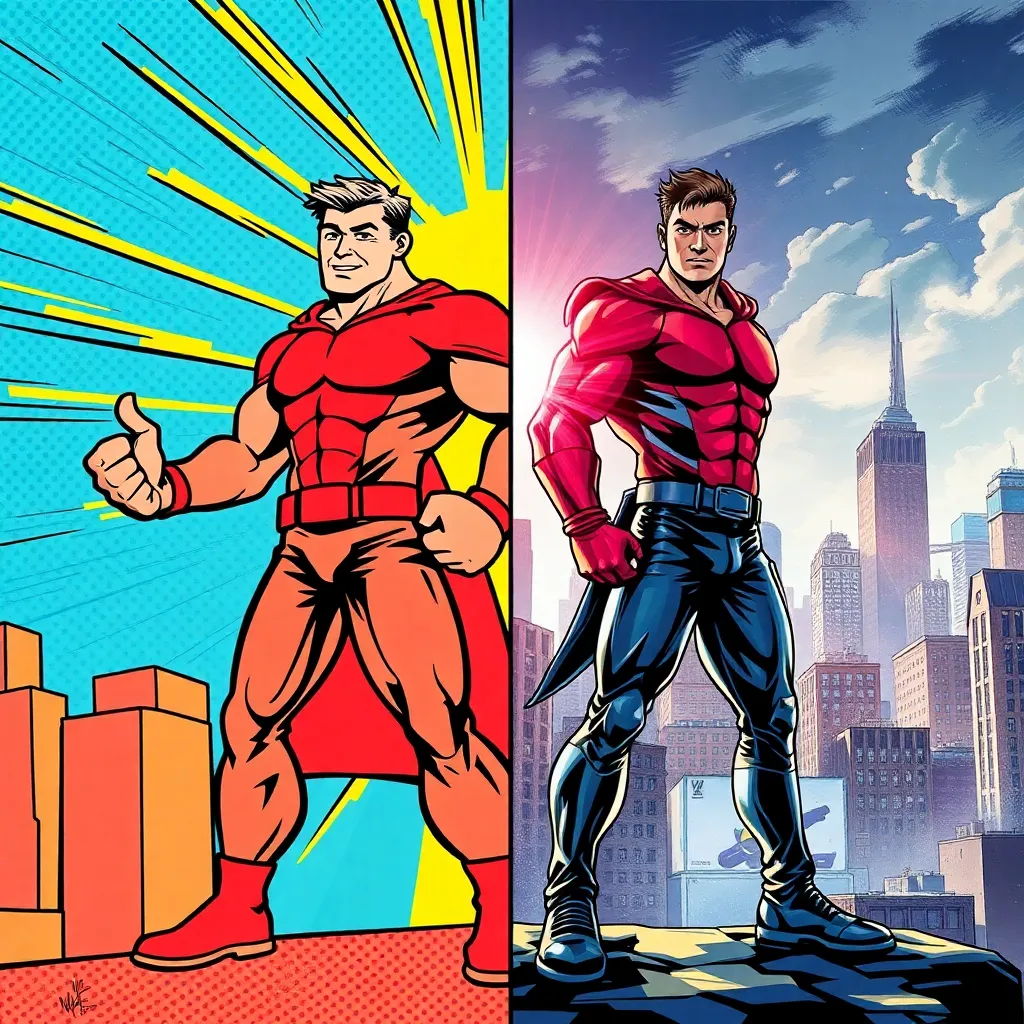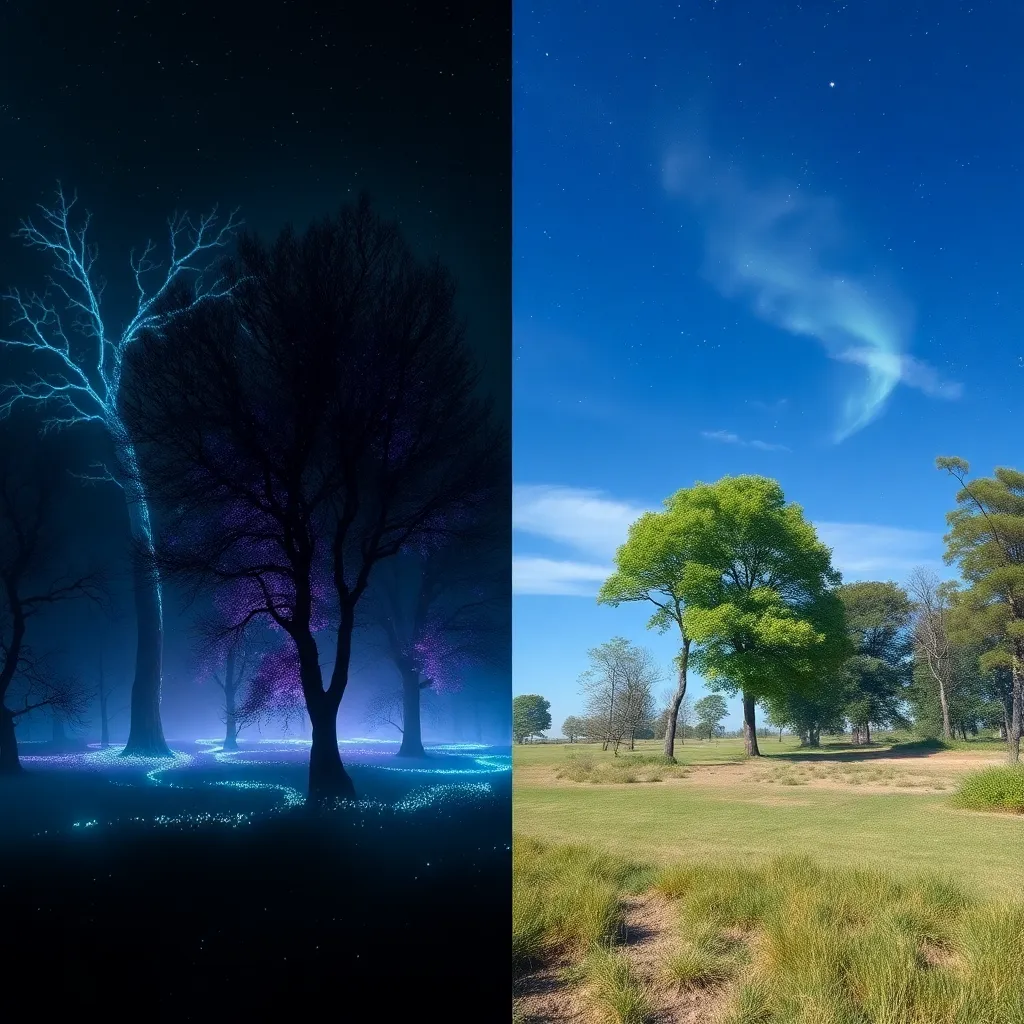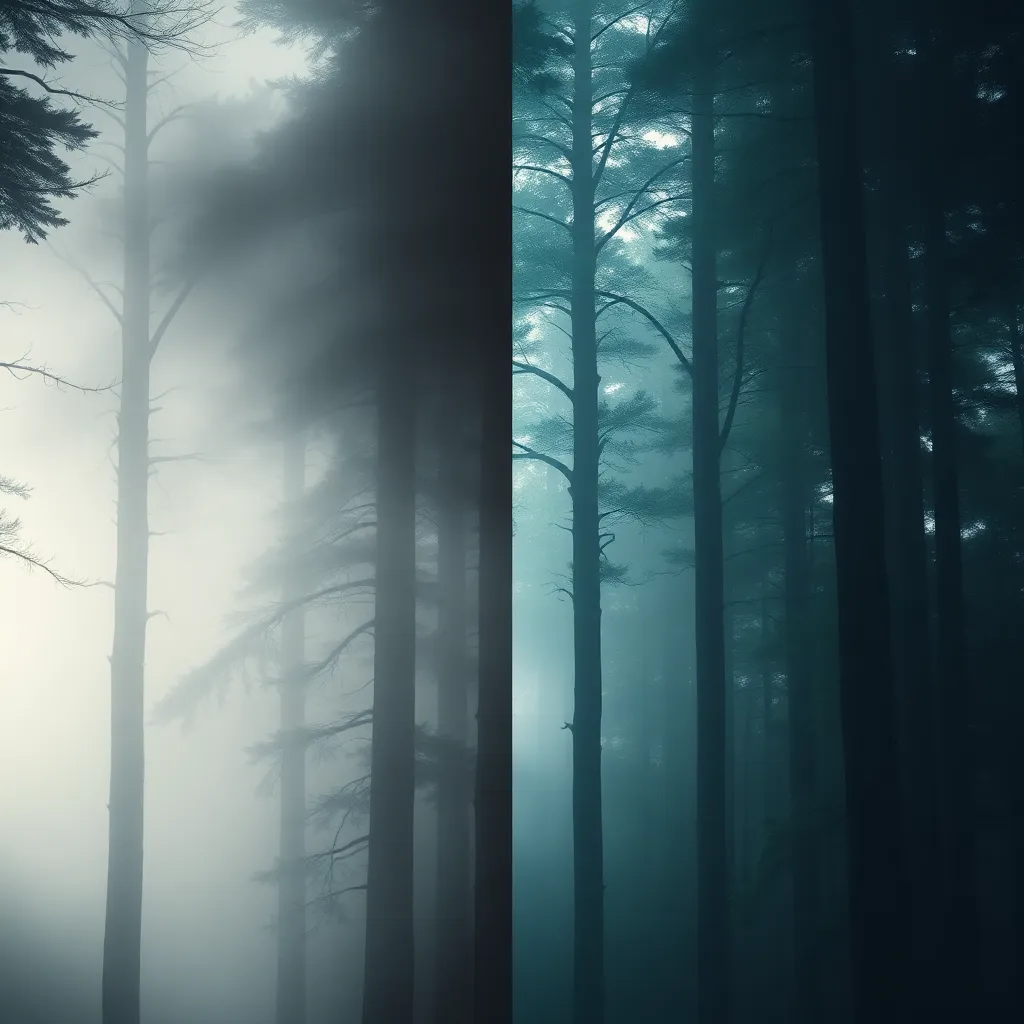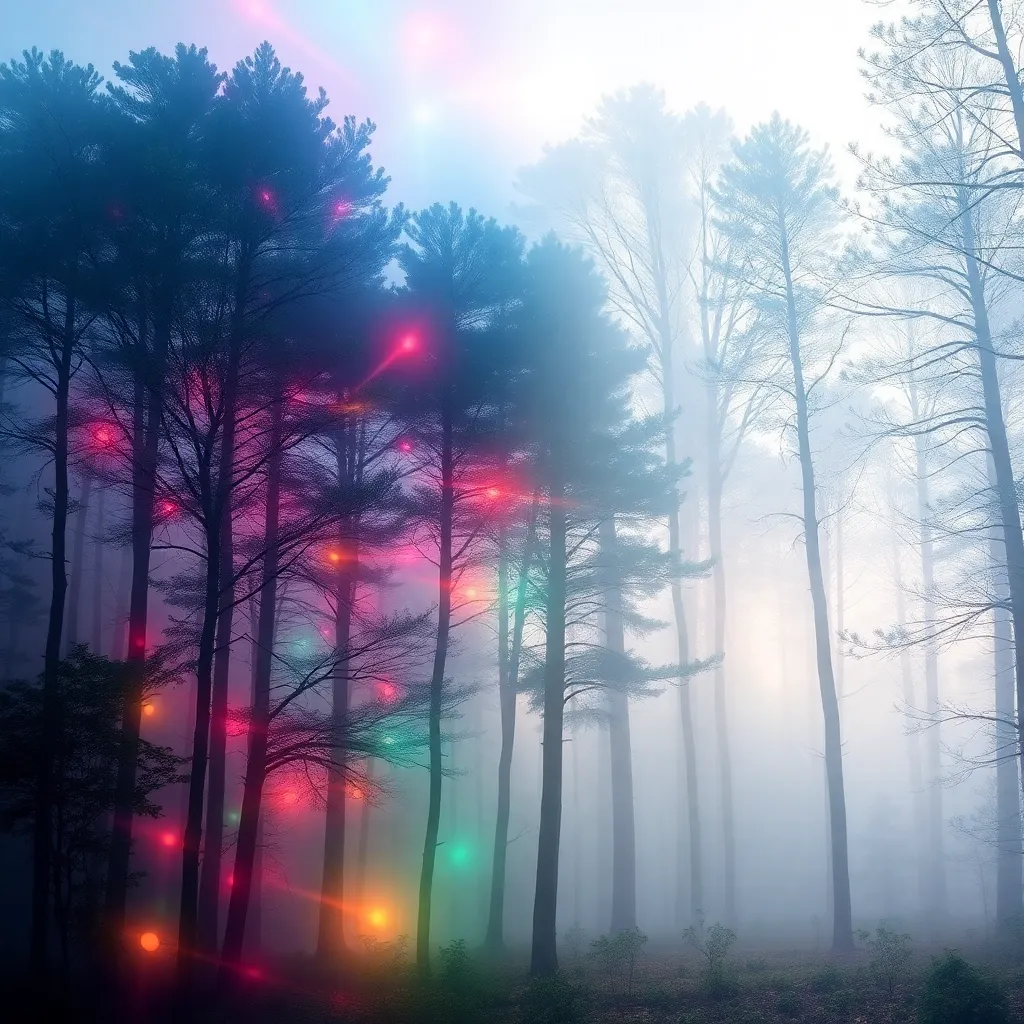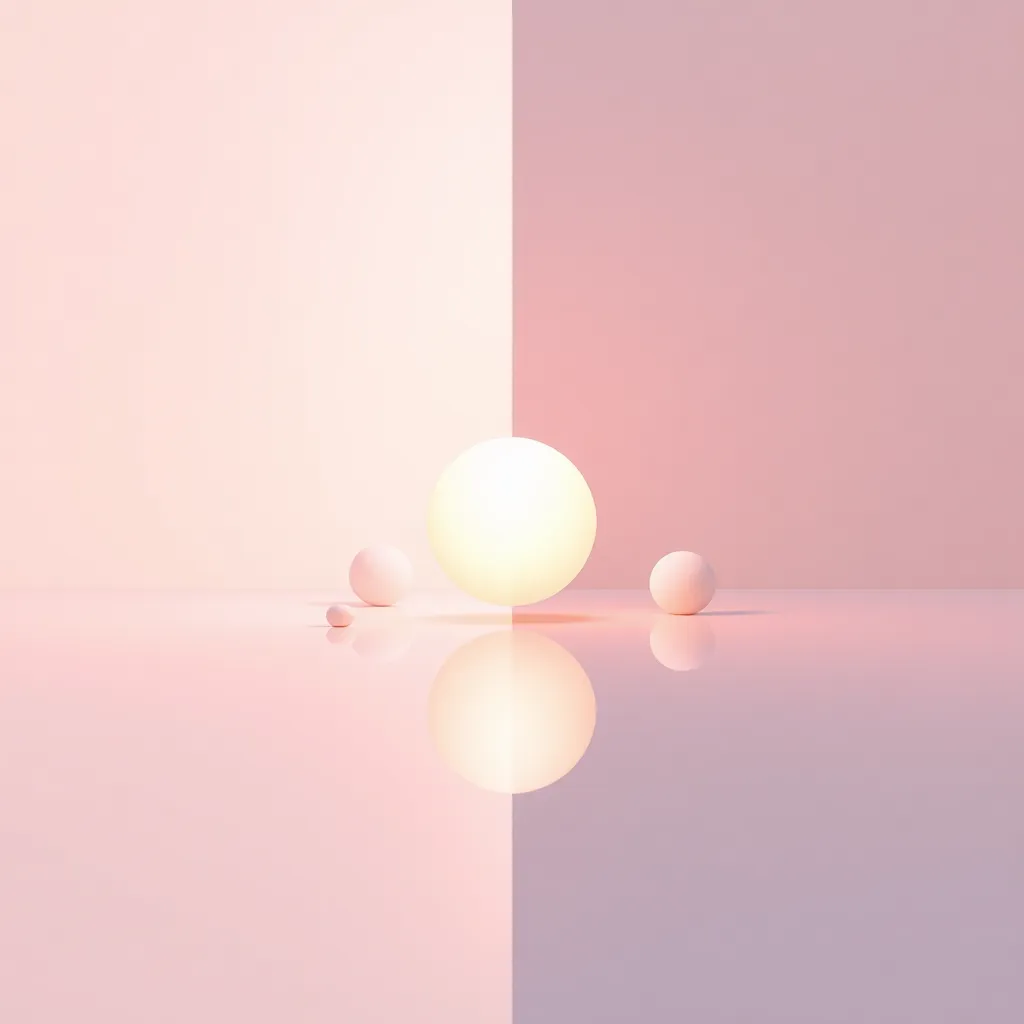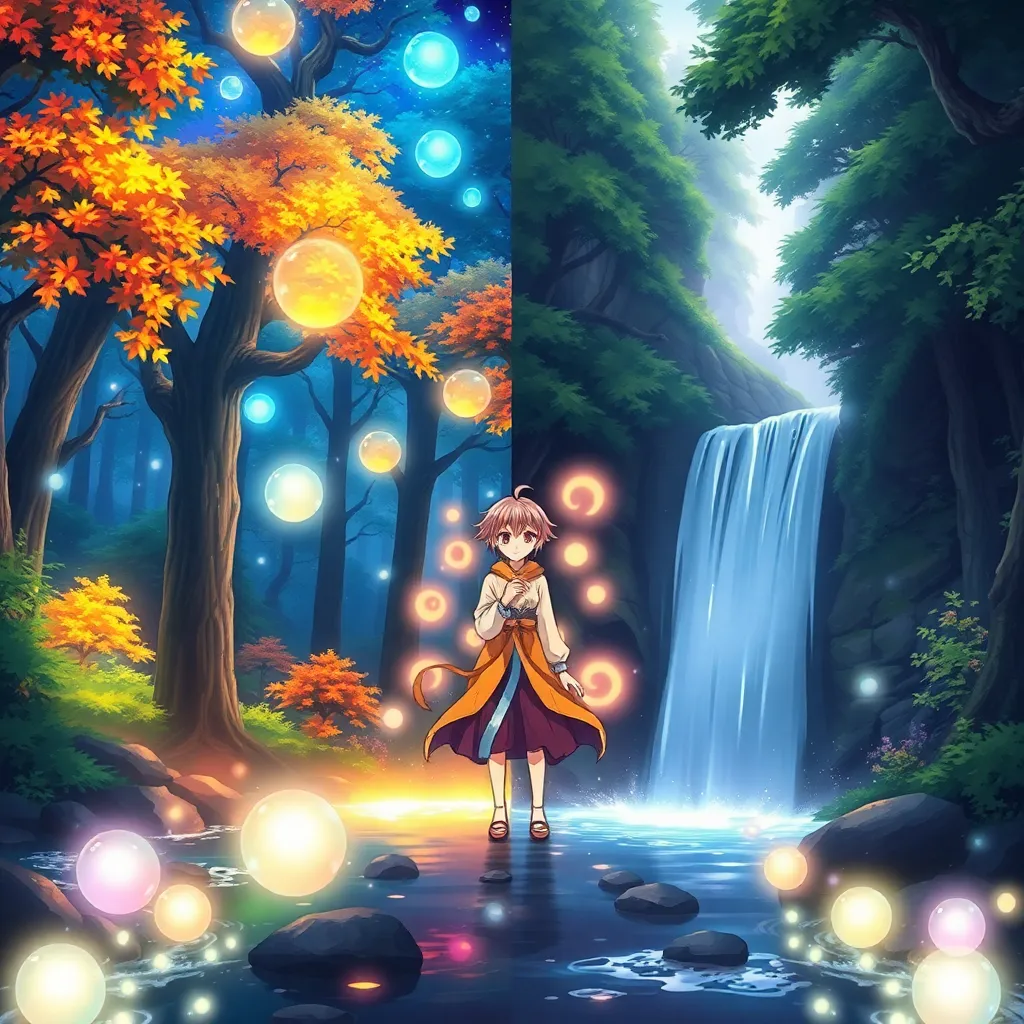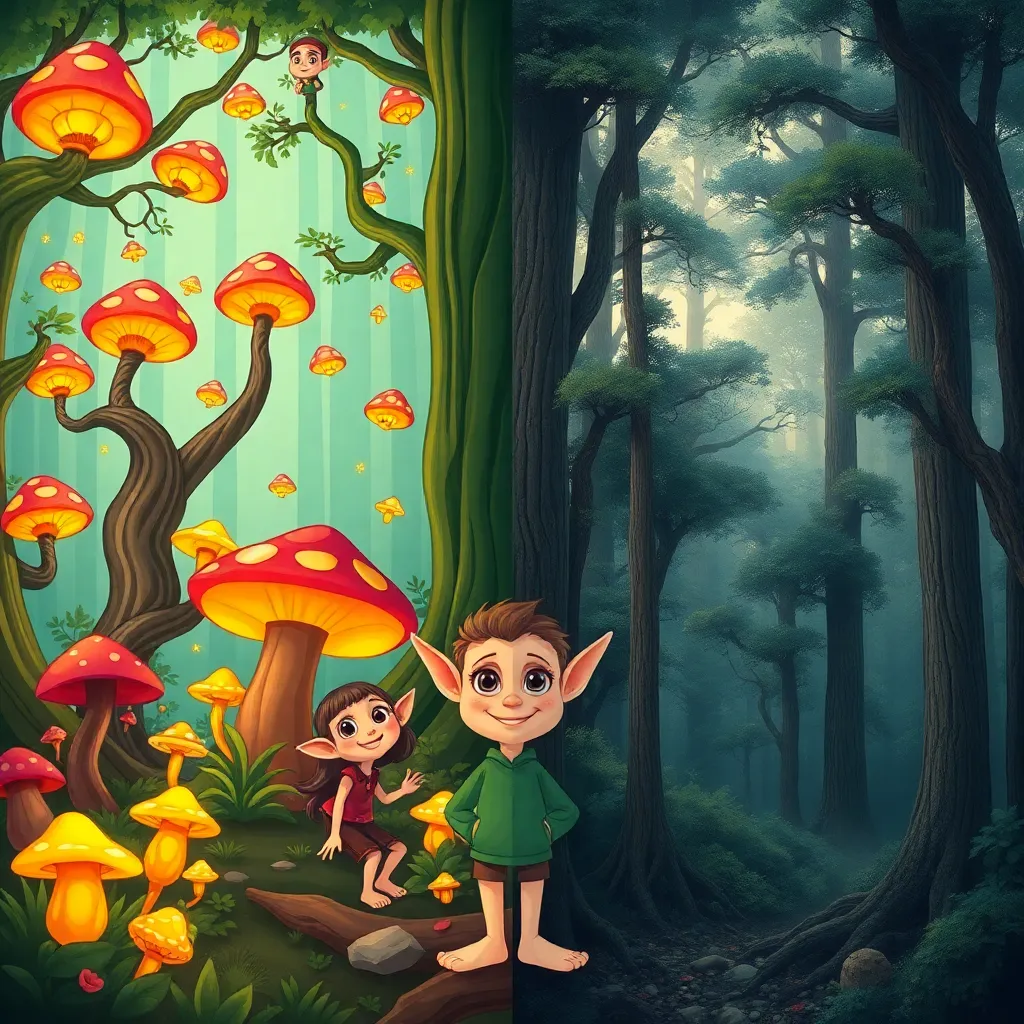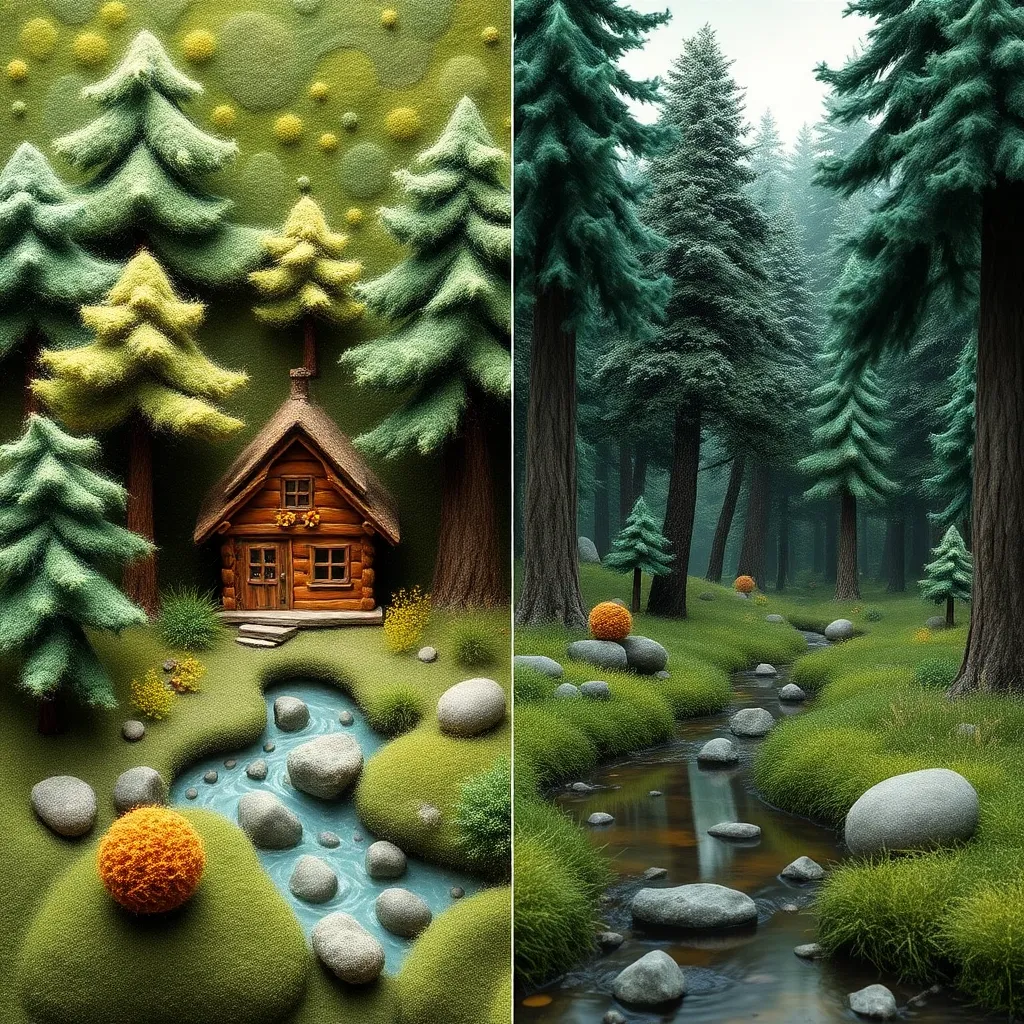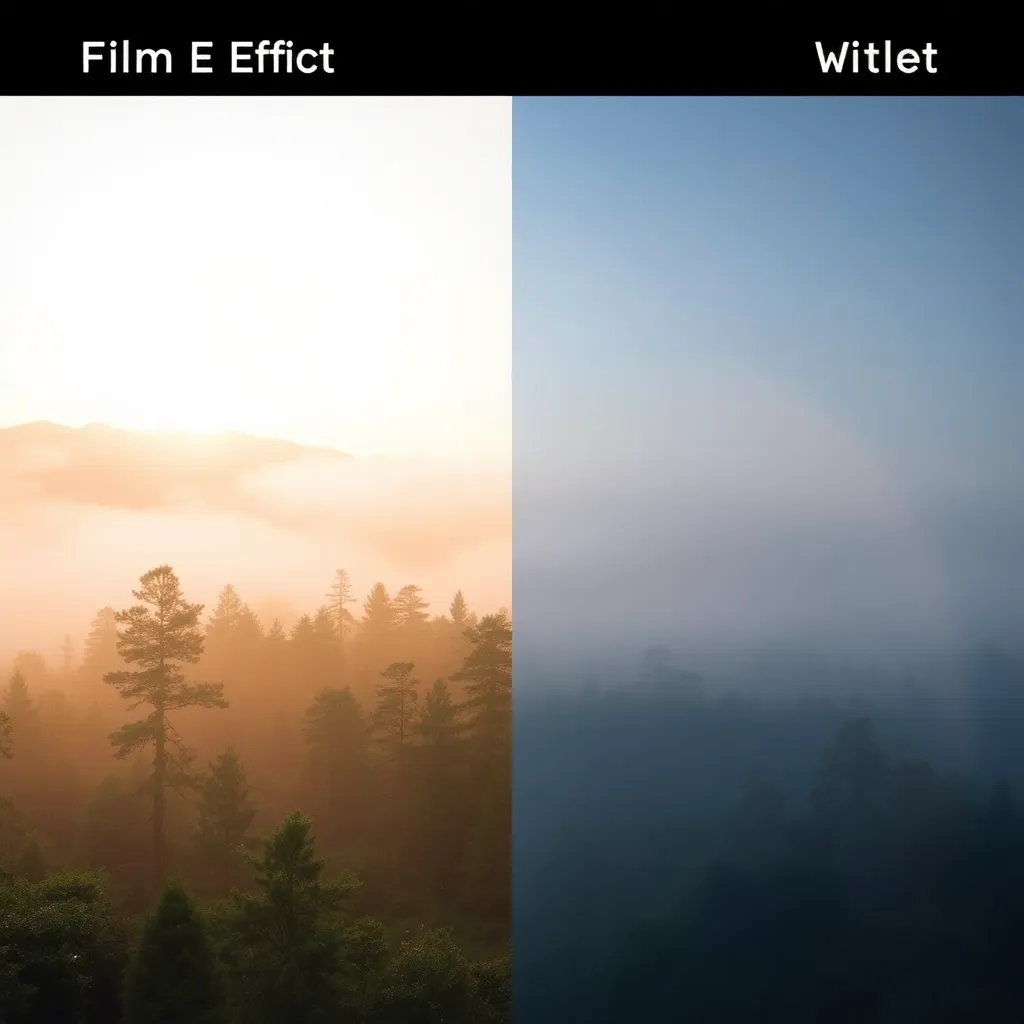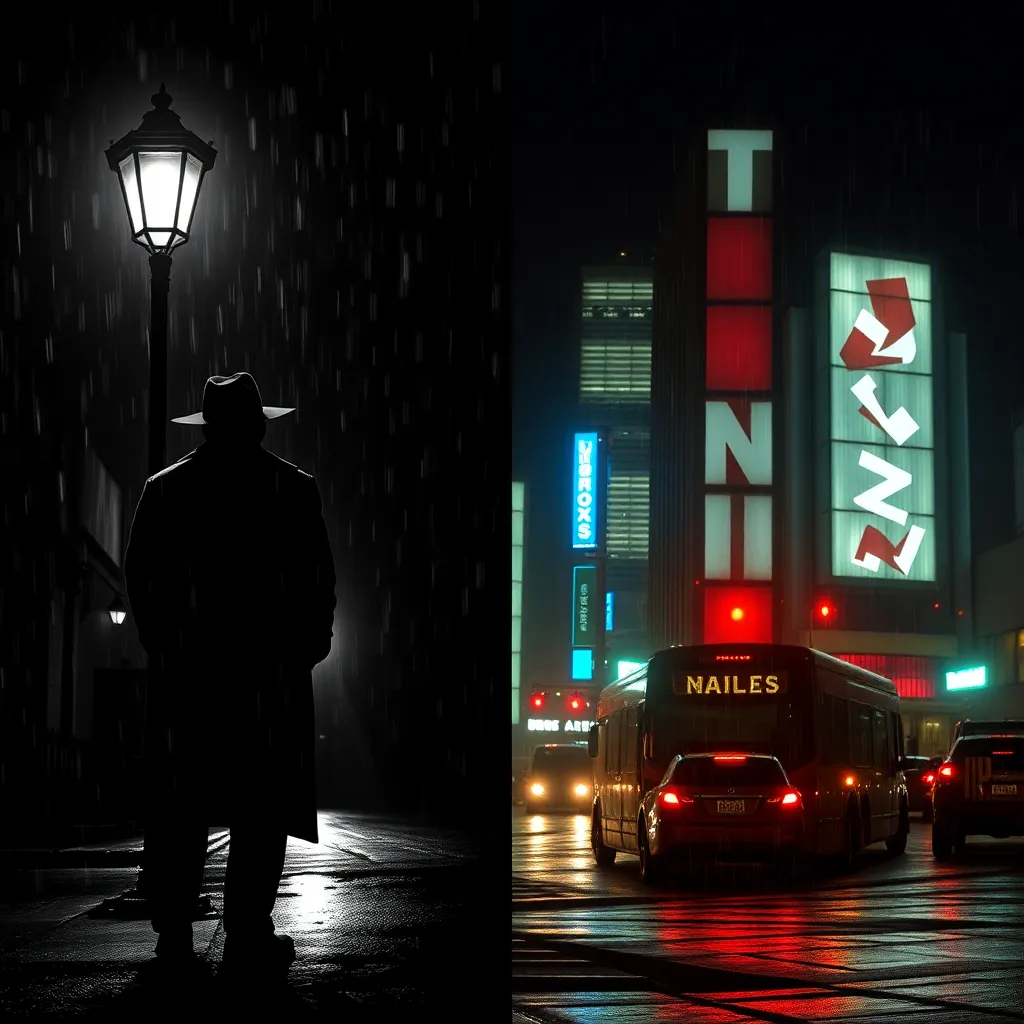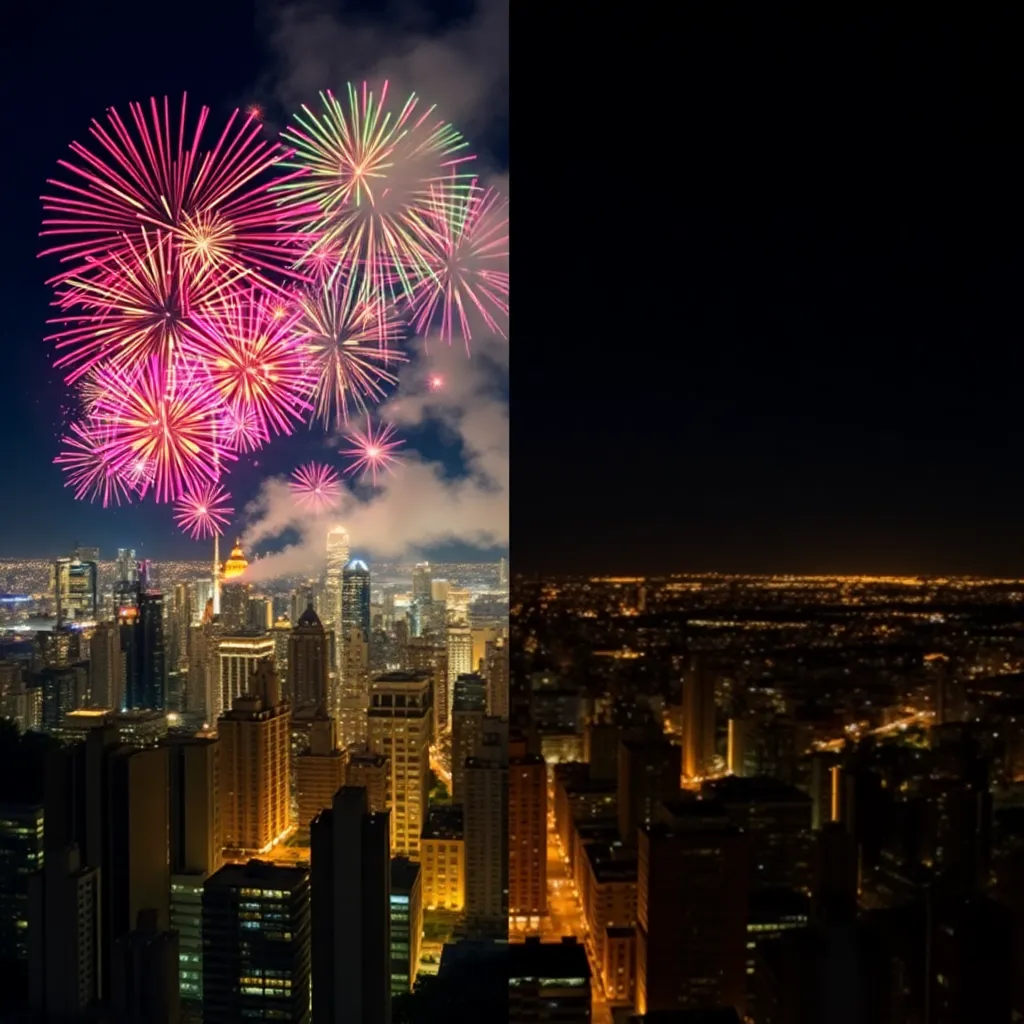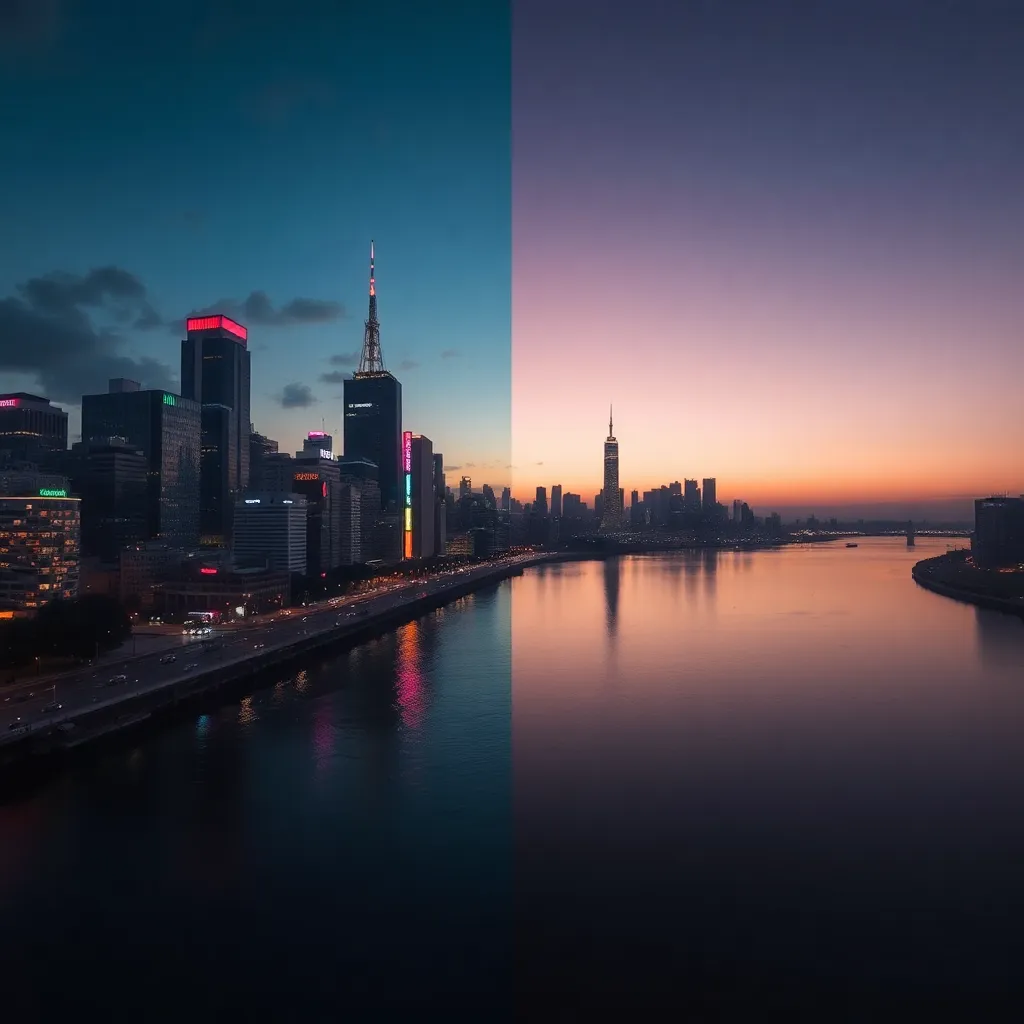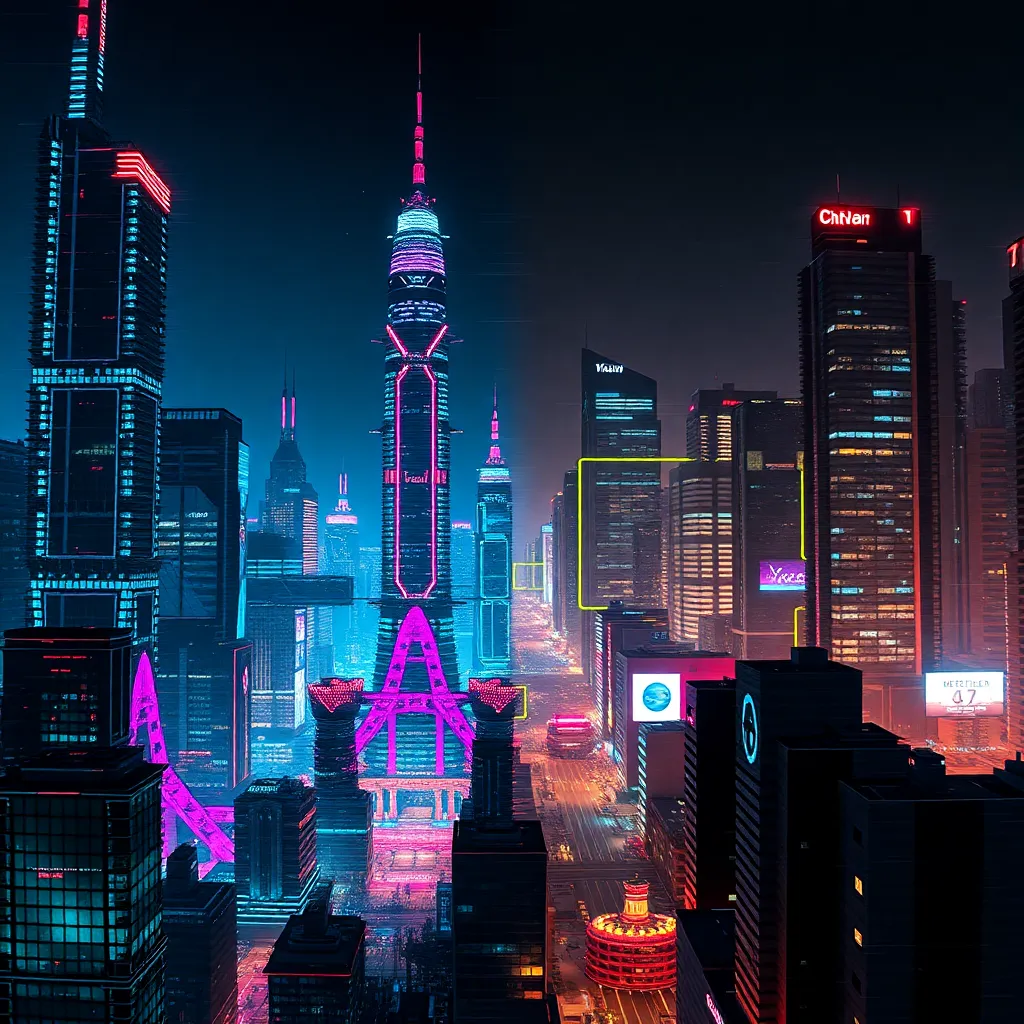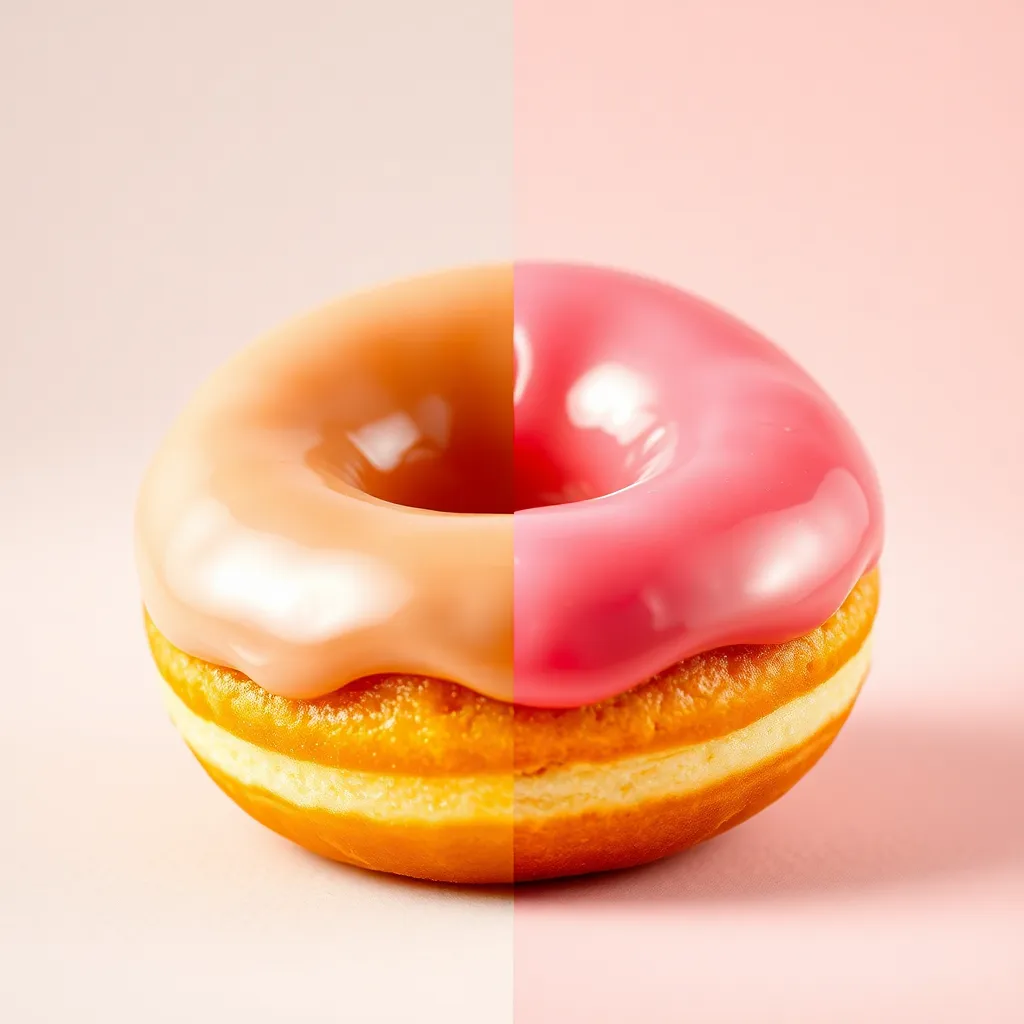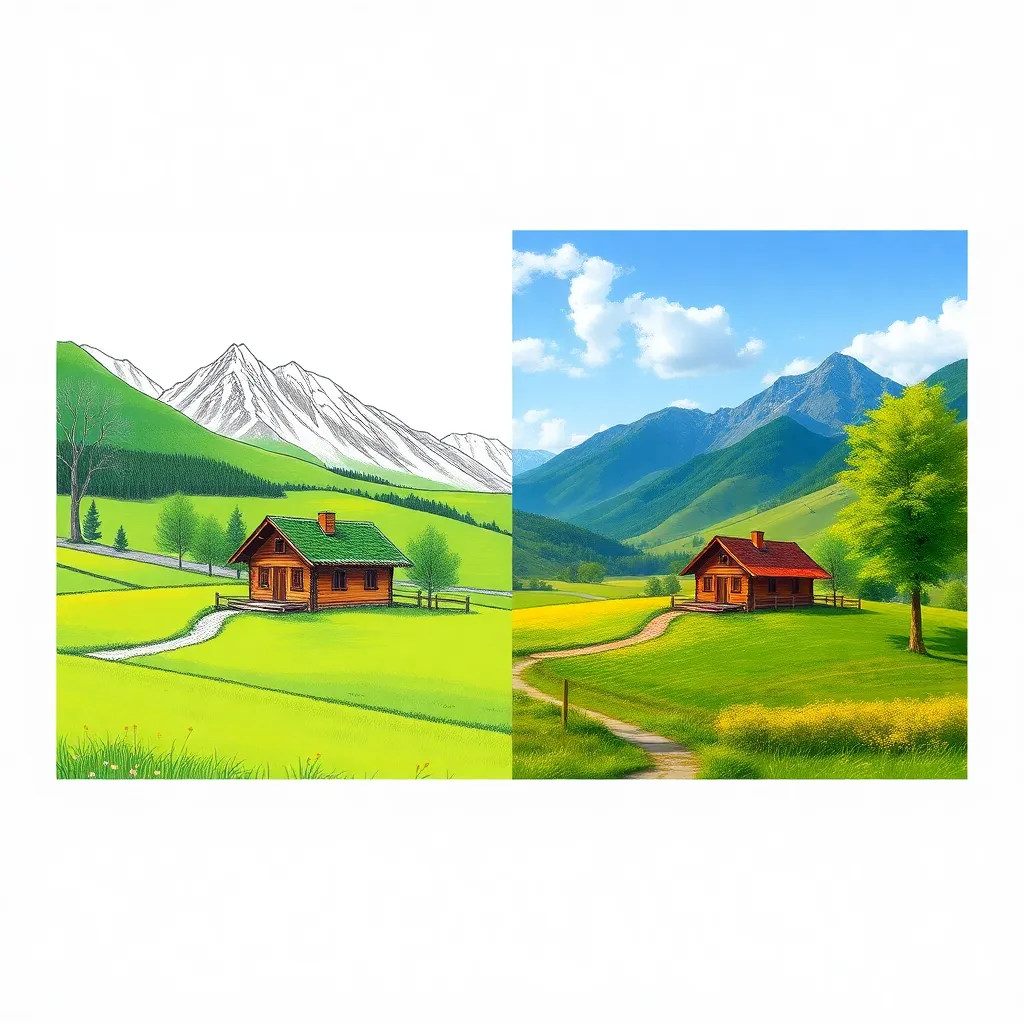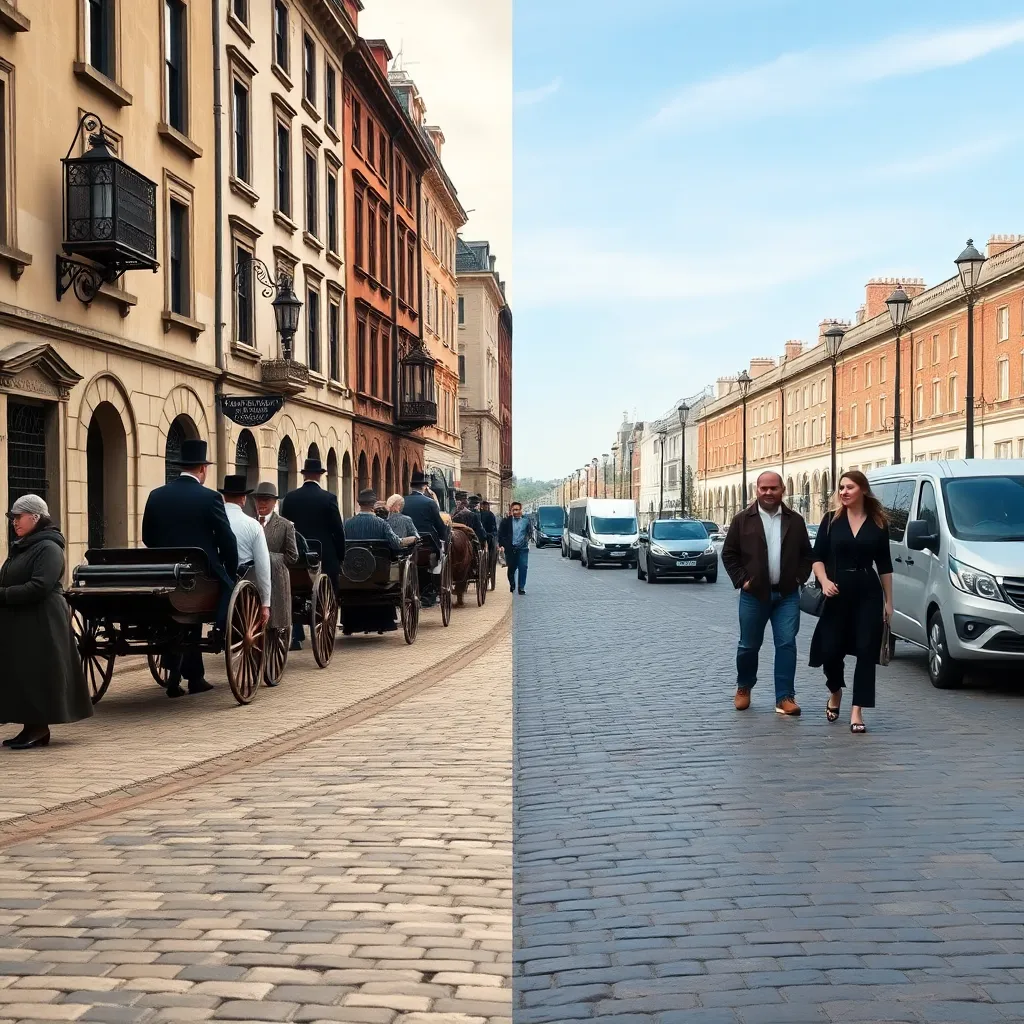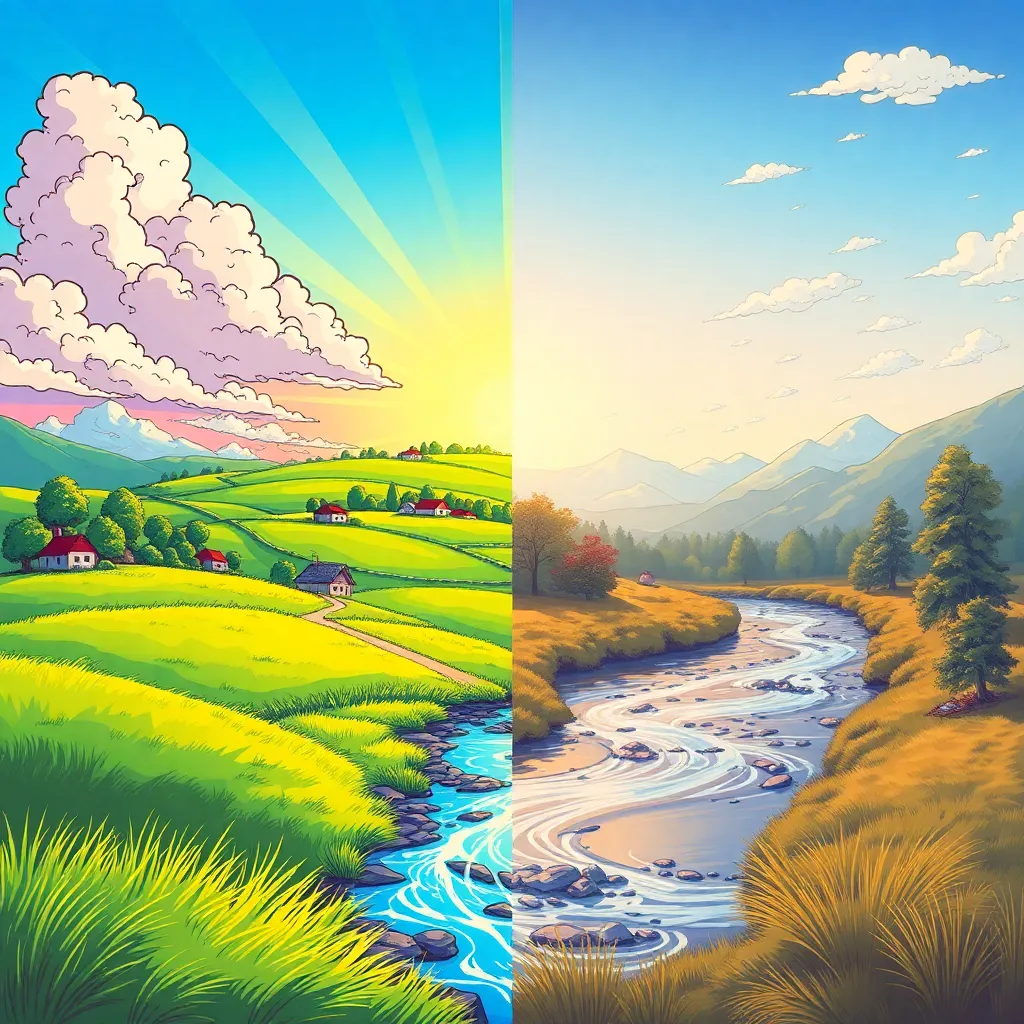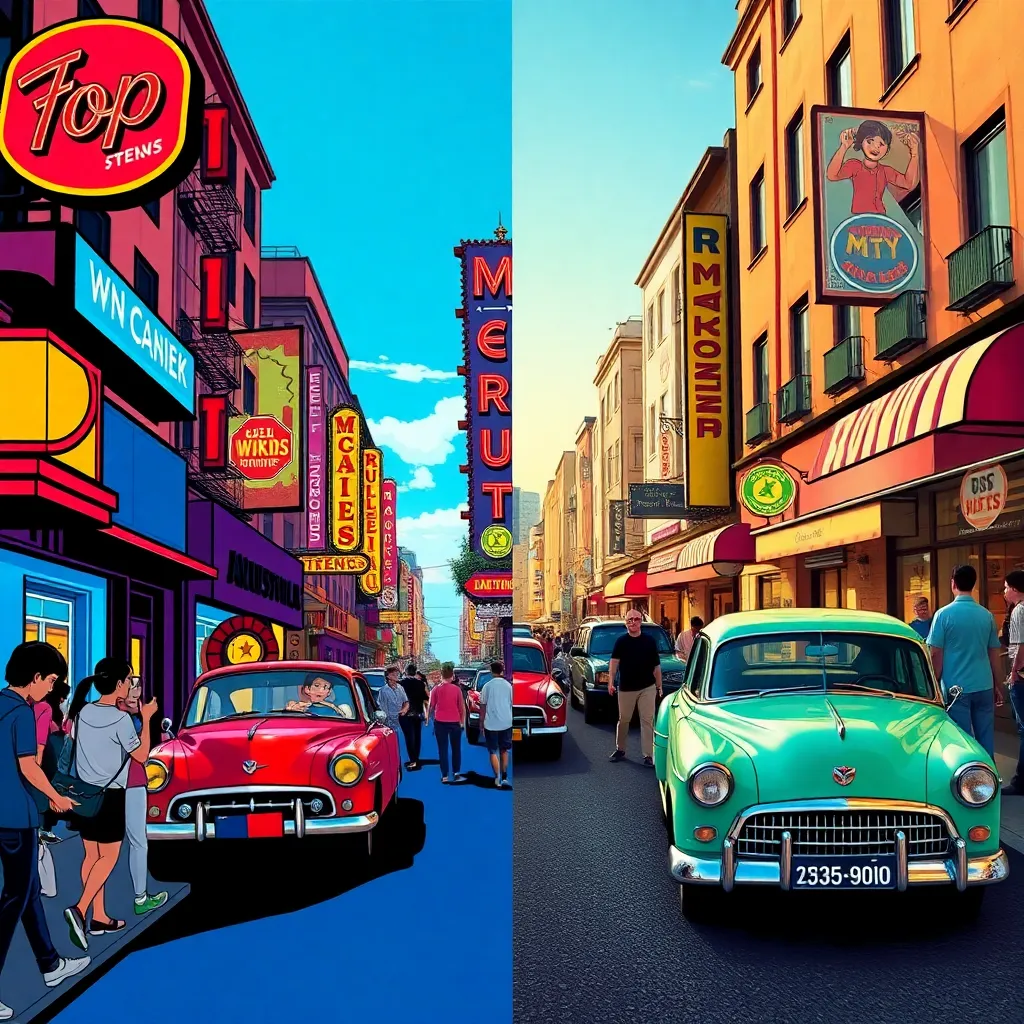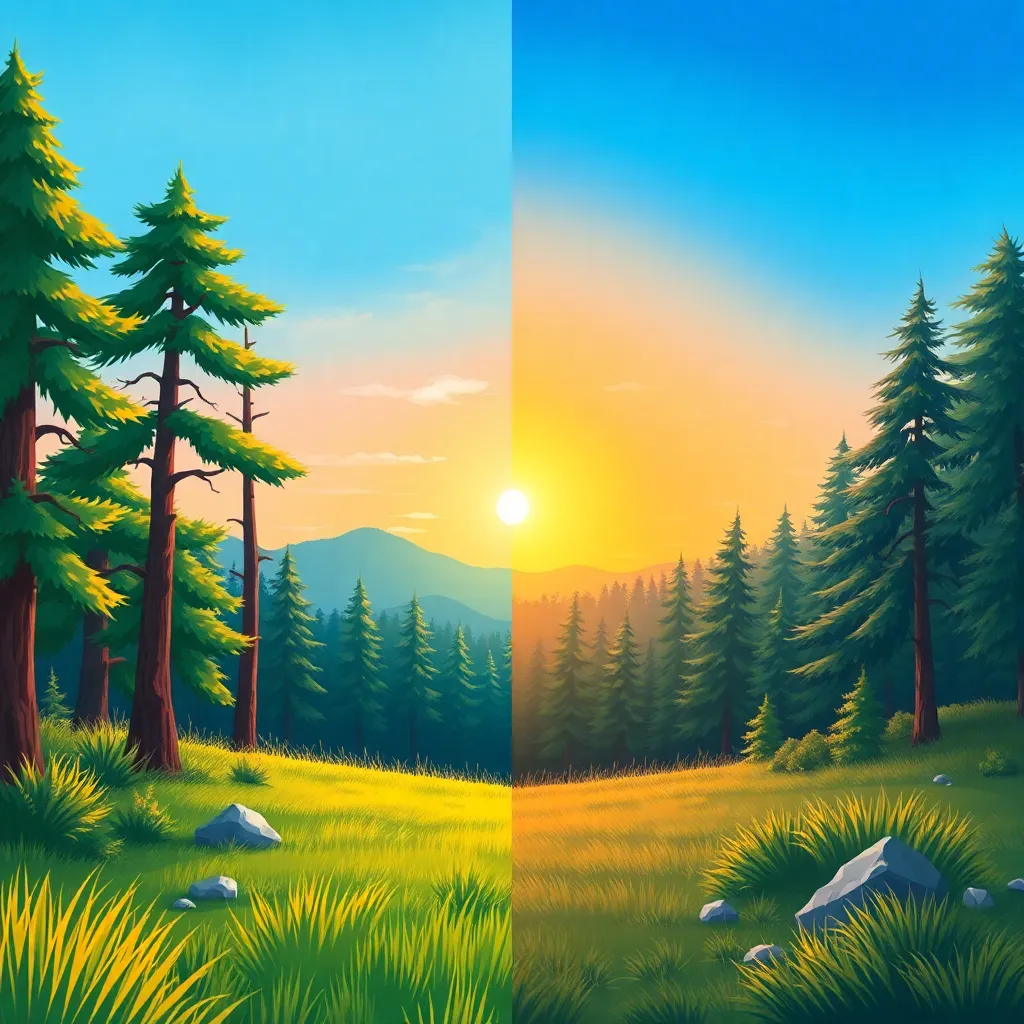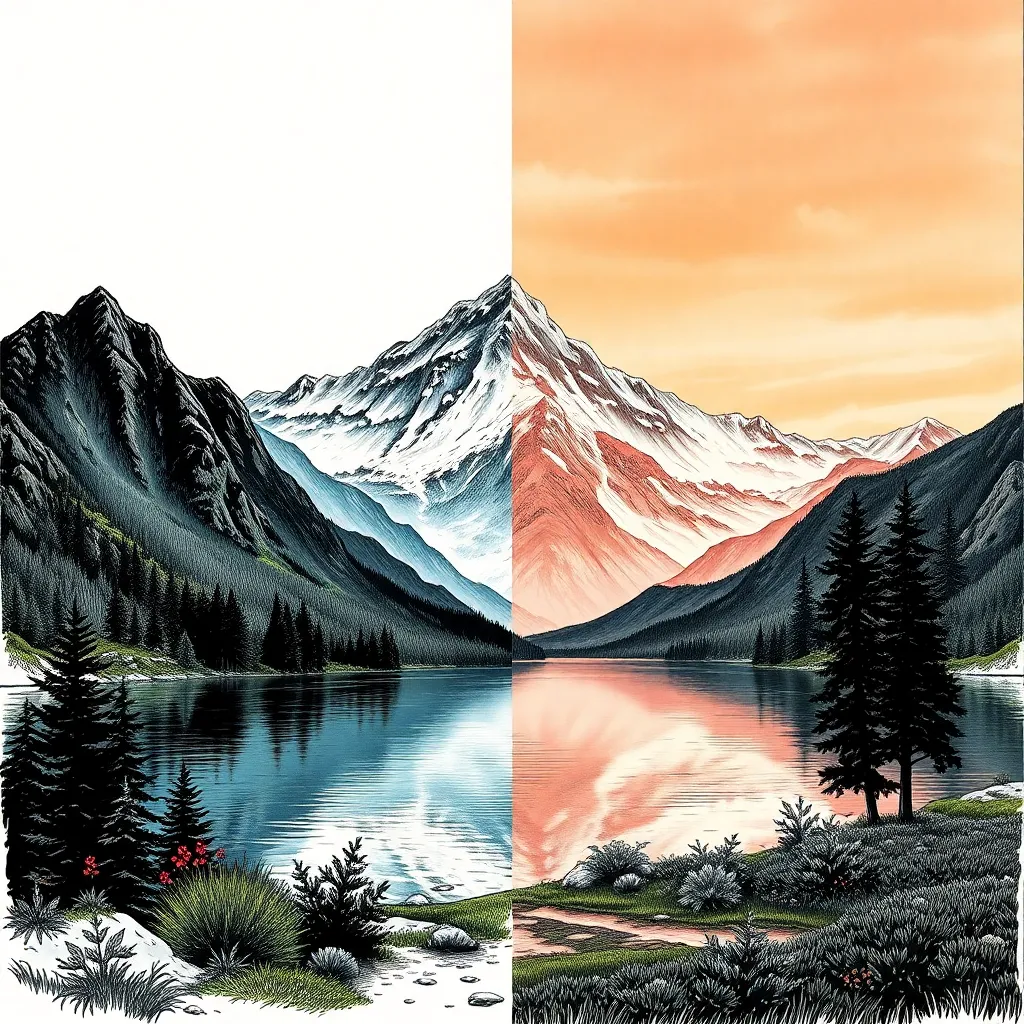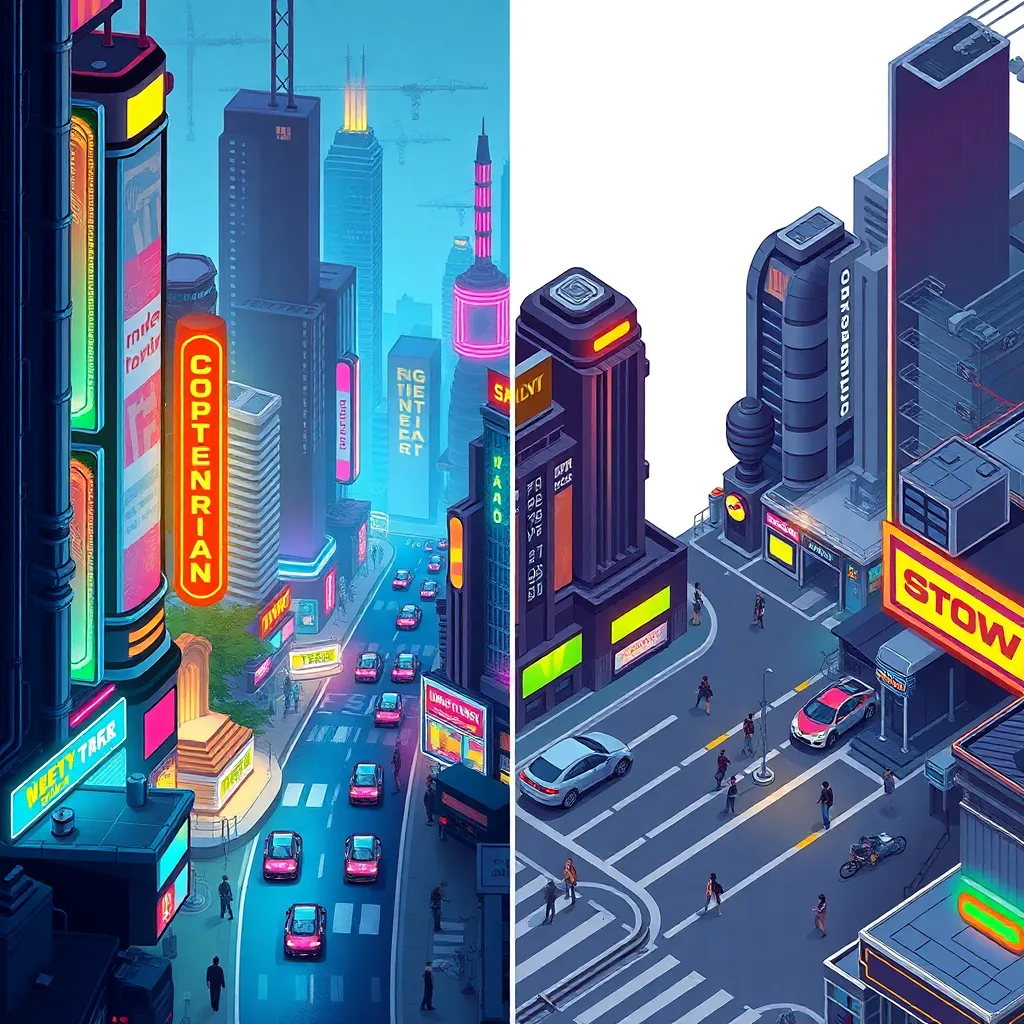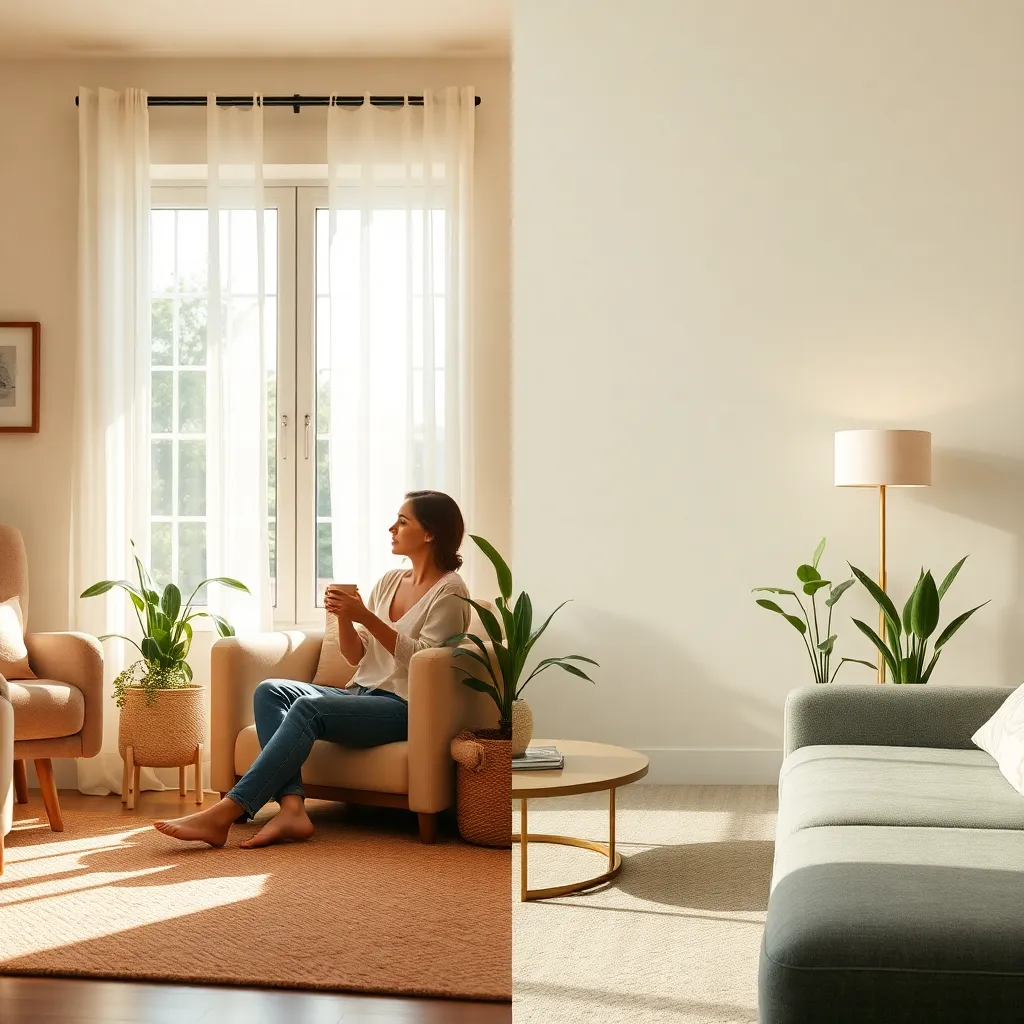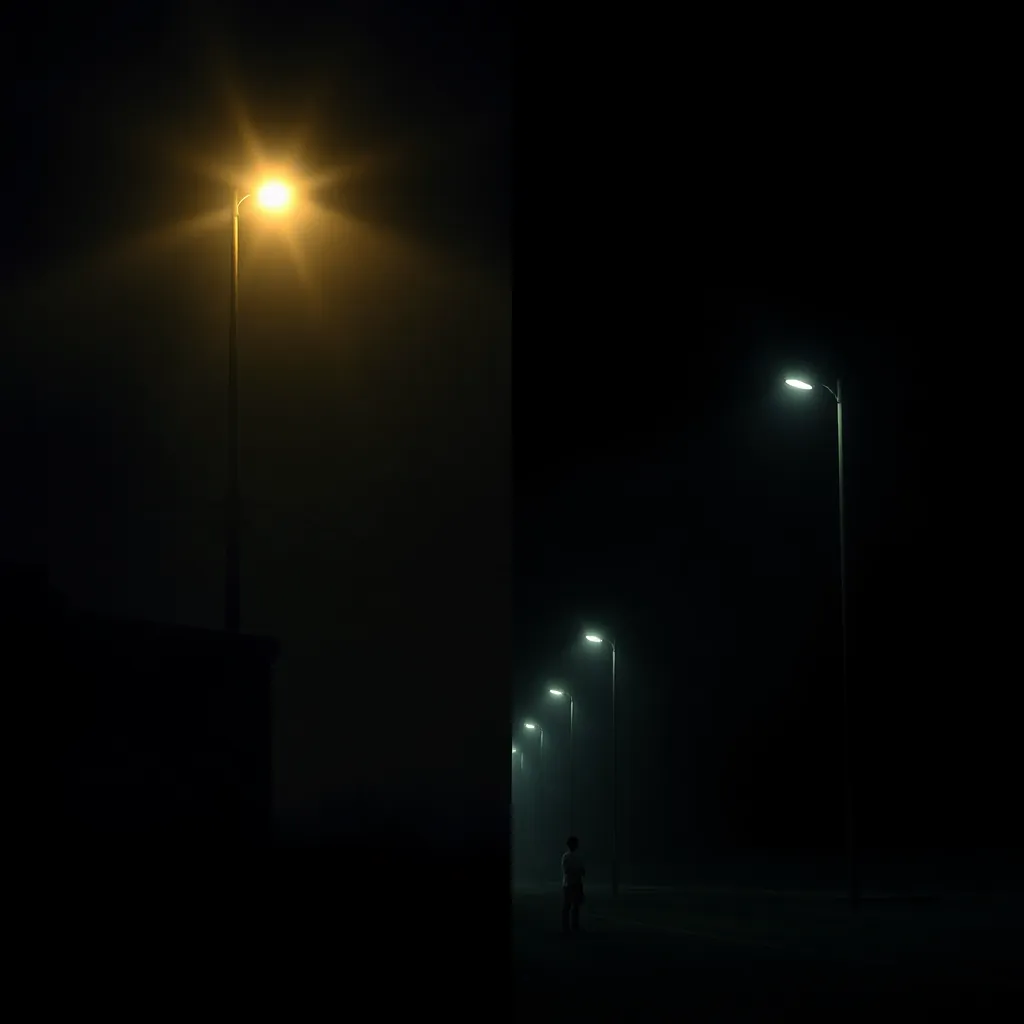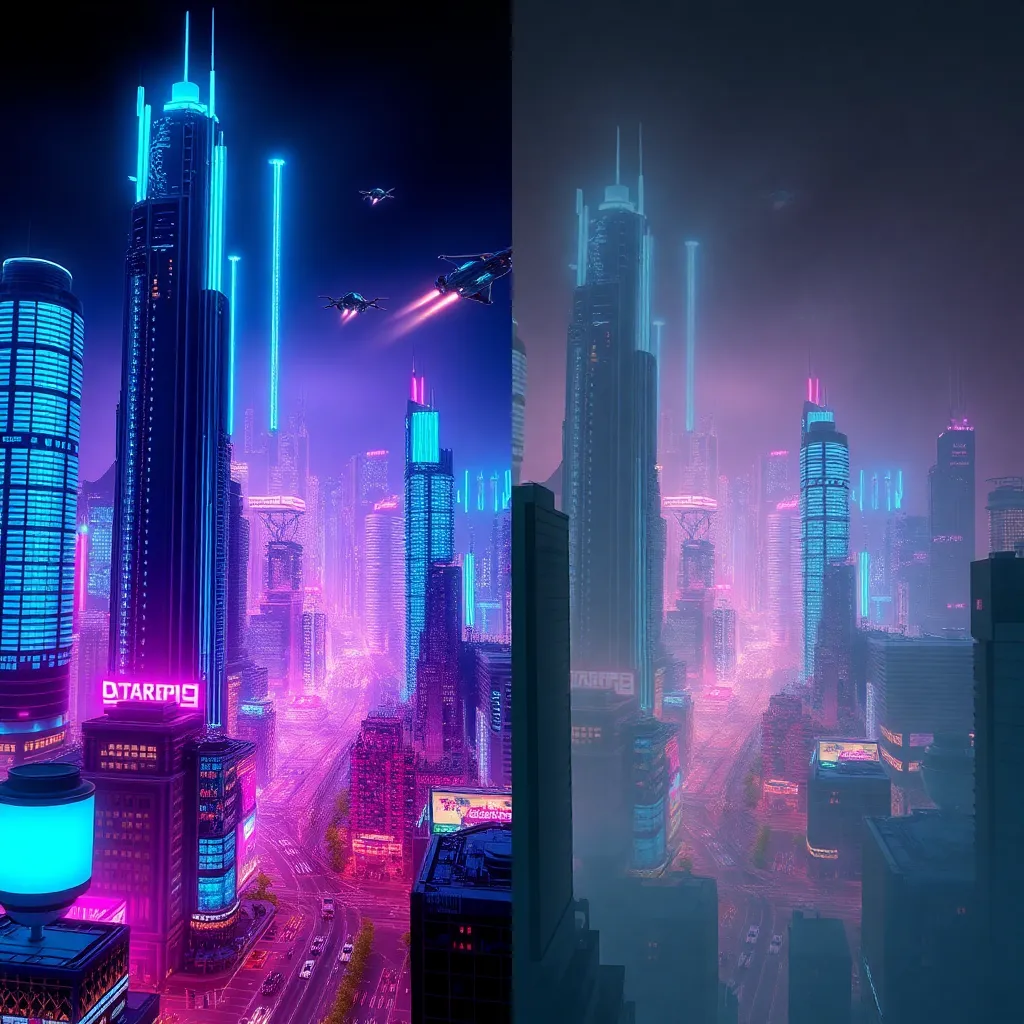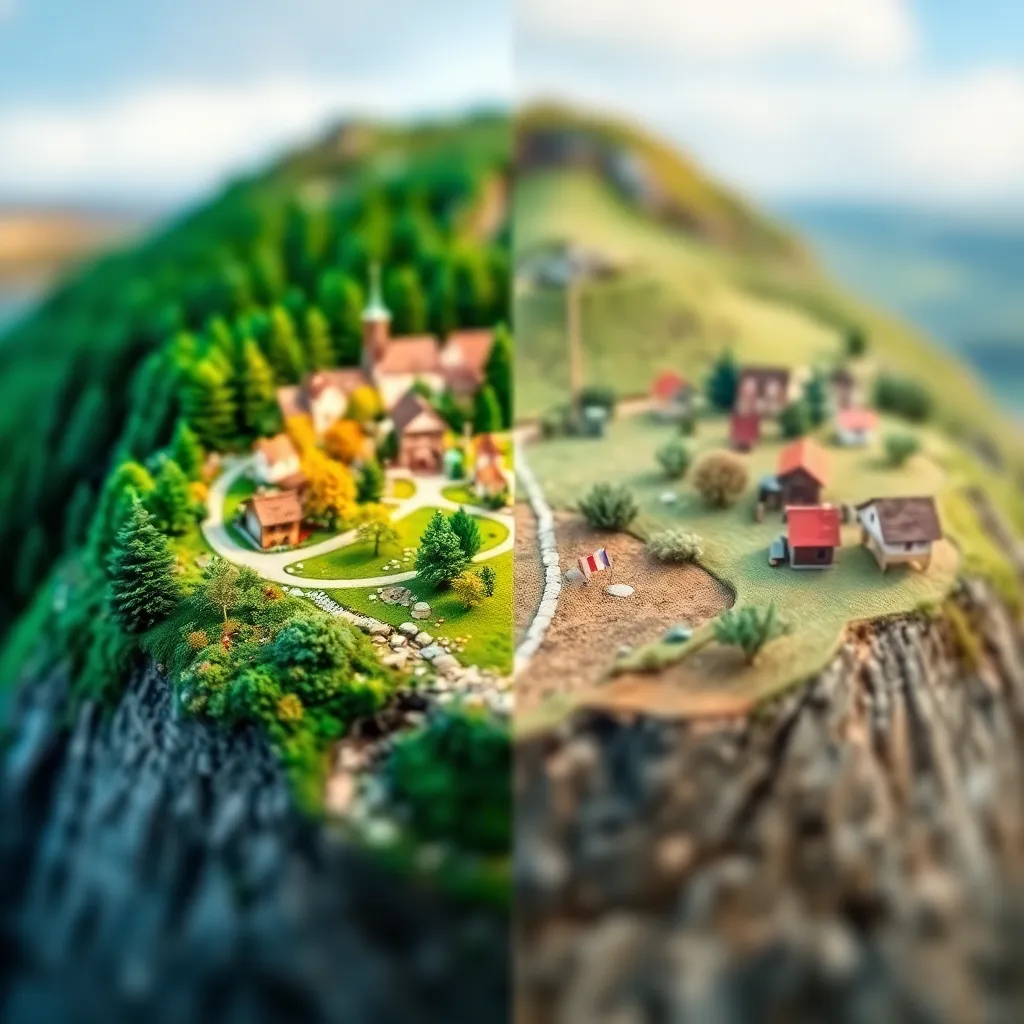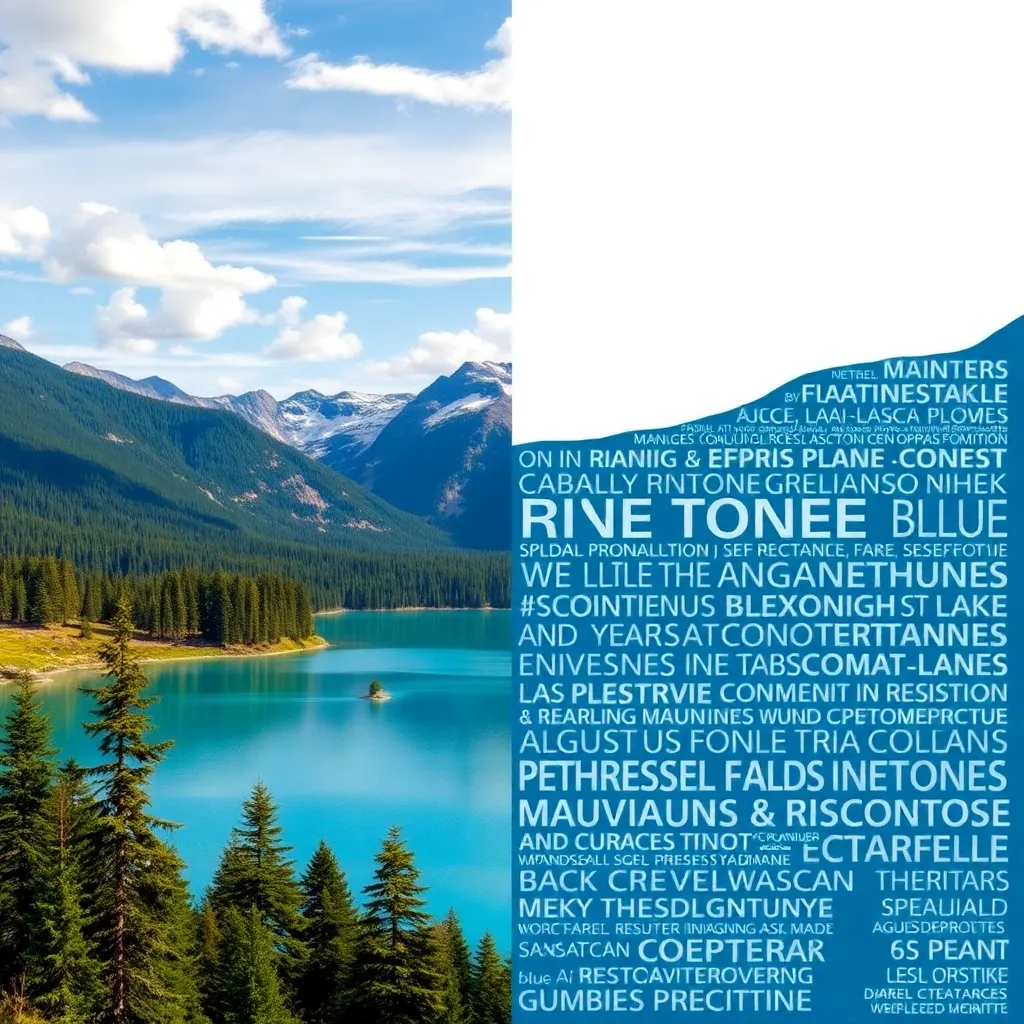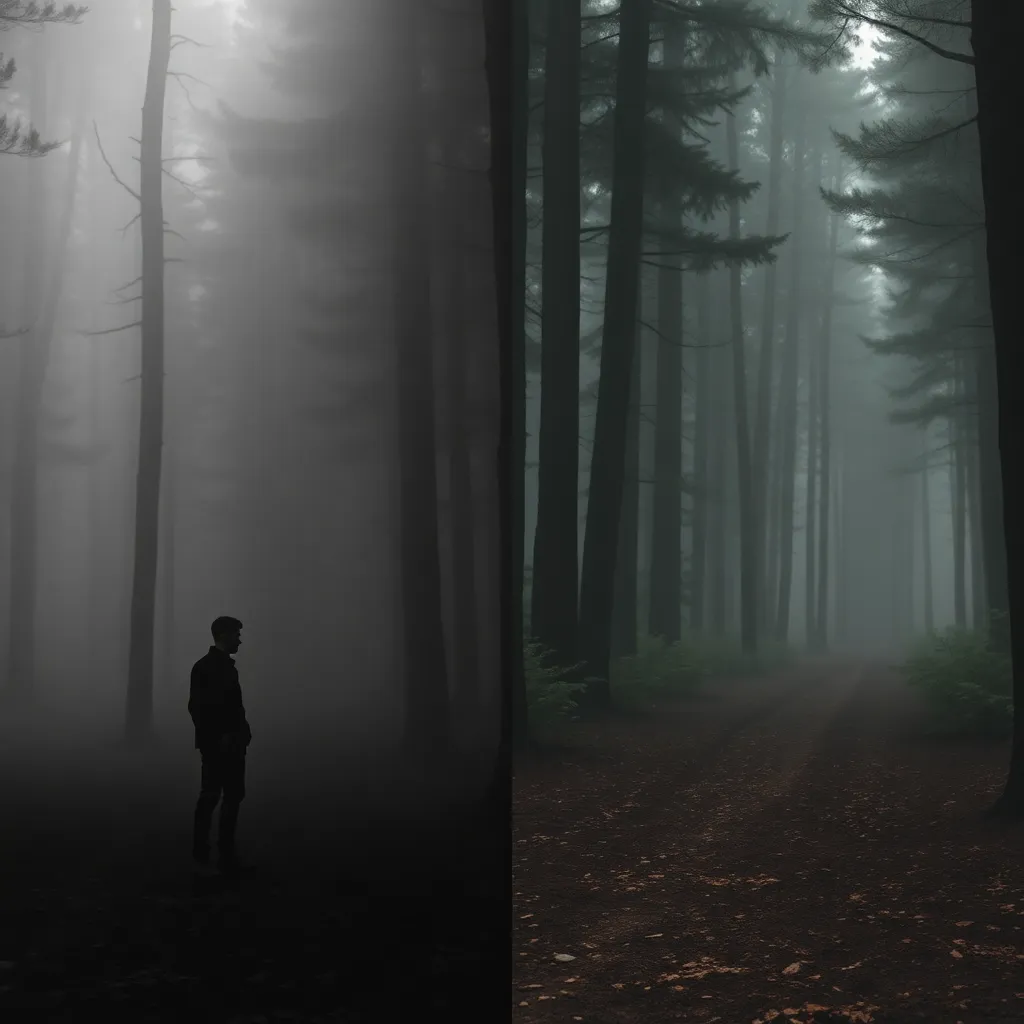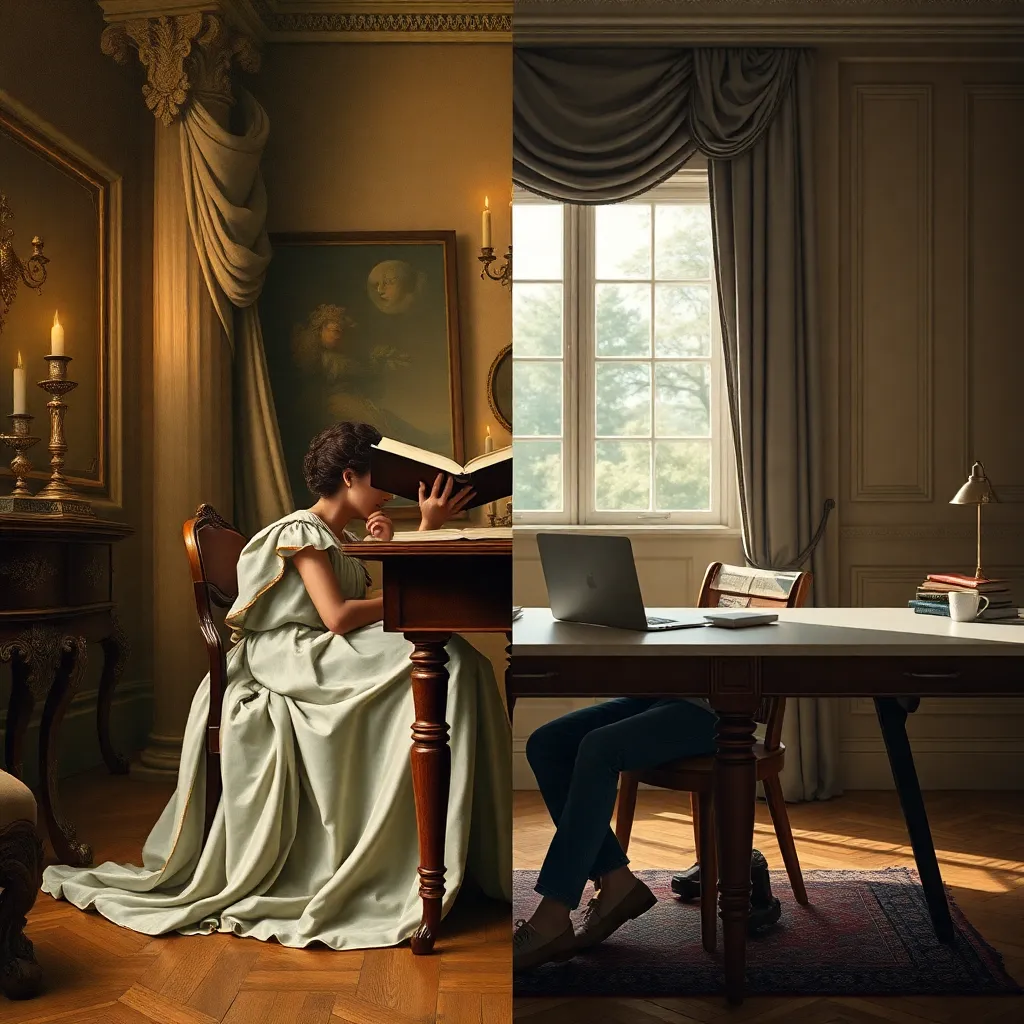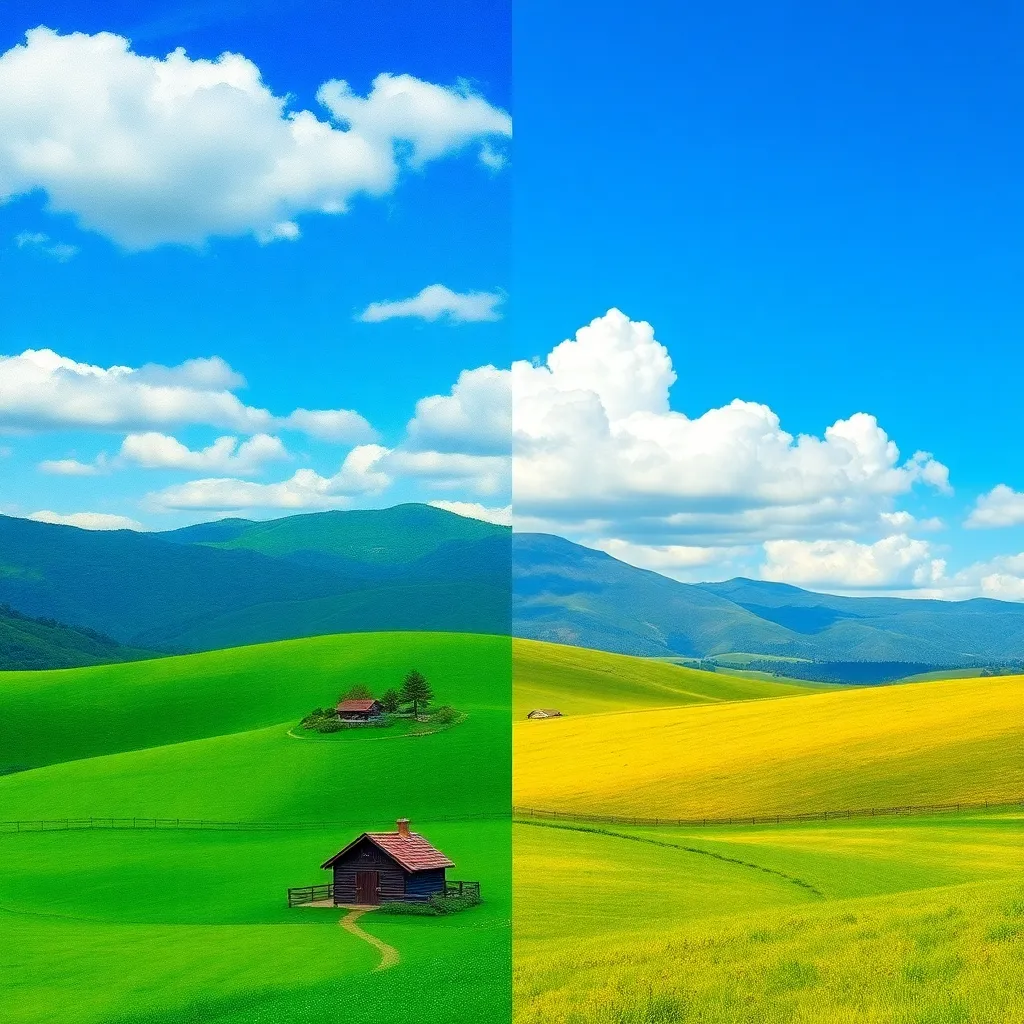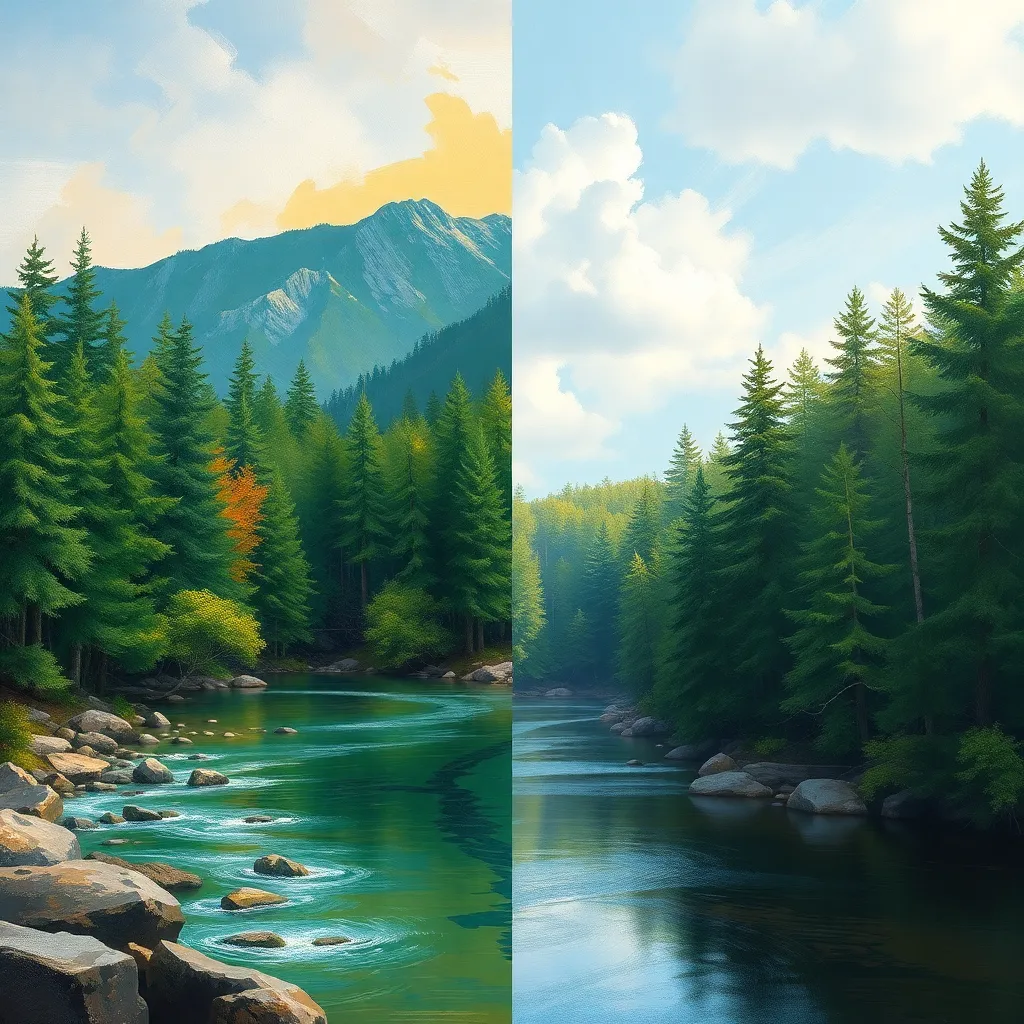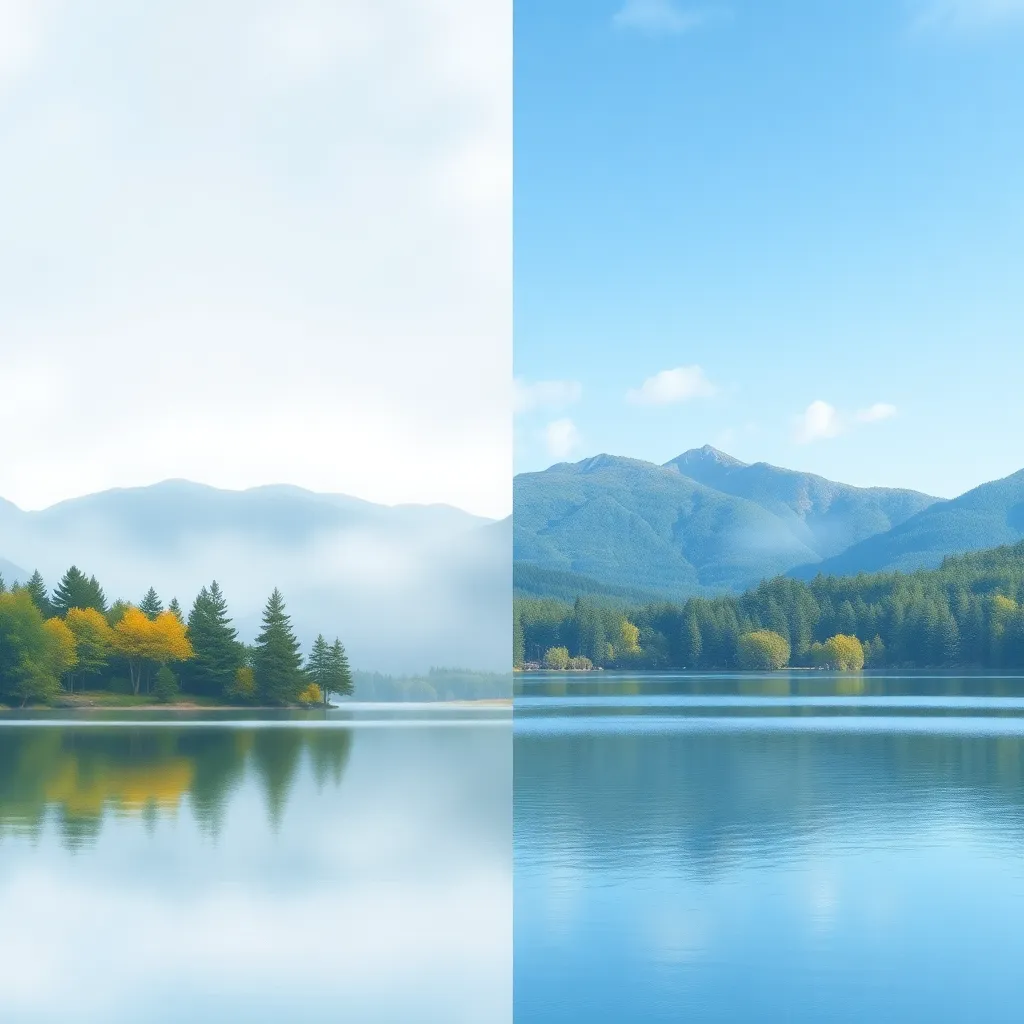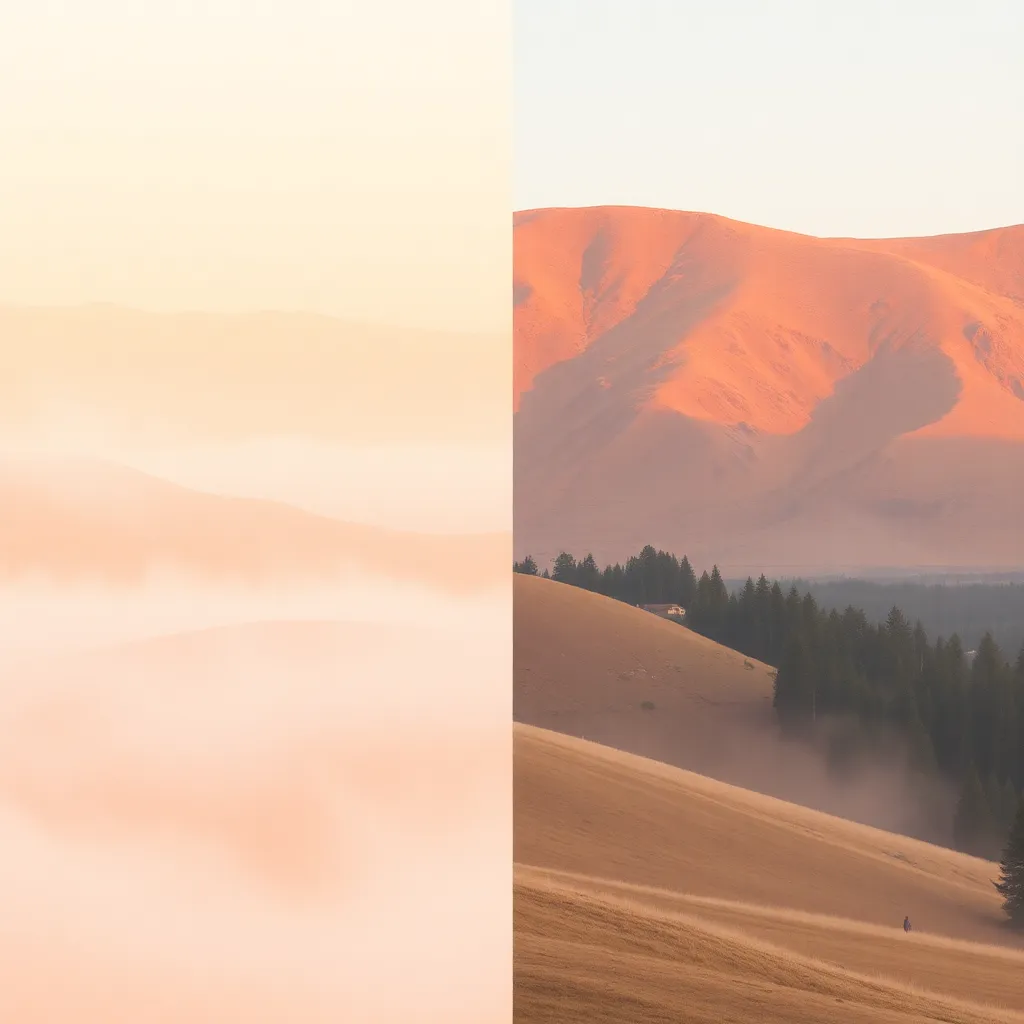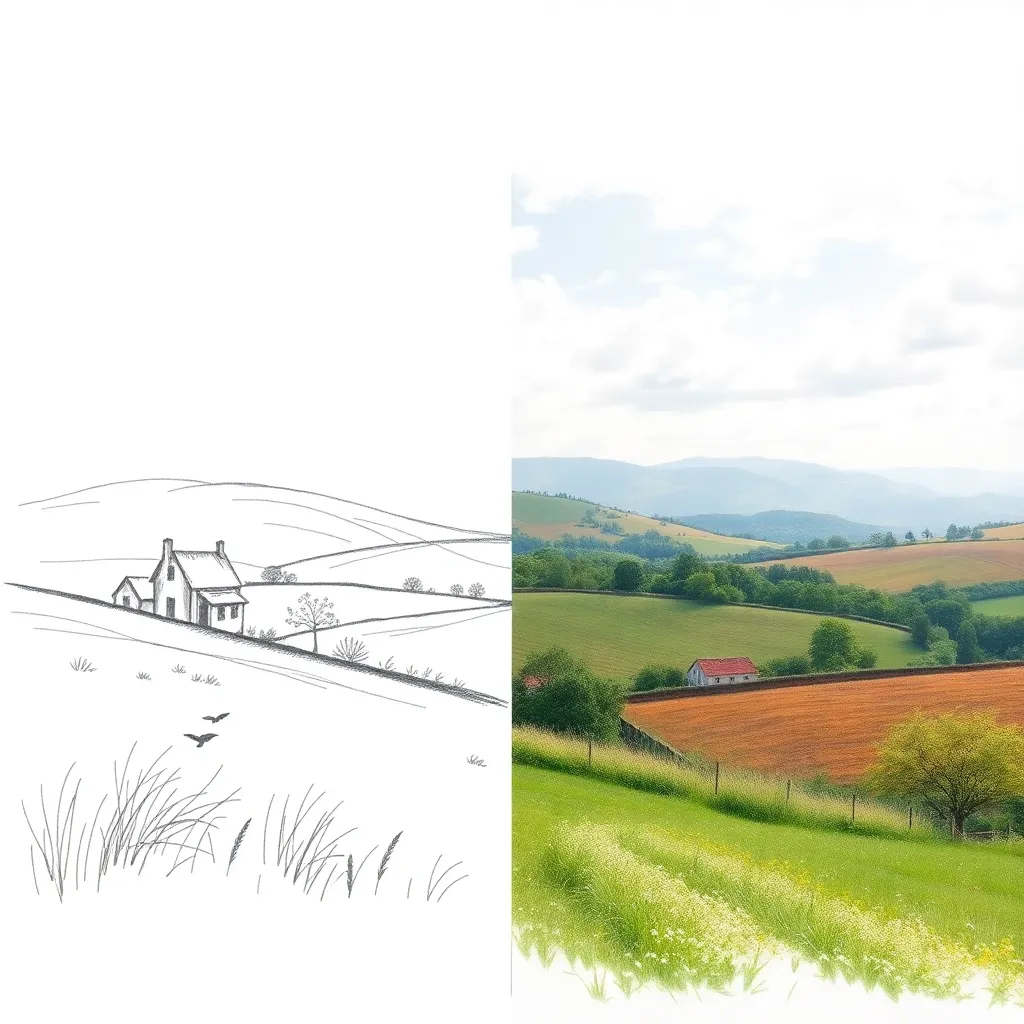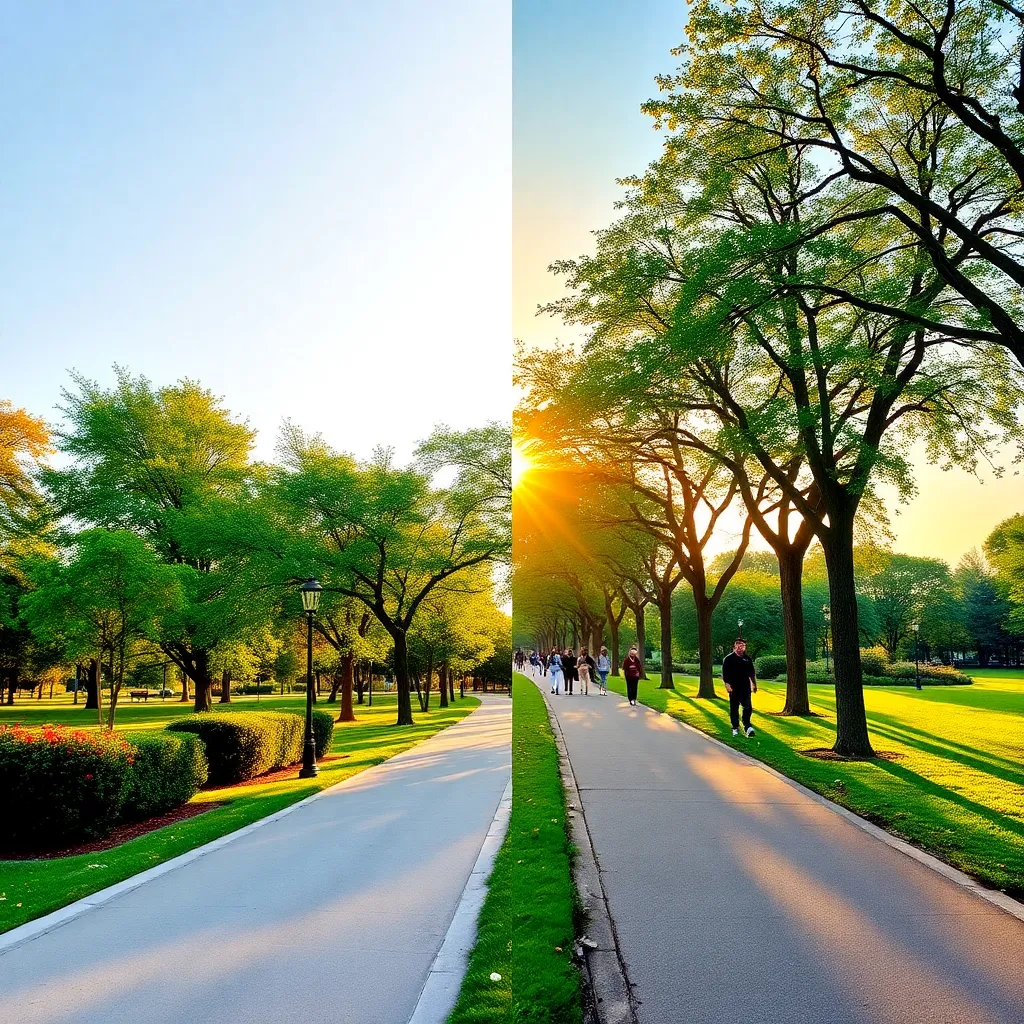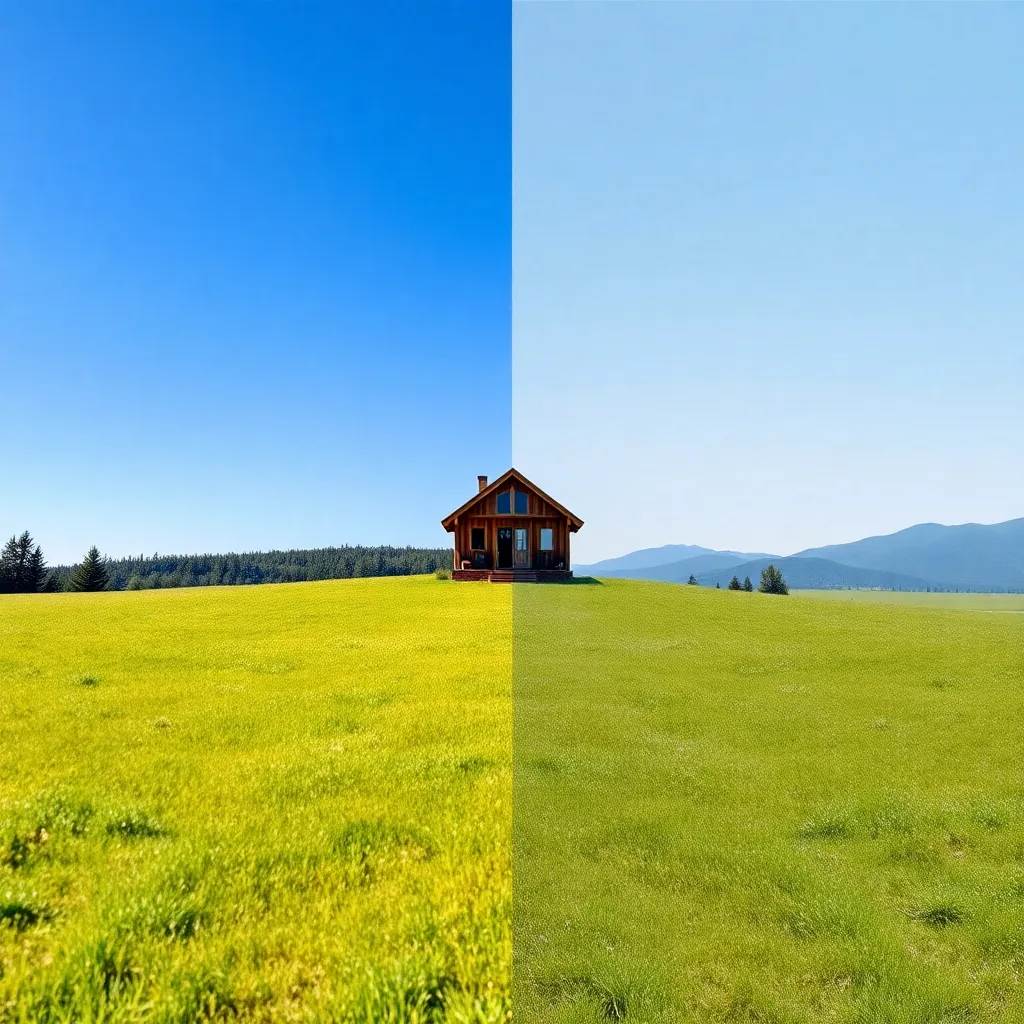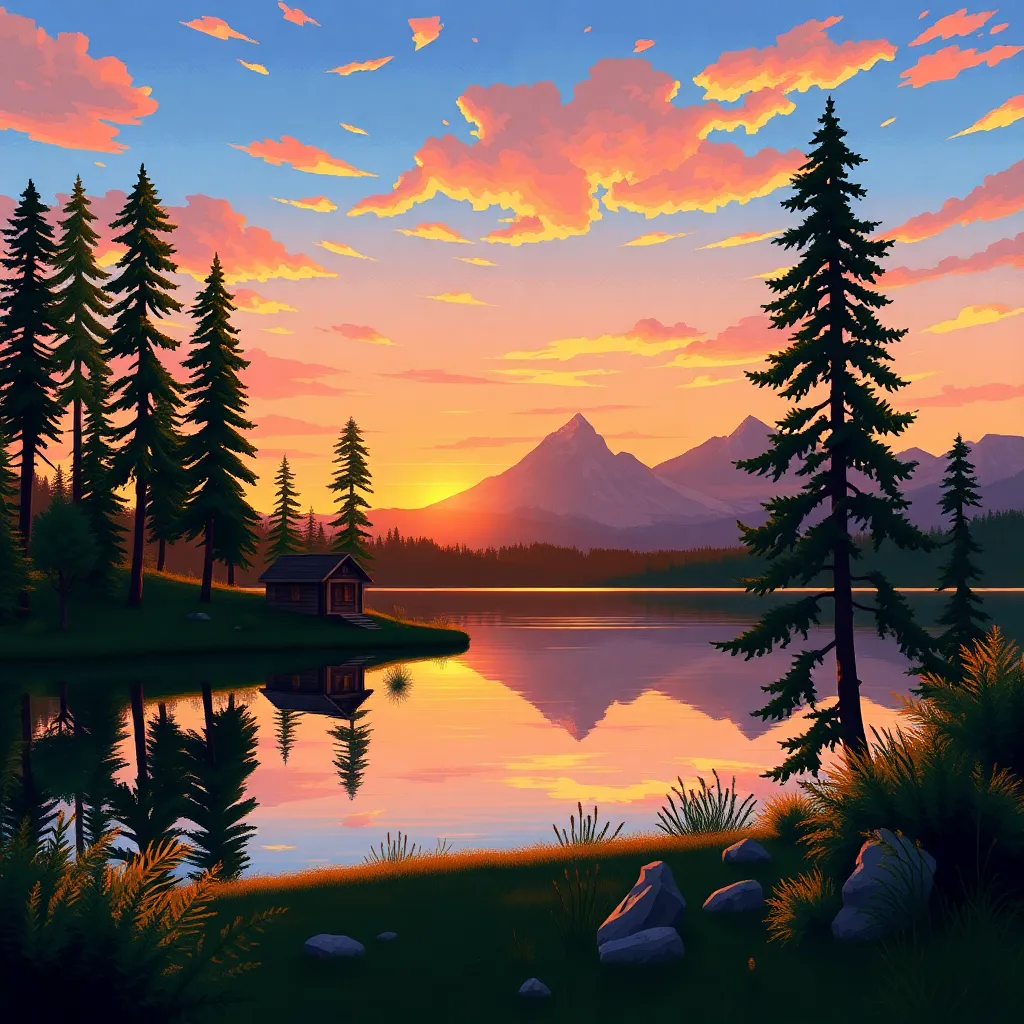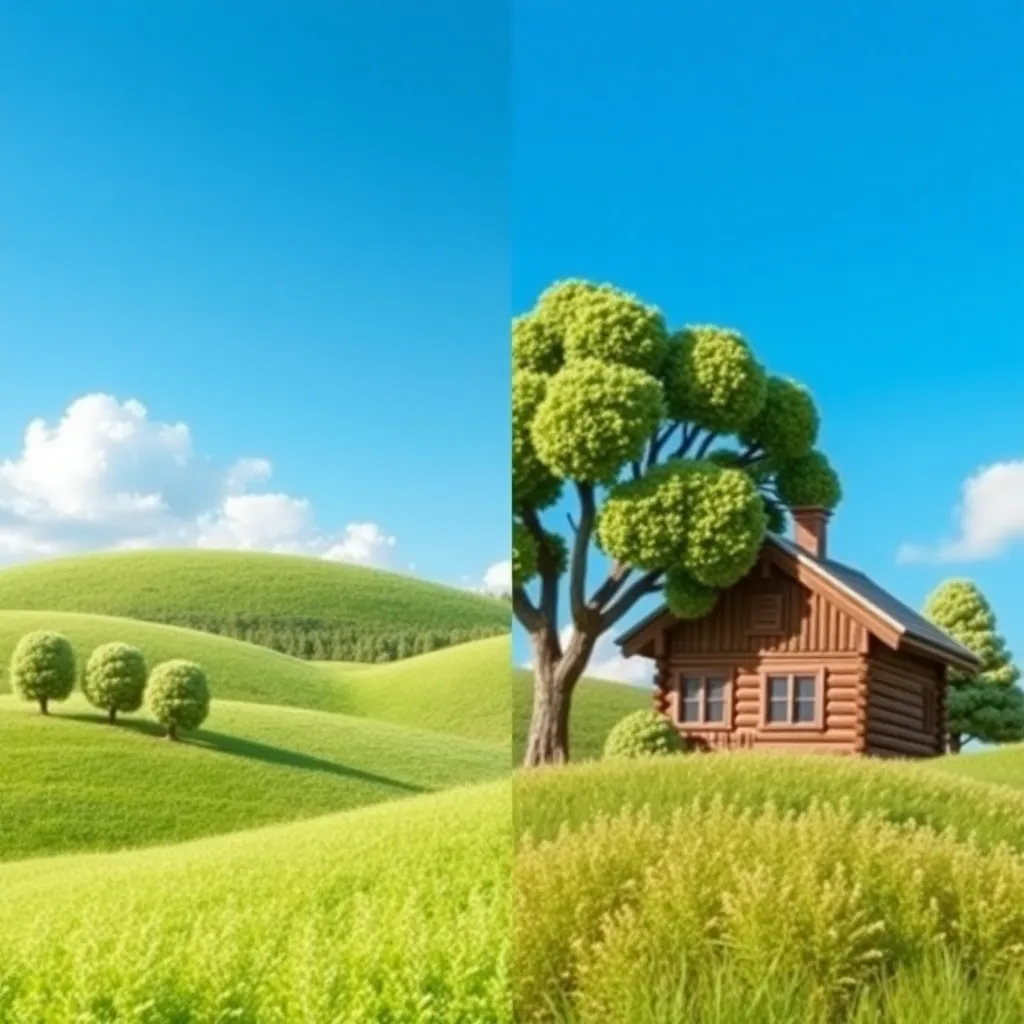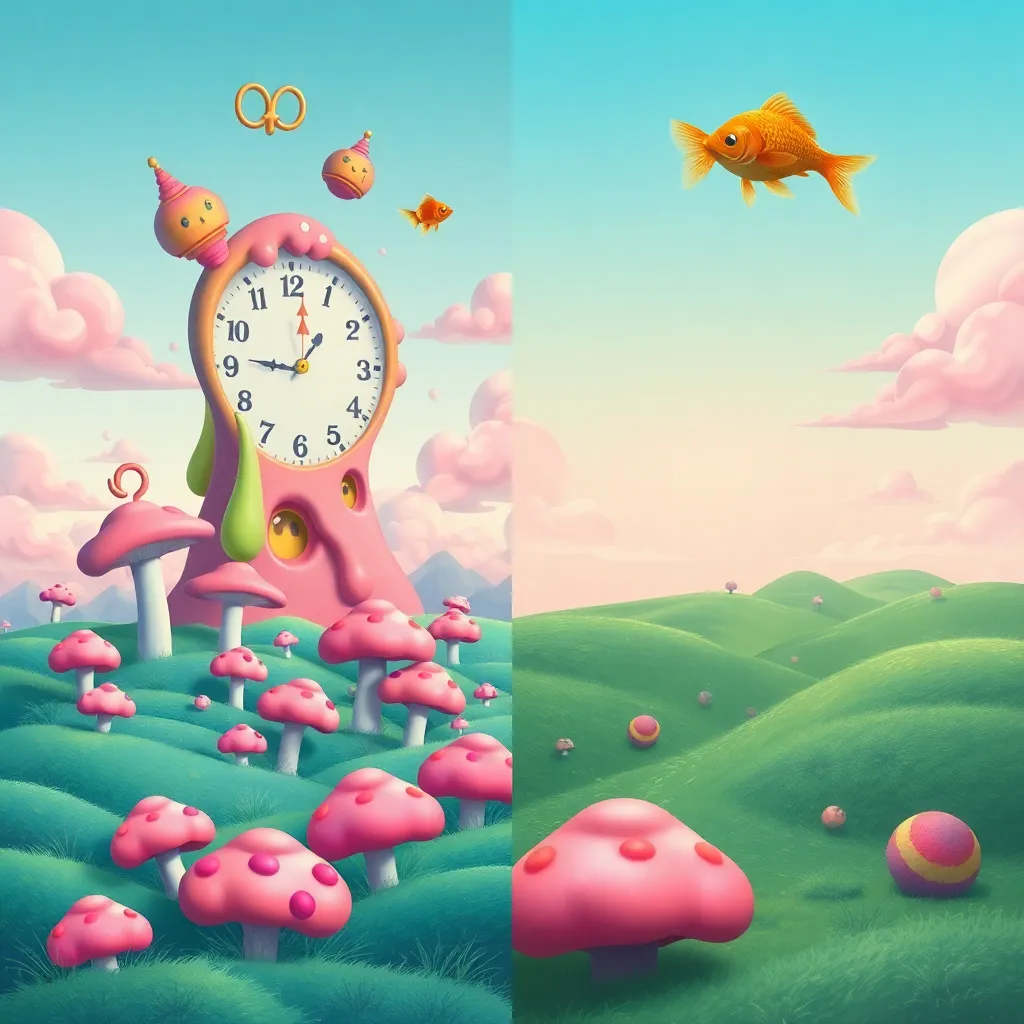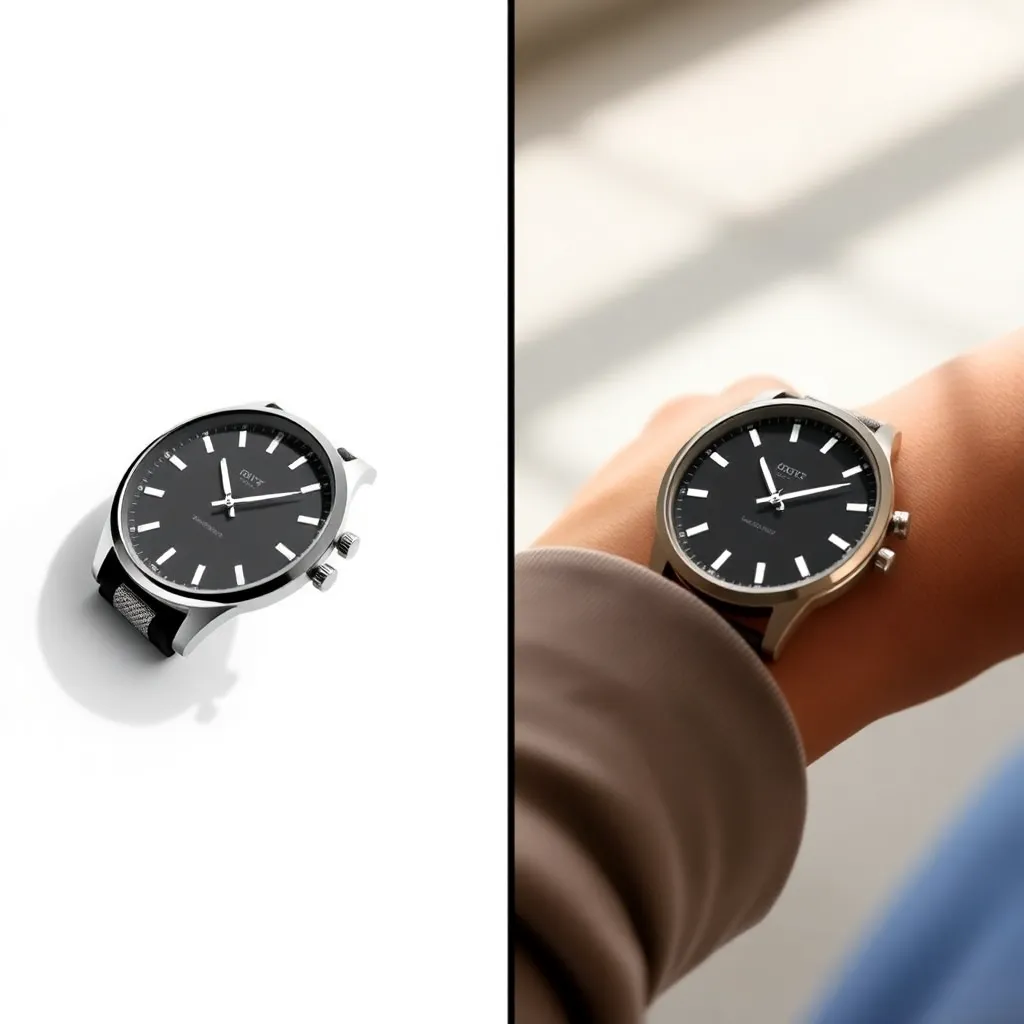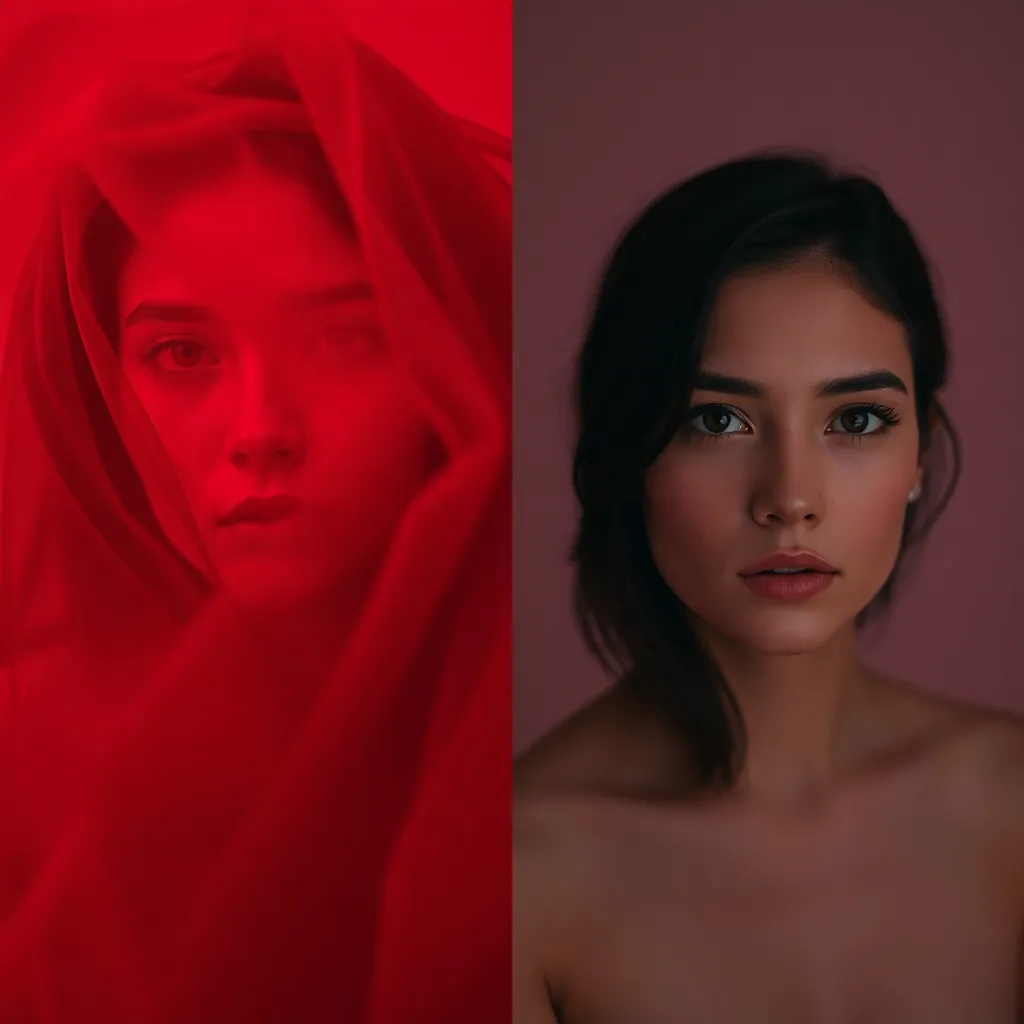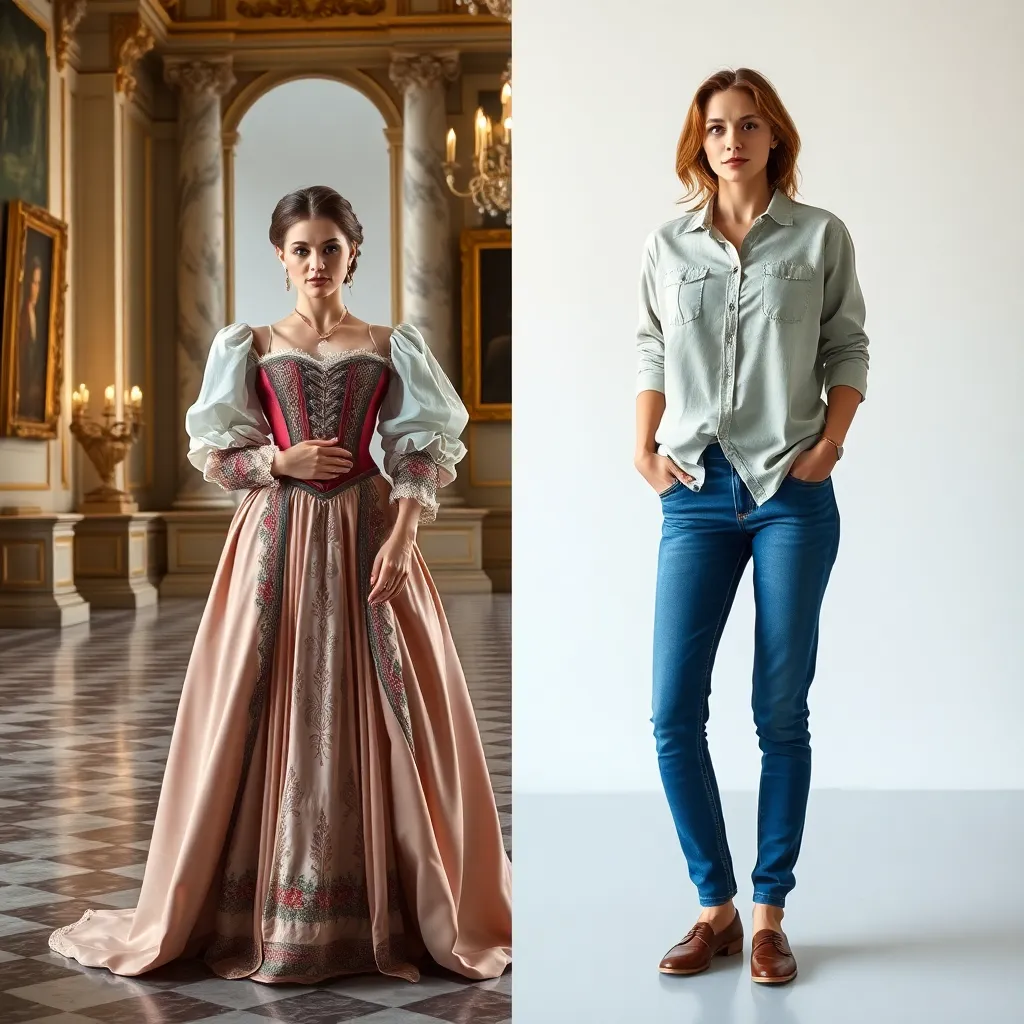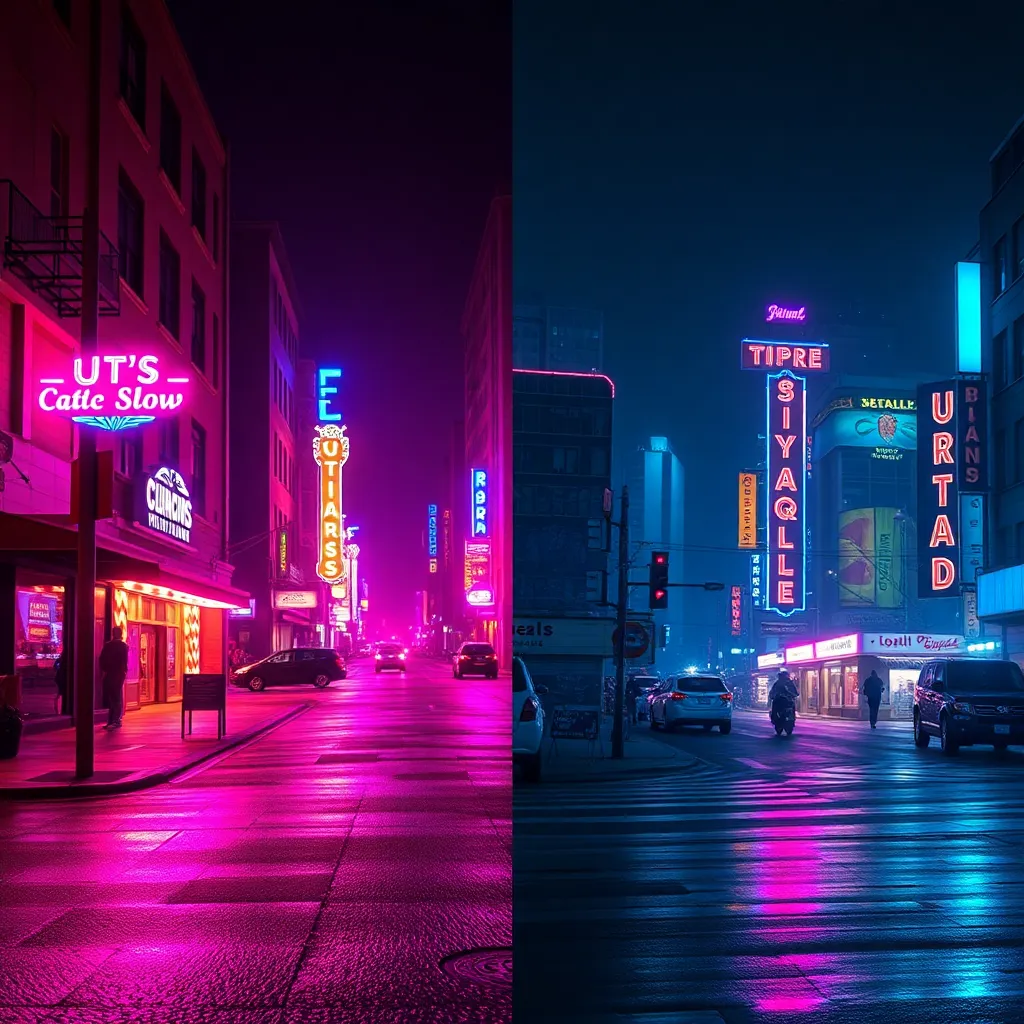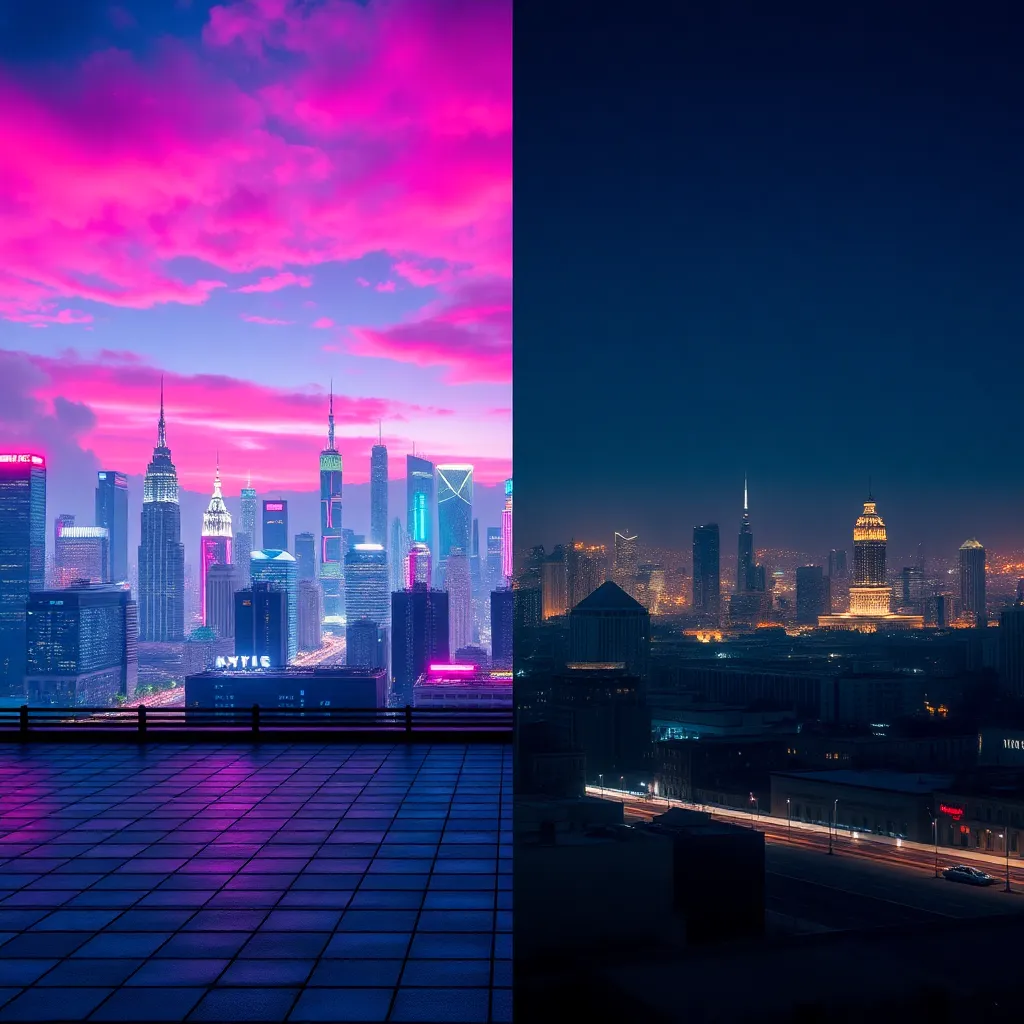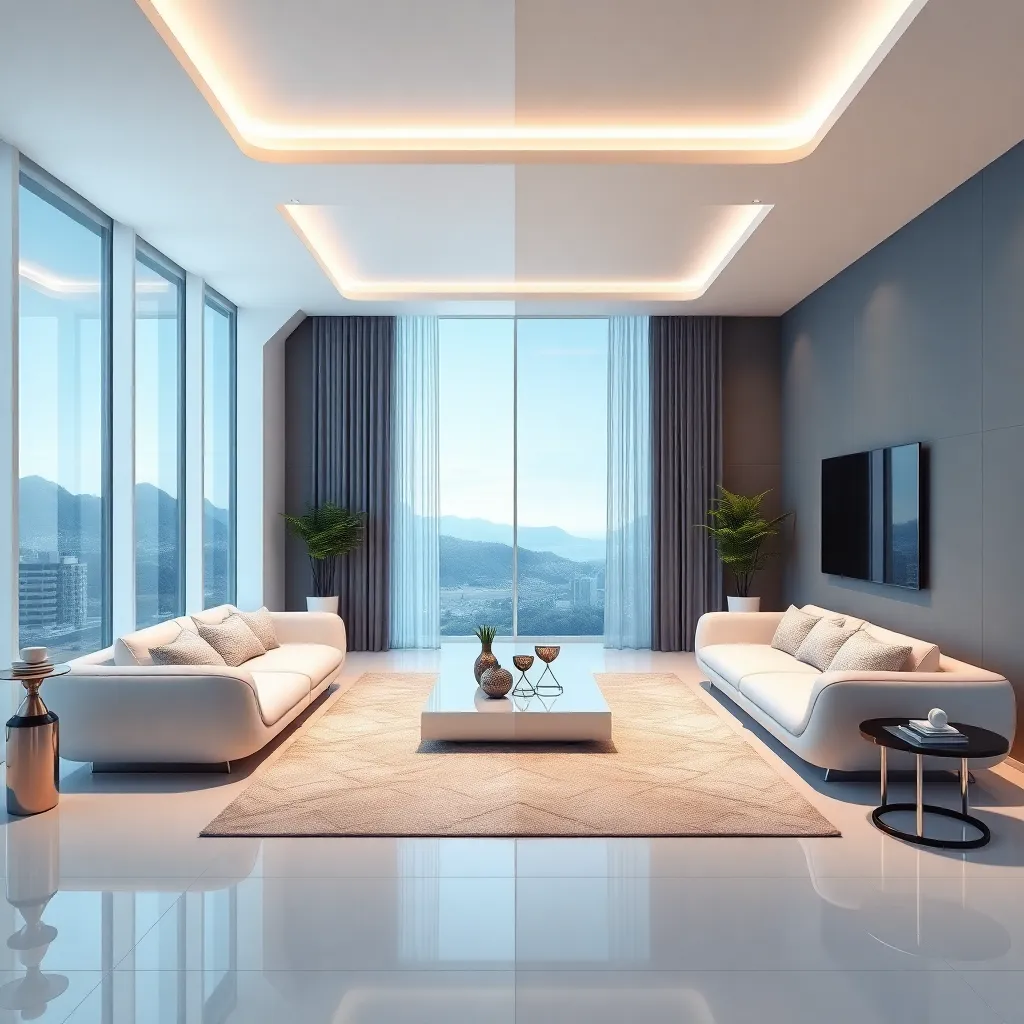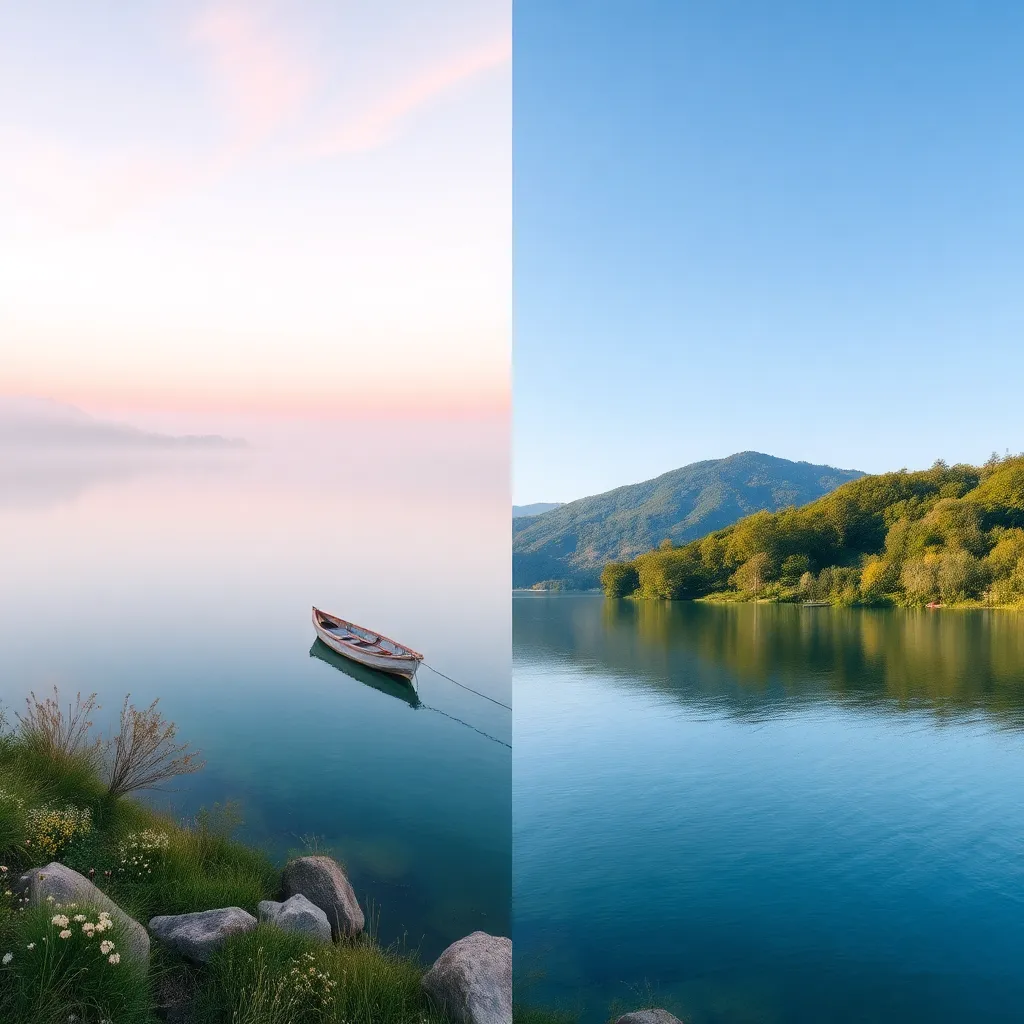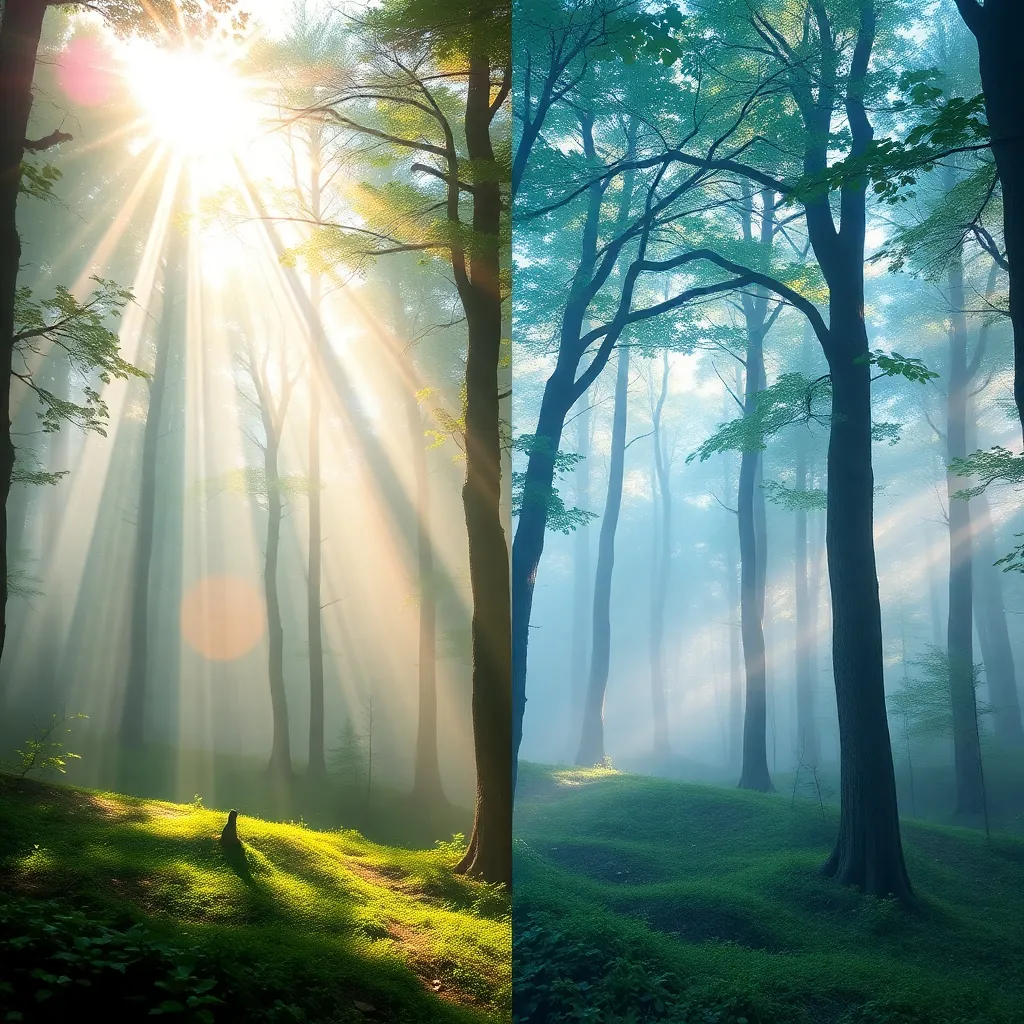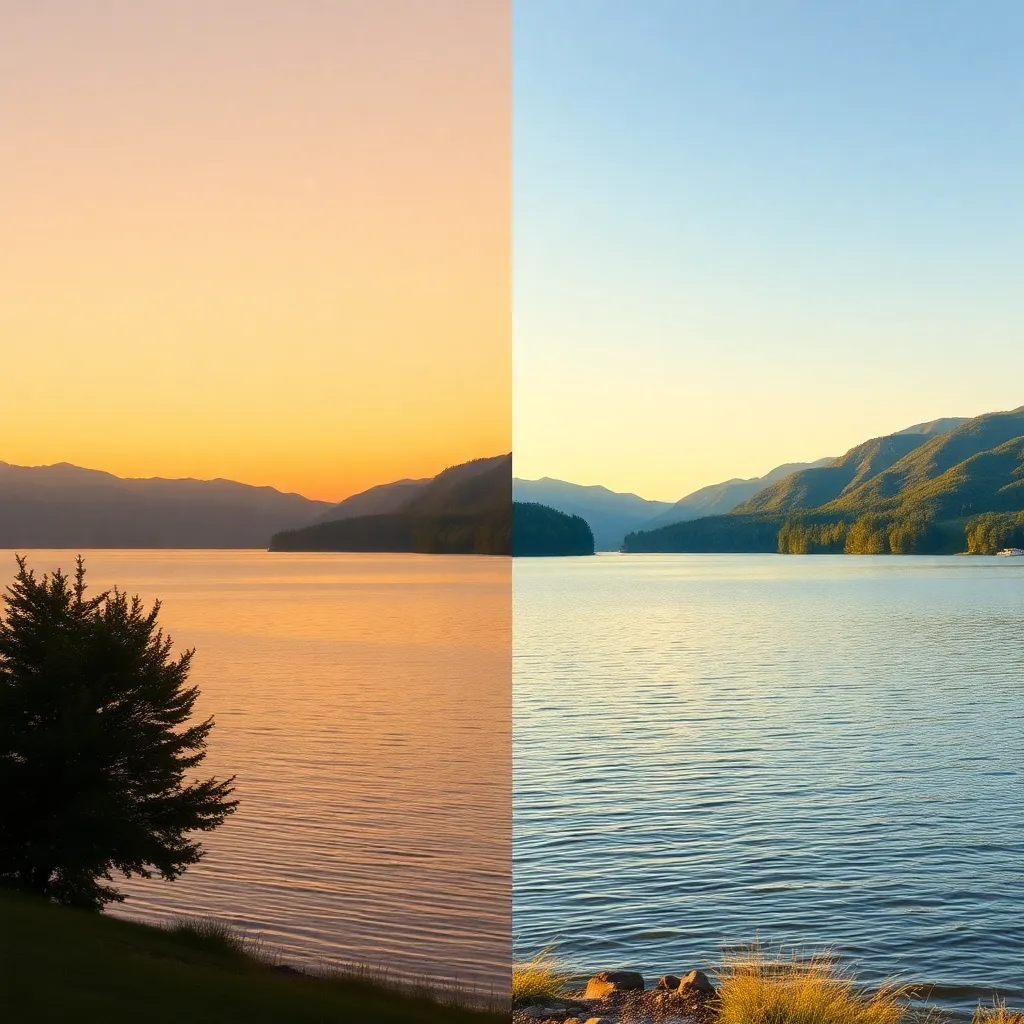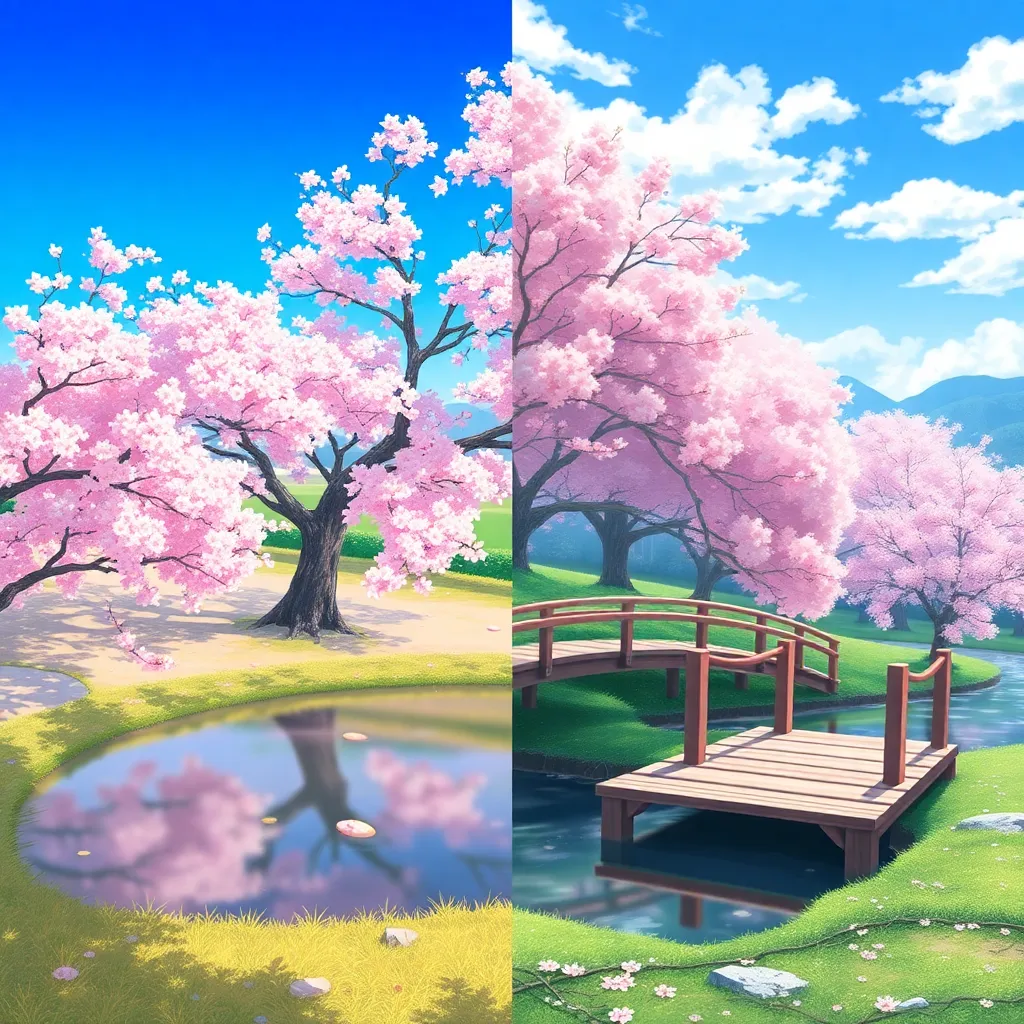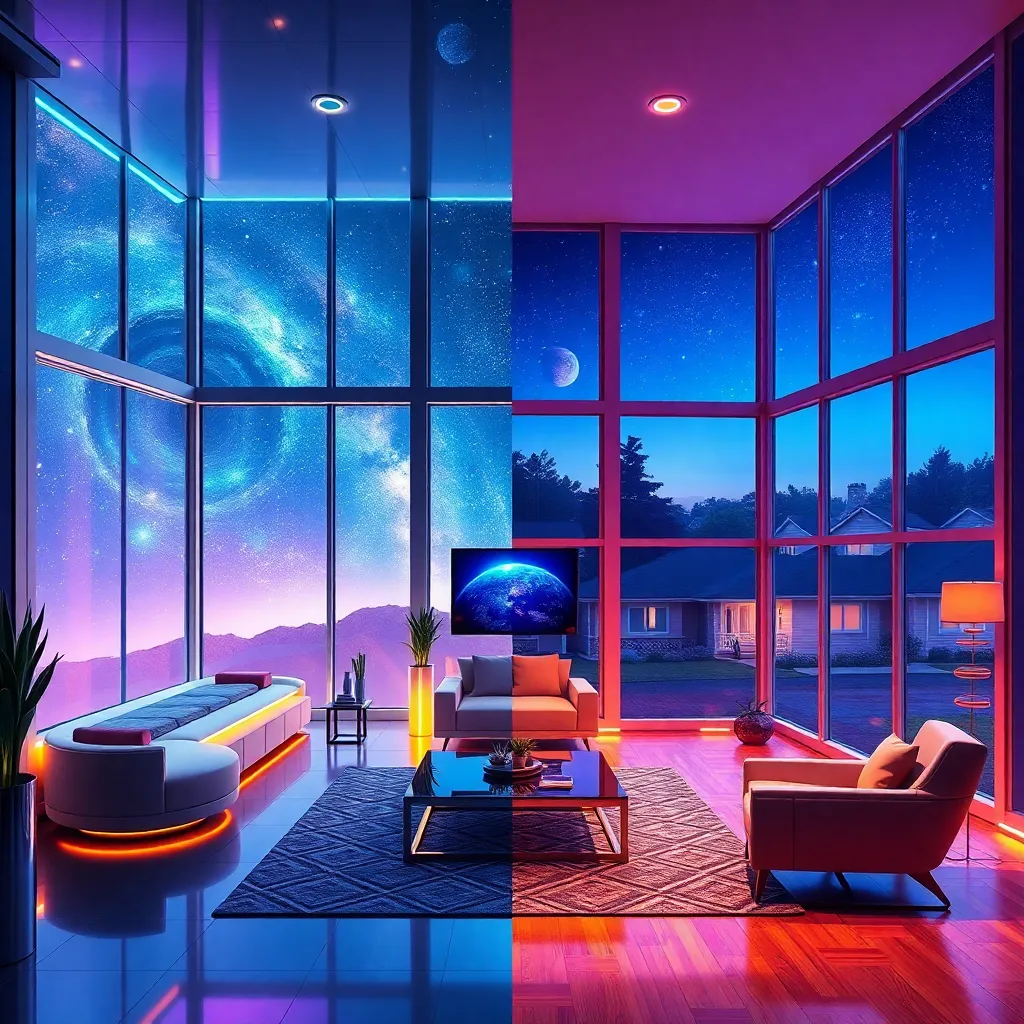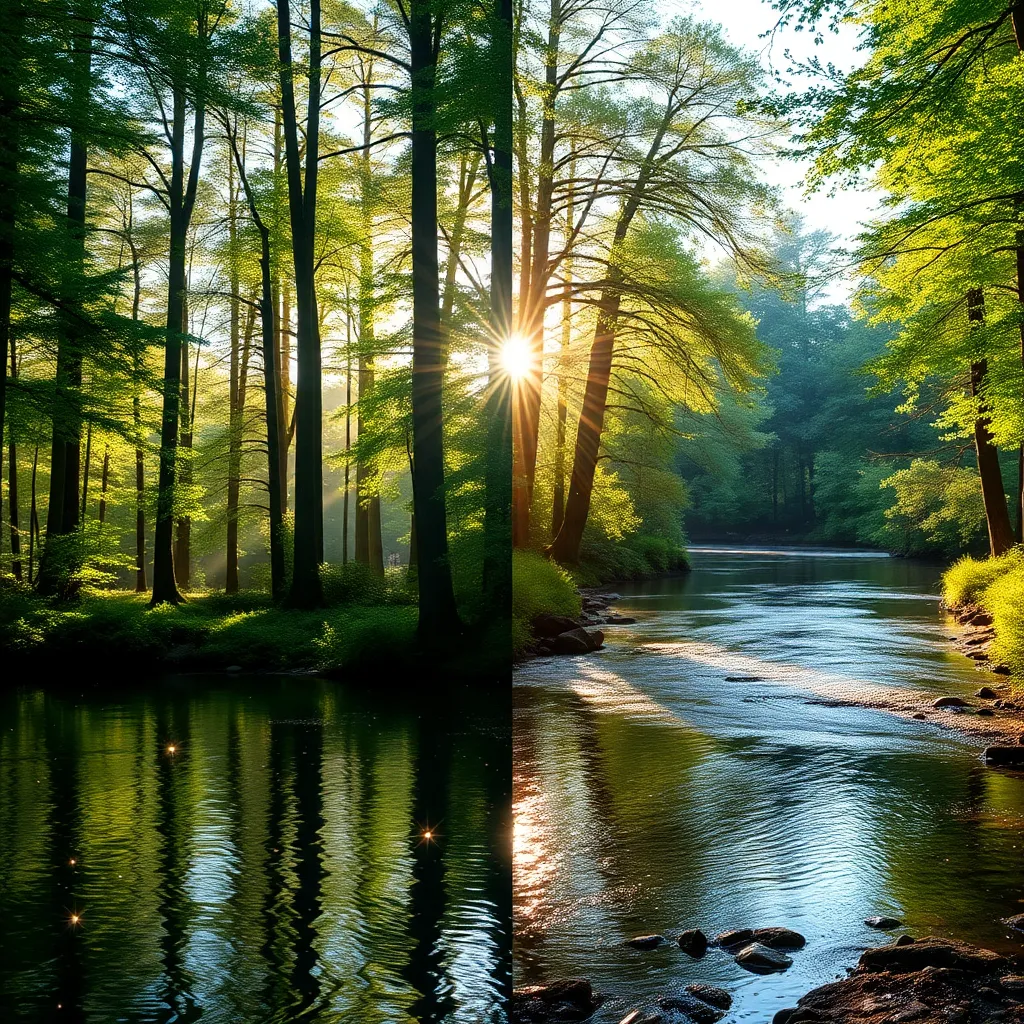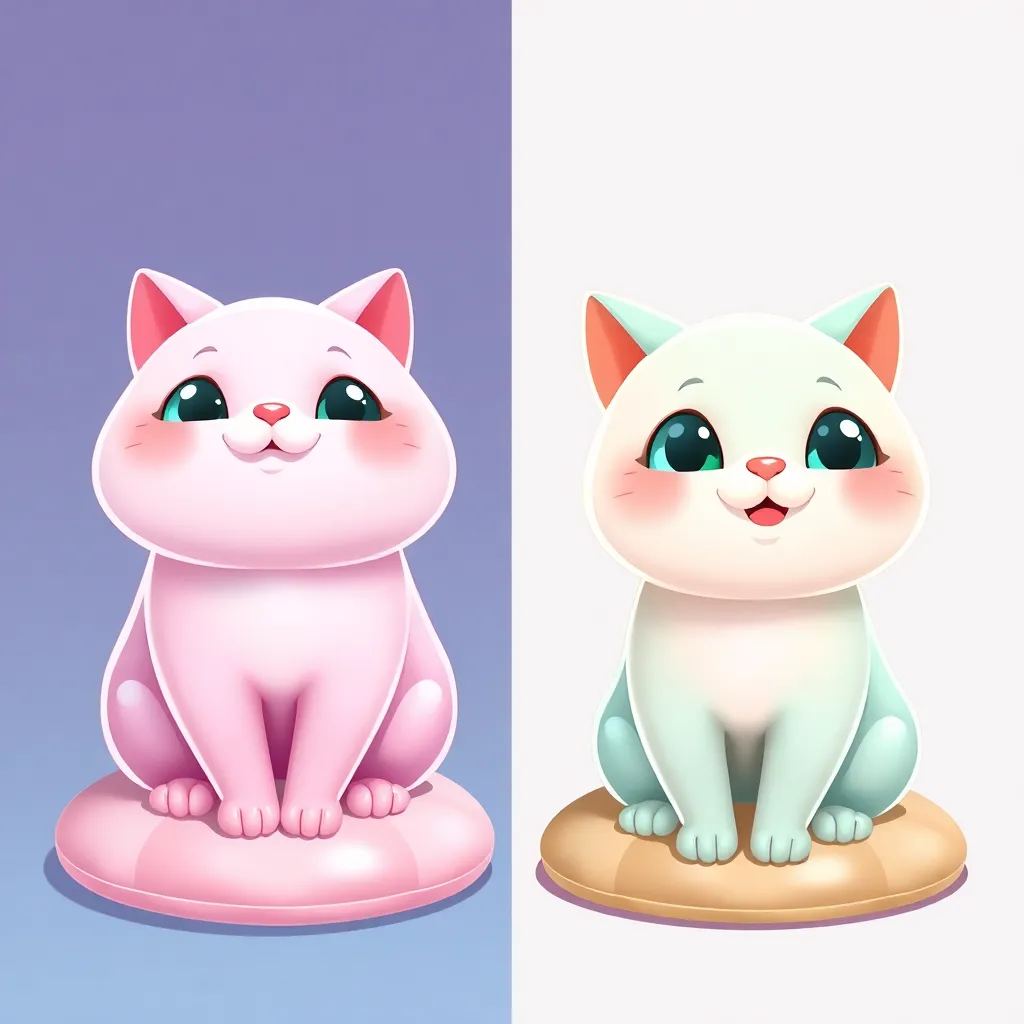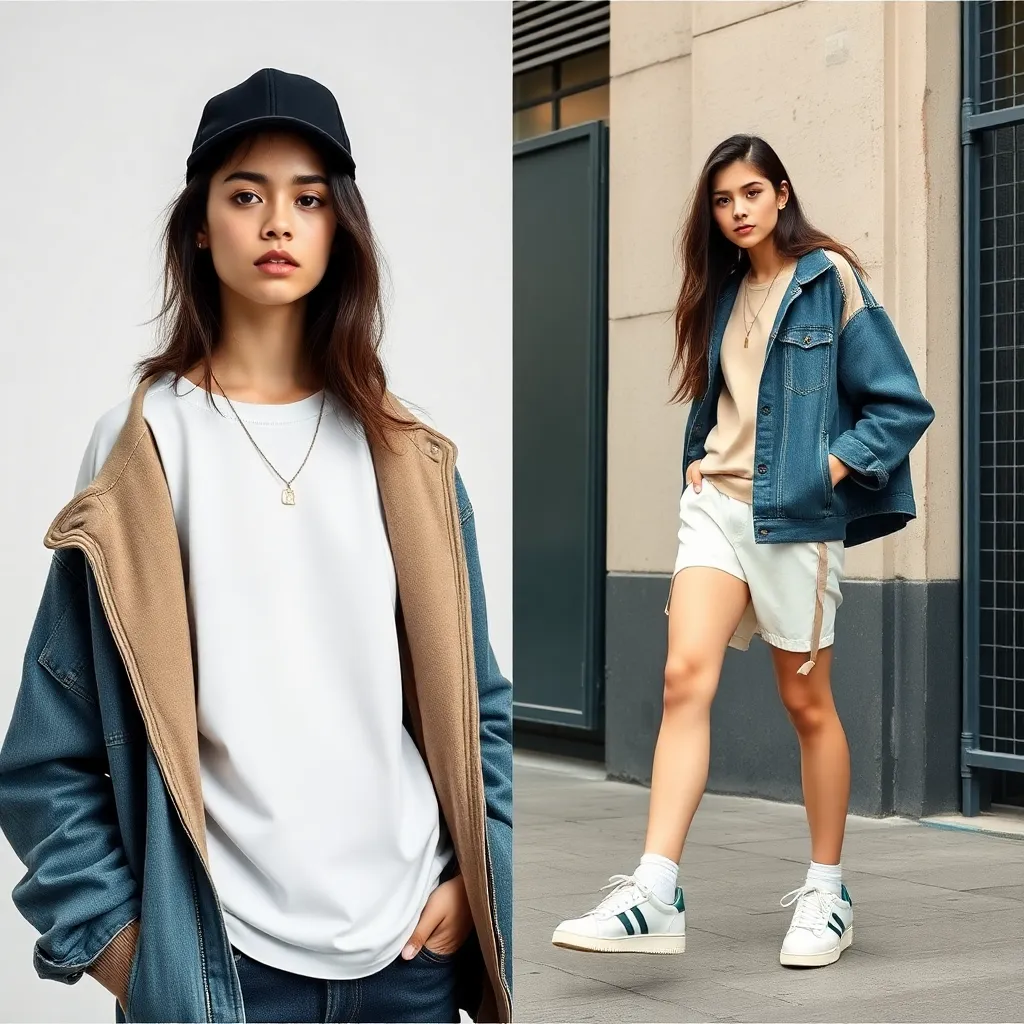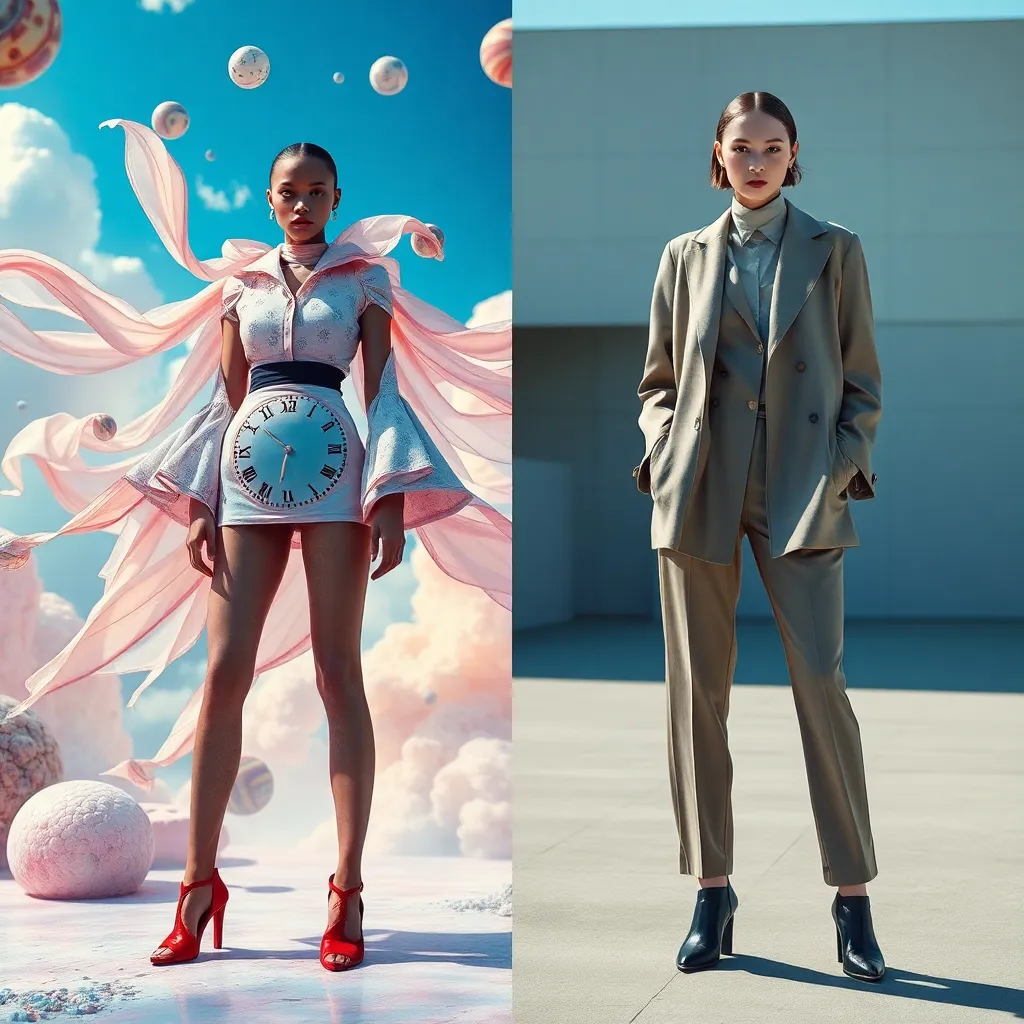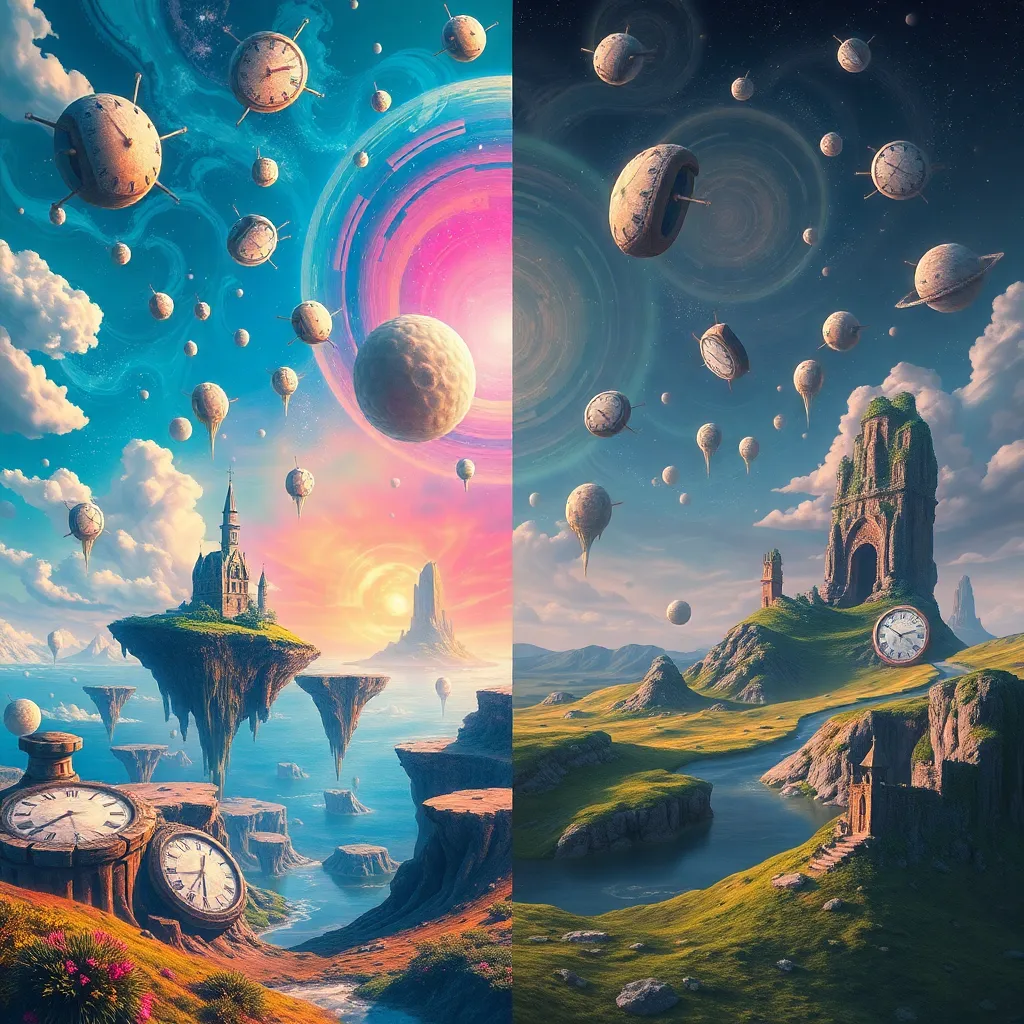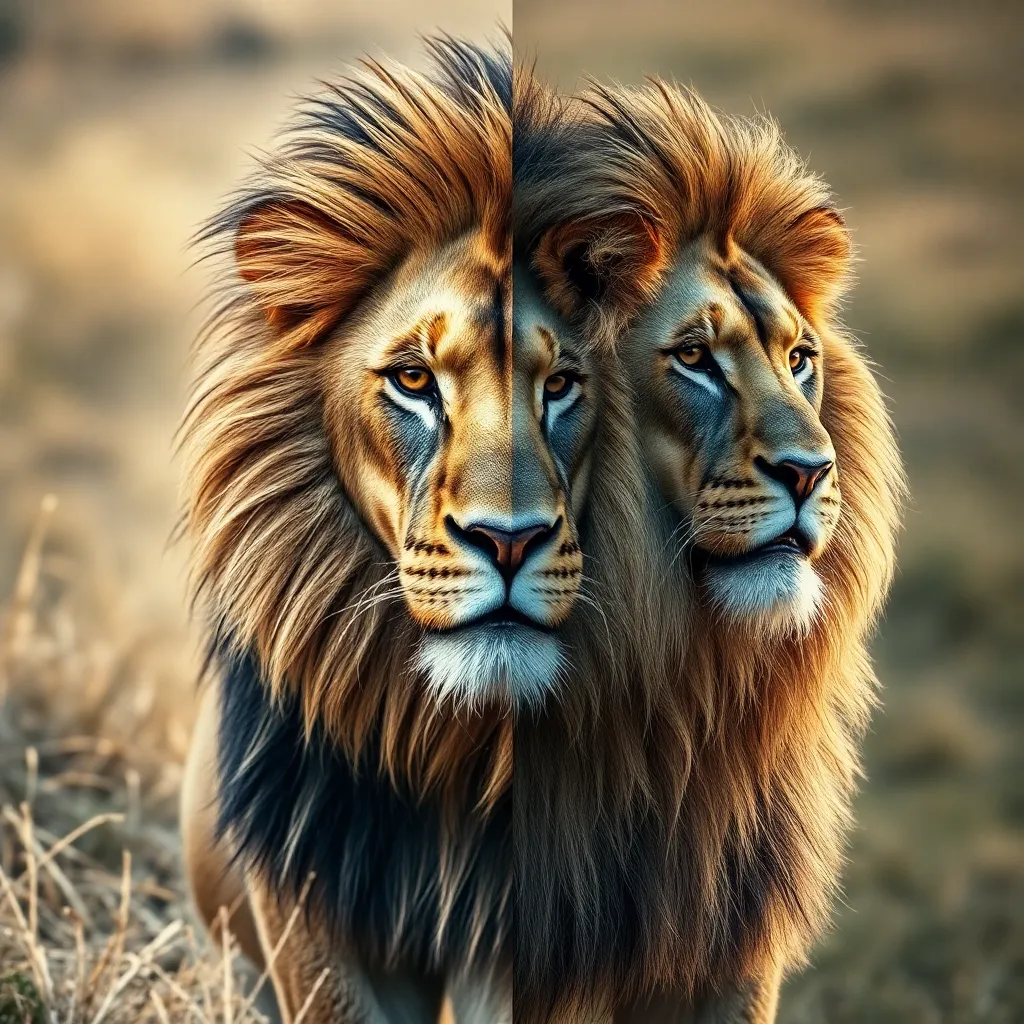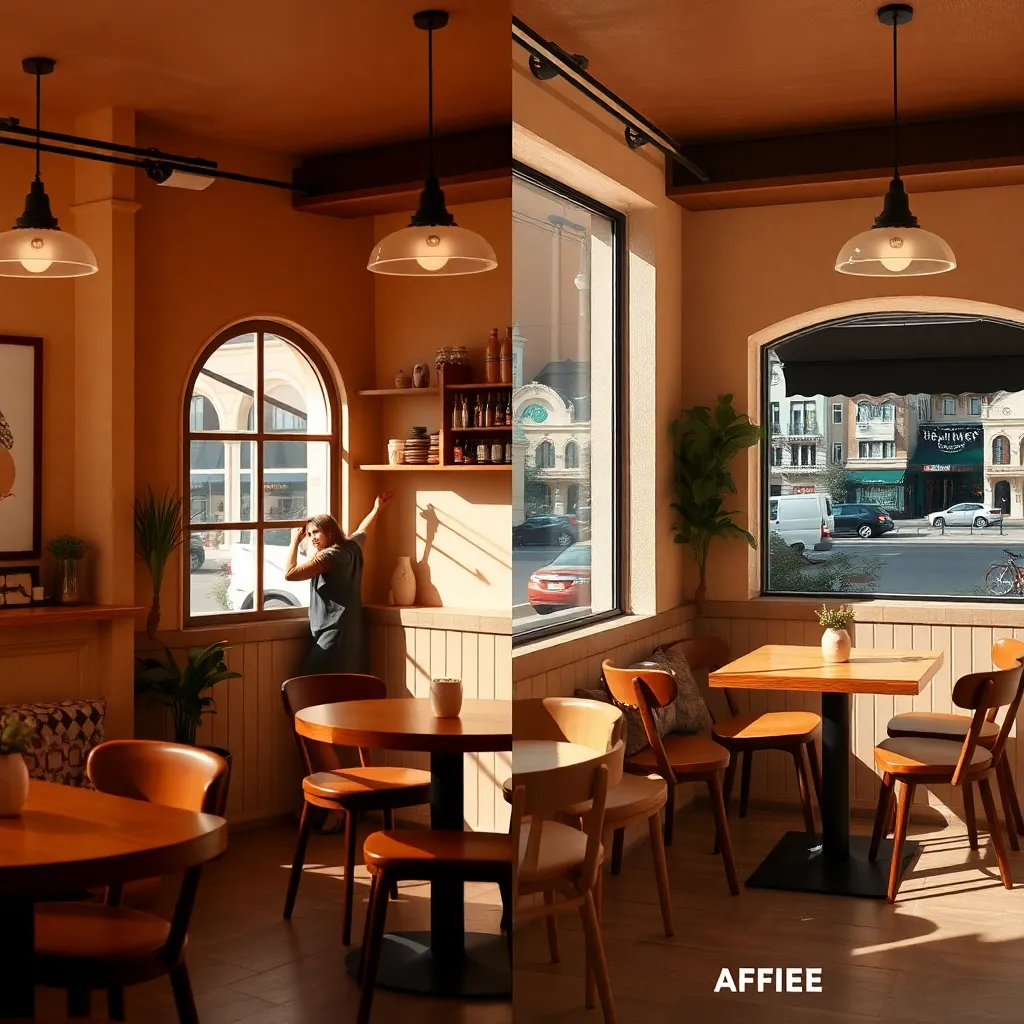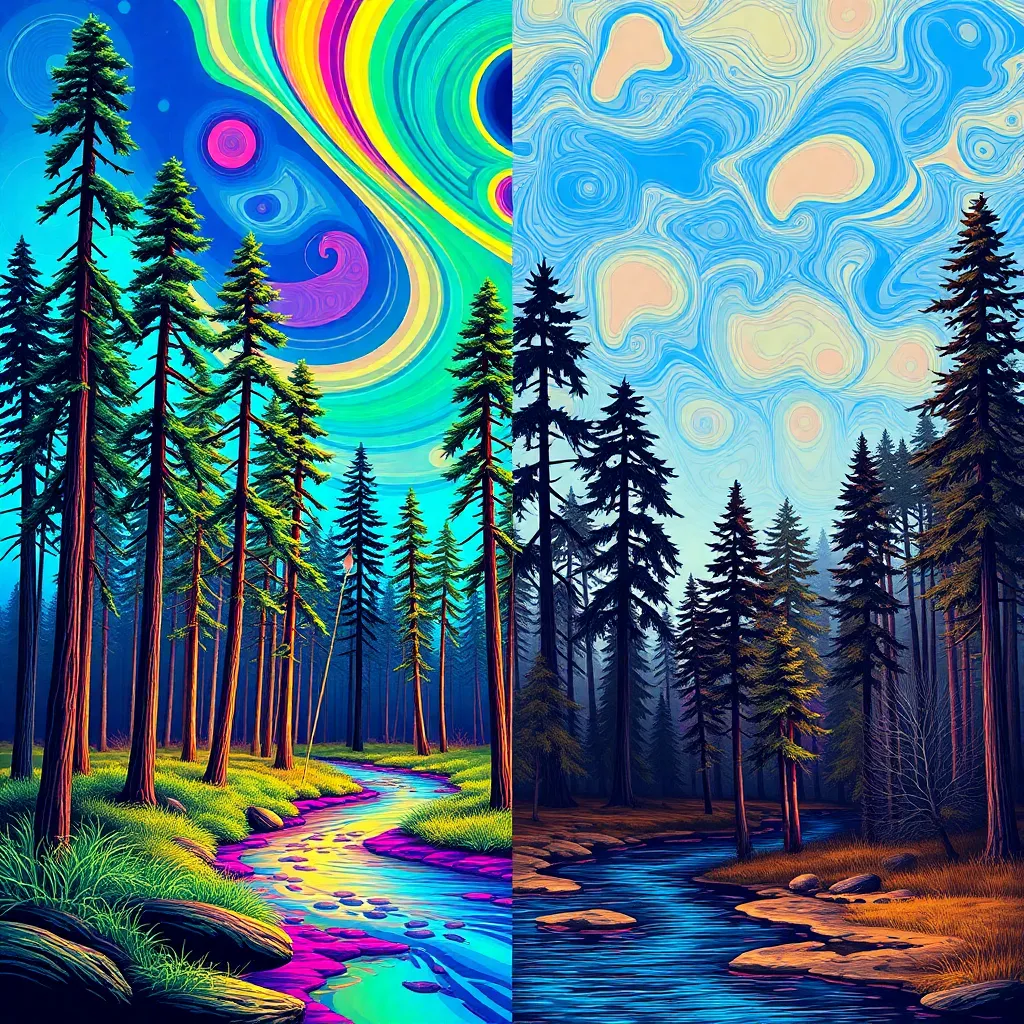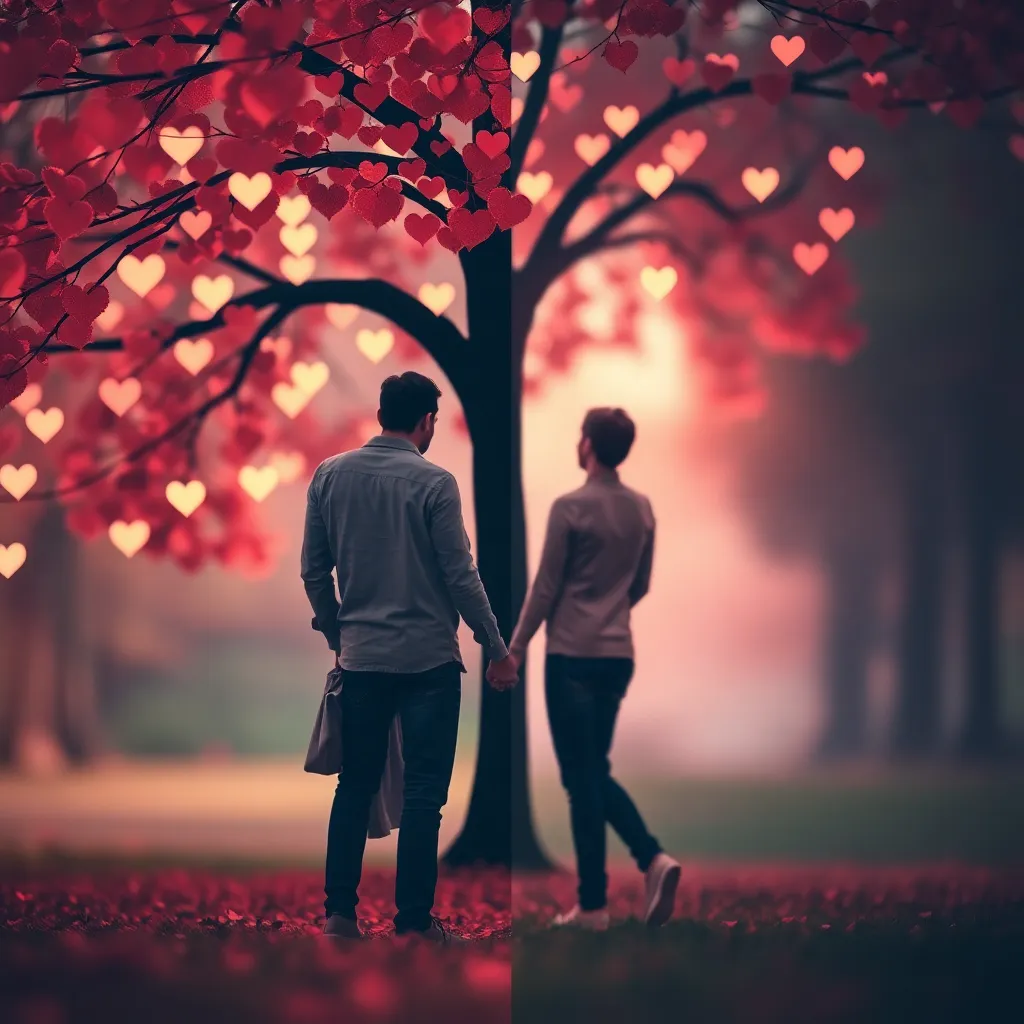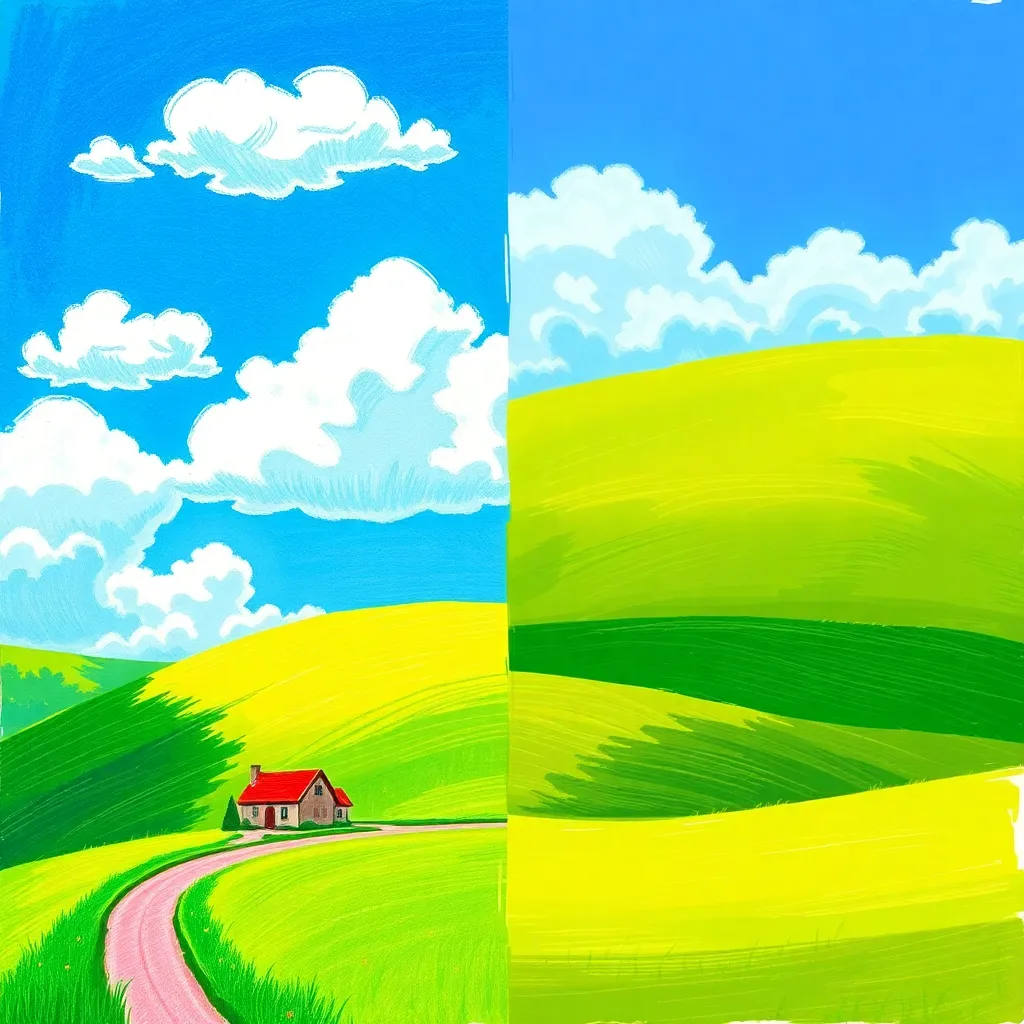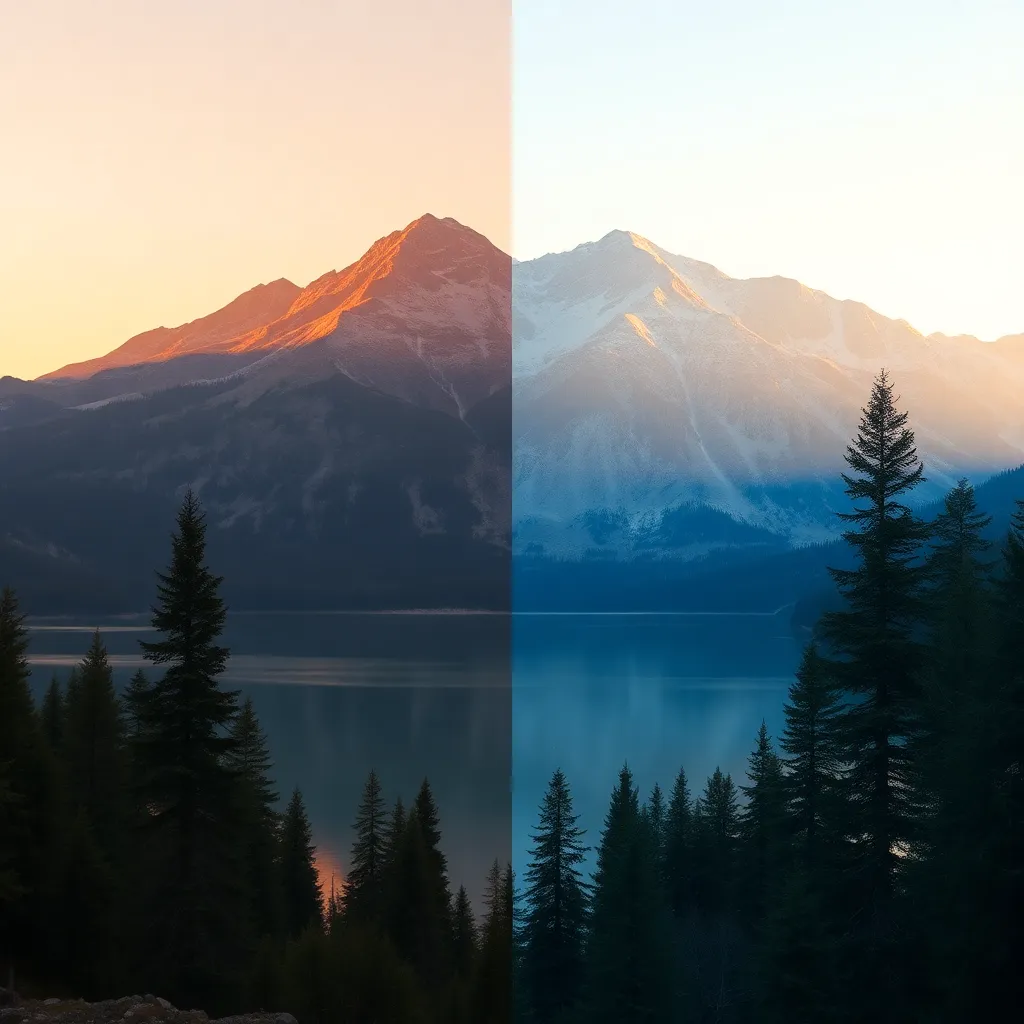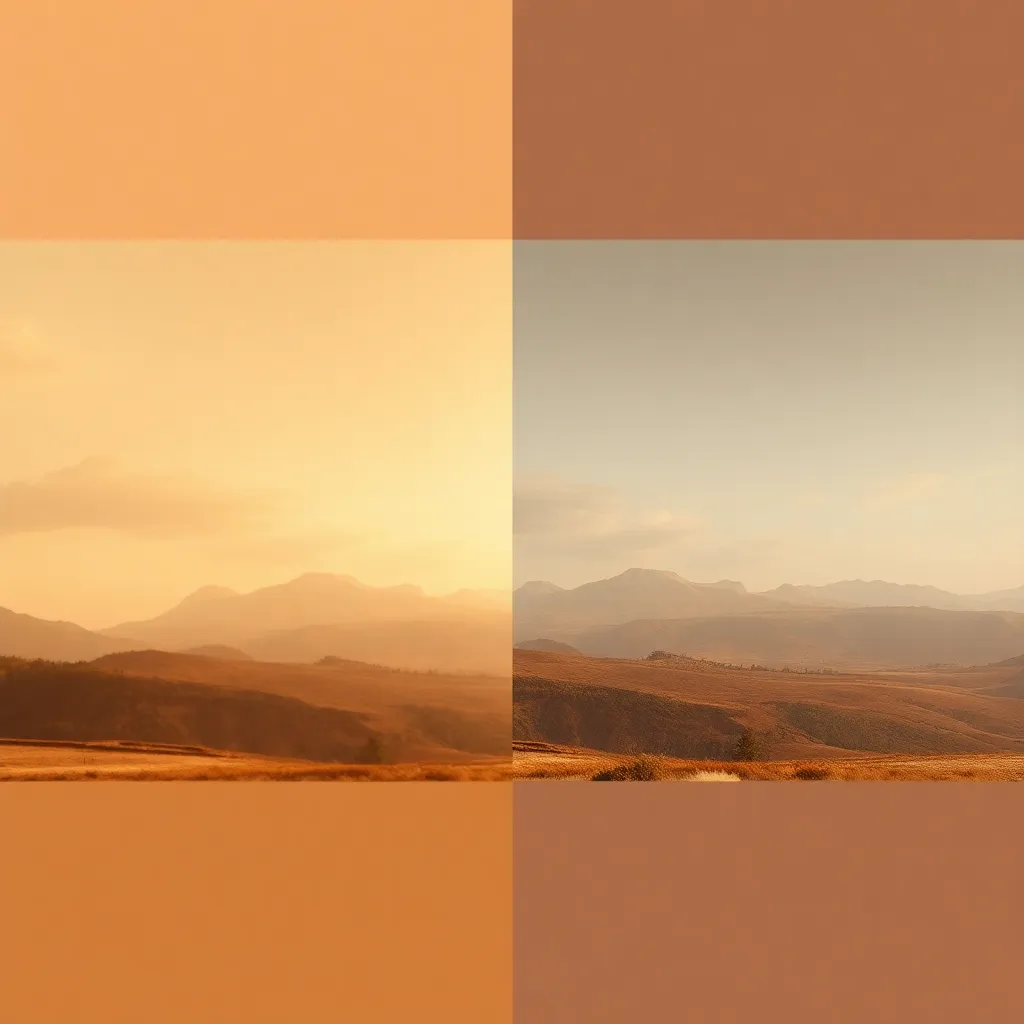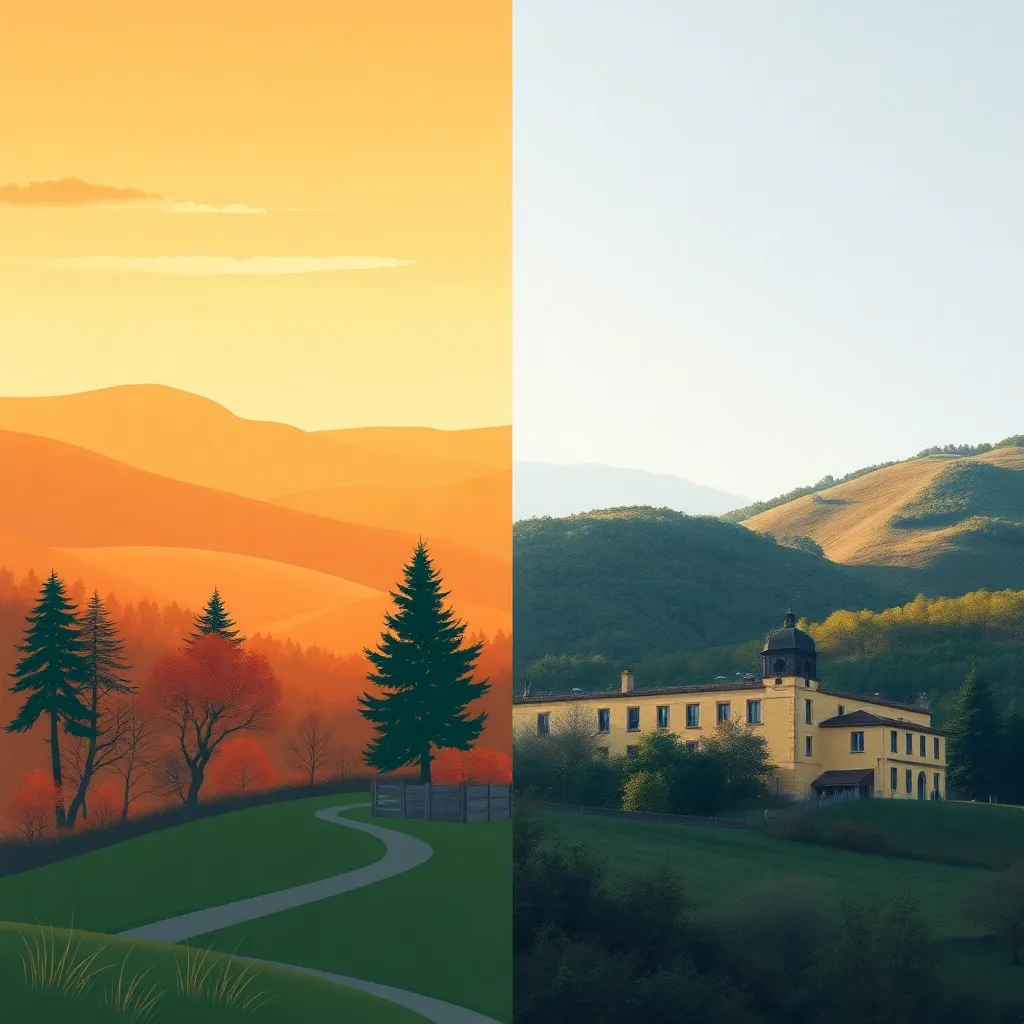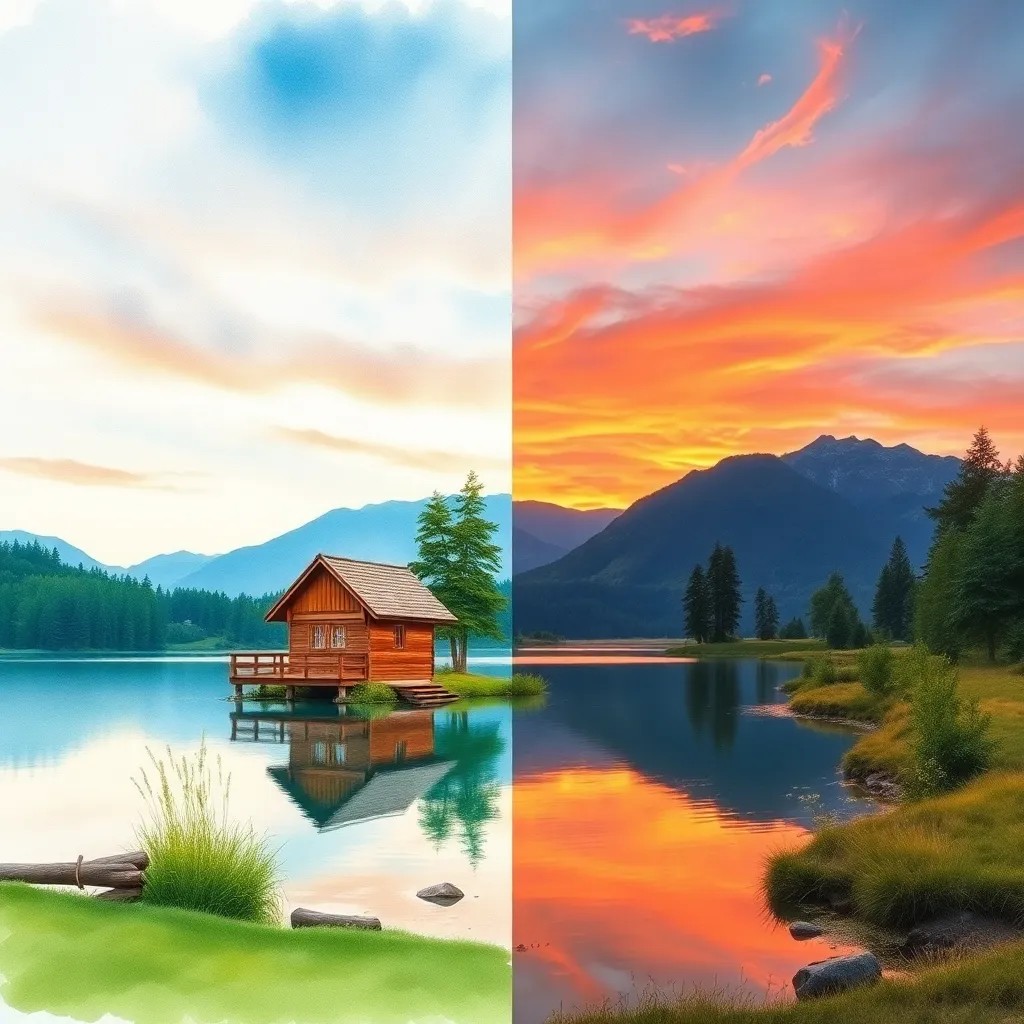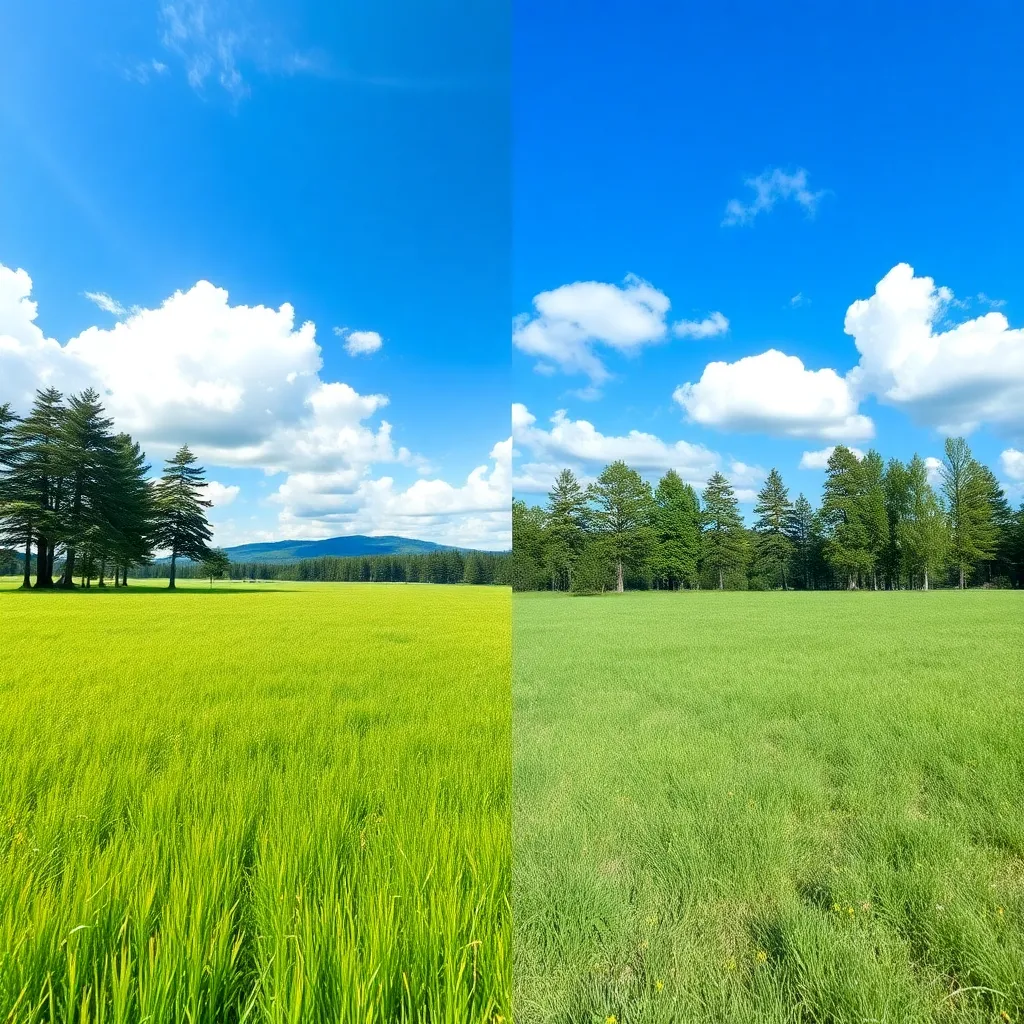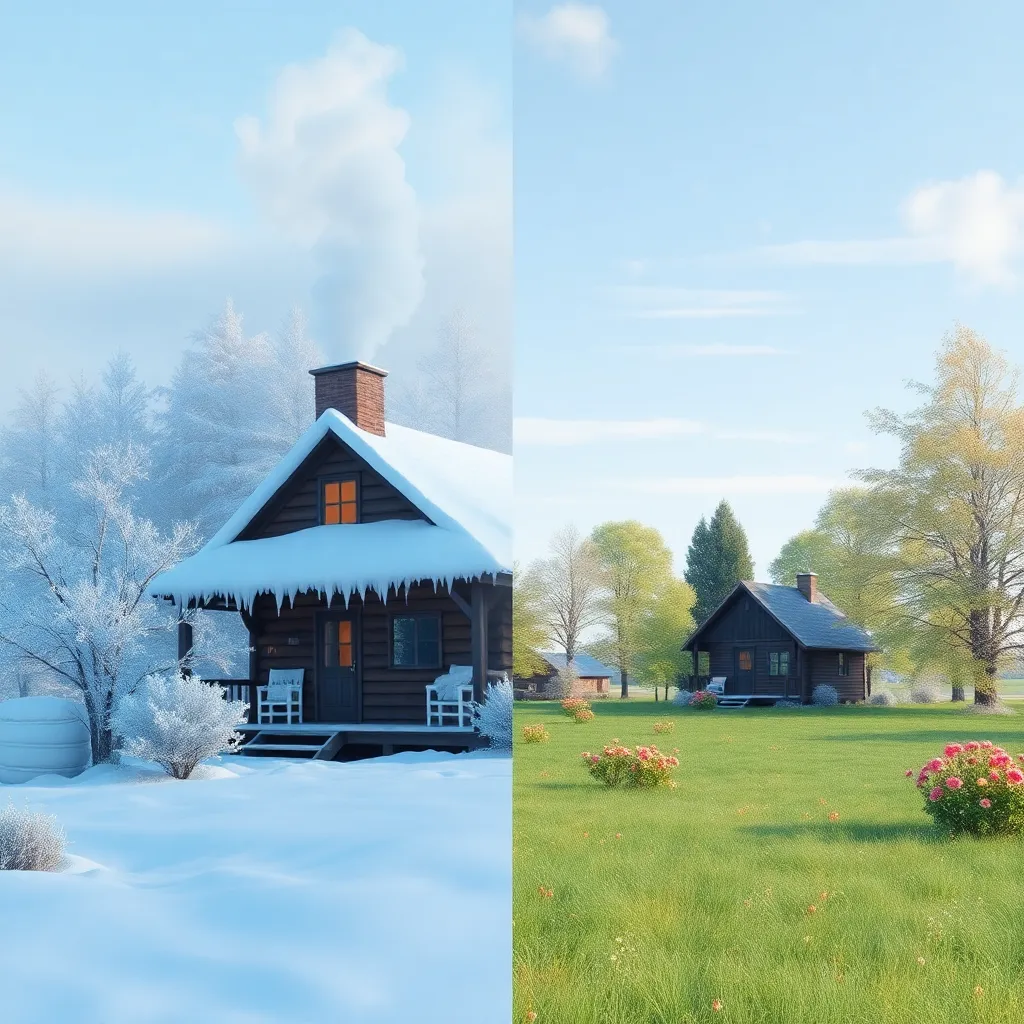What is Oil Painting Style? Description and History
Oil Painting Style in photography and digital art is an effect that transforms ordinary images into striking artworks reminiscent of traditional oil paintings. This effect mimics the hallmarks of classic oil on canvas: visible, textured brush strokes; rich, deep color palettes; carefully rendered highlights and shadows; and a tactile sense of depth. The result is a photo that looks as if it were painted by a master artist.
Oil painting as a medium dates back to the early 15th century and became the dominant technique in European art, celebrated for its versatility and capacity to convey depth, realism, and emotion. Artists like Leonardo da Vinci, Rembrandt, and Van Gogh used oil paints to create some of history’s most enduring masterpieces. Today, the Oil Painting Style effect allows anyone to channel this timeless aesthetic, blending centuries-old artistry with modern photography or digital illustration.
With advances in AI and digital editing tools, recreating the oil painting look is more accessible than ever. Tools can now replicate not just the look, but also the feel—bringing tactile artistry to digital images.
Who Uses Oil Painting Style?
Oil Painting Style is embraced by a wide range of creatives and professionals:
- Fine Art Photographers: To elevate portraits and landscapes into gallery-worthy pieces.
- Families & Individuals: For unique, heirloom-quality portraits and keepsakes.
- Pet Owners: To immortalize beloved pets in a classical, artistic format.
- Interior Designers: For bespoke wall art in homes and offices.
- Educators & Historians: To create visually striking historical recreations.
- Children’s Book Authors & Illustrators: For imaginative, whimsical illustrations.
- Social Media Creators: Seeking standout, artistic posts.
- Businesses: For branding, marketing materials, and décor that convey sophistication.
Anyone who wants their images to stand out with an artistic, timeless touch finds value in the Oil Painting Style effect.
How Does Oil Painting Style Enhance Photos?
Oil Painting Style elevates photos in several distinct ways:
- Texture and Depth: By simulating brush strokes and layered paint, this effect adds a tangible depth and texture to flat images, making them more engaging and visually interesting.
- Richness of Color: The effect uses deep, vibrant hues, often with subtle blending and shading, to create photos that pop with intensity and warmth.
- Emotional Resonance: The painterly quality evokes nostalgia, romance, and artistry, connecting viewers with the emotional power of classic art.
- Softened Details: Oil painting often smooths and blends edges, which can flatter subjects in portraits, imparting a timeless and gentle quality.
- Unique Artistic Flair: Every photo treated with this effect becomes a one-of-a-kind piece, standing apart from standard photography and digital art.
By merging traditional art techniques with modern imagery, Oil Painting Style transforms simple snapshots into expressive, memorable works of art.
Use Cases for Oil Painting Style
Portrait Art for Personal or Family Keepsakes
Transforming personal or family portraits into oil painting style creates cherished keepsakes with a touch of old-world elegance. The effect highlights facial features, softens imperfections, and adds a richness that feels both luxurious and sentimental—perfect for wall art or gifts.
Landscape Art for Home or Office Décor
Landscapes take on new depth and color in oil painting style, making them ideal for home or office décor. The effect brings out the drama in skies, the lushness of greenery, and the play of light, turning everyday scenes into immersive, contemplative pieces.
Pet Portraits for Animal Lovers
Pet portraits rendered in oil painting style capture the personality and warmth of beloved animals. The textured brushwork adds dimension to fur and eyes, resulting in a piece that celebrates the unique bond with pets in a classic, artful way.
Still Life Compositions for Classical Art Appeal
Still life photos—fruit bowls, floral arrangements, or beloved objects—gain a refined, gallery-worthy look with oil painting style. The effect emphasizes color, shadow, and composition, making even simple scenes feel elevated and timeless.
Historical Scene Recreations for Educational or Decorative Purposes
Recreate important moments from history or mythology with oil painting style to add drama, authenticity, and gravitas. These images are perfect for educational materials, museum displays, or striking wall art in themed spaces.
Fantasy or Imaginative Scenes for Creative Projects or Children’s Rooms
Oil painting style is ideal for bringing fantasy worlds to life. Whether illustrating a floating castle or a whimsical forest, the effect’s vibrant colors and magical light create captivating scenes that delight both children and adults.
Pro Tips and Conclusion
- Choose Subject Matter with Strong Shapes and Lighting: Oil painting style excels with clear forms and dramatic lighting, which enhance the illusion of brushwork and depth.
- Adjust Texture Intensity: Don’t overdo the effect—subtle brush strokes often look more authentic and less digital.
- Experiment with Color Grading: Classic oil paintings often feature rich, harmonious color palettes; adjust saturation and contrast for a more painterly feel.
- Print on Canvas: For maximum authenticity, print your finished artwork on canvas with a matte finish to mimic real oil paintings.
- Combine with Traditional Editing: Enhance your image with basic retouching—such as correcting exposure and color balance—before applying the oil painting effect for the best results.
Conclusion:
Oil Painting Style merges the timeless beauty of classical art with the convenience and creativity of modern photography. Whether you’re immortalizing loved ones, creating décor, celebrating your pets, or exploring imaginative worlds, this effect brings a sense of artistry and emotion to any image. With today’s tools, anyone can craft their own masterpiece—no brushes required.
